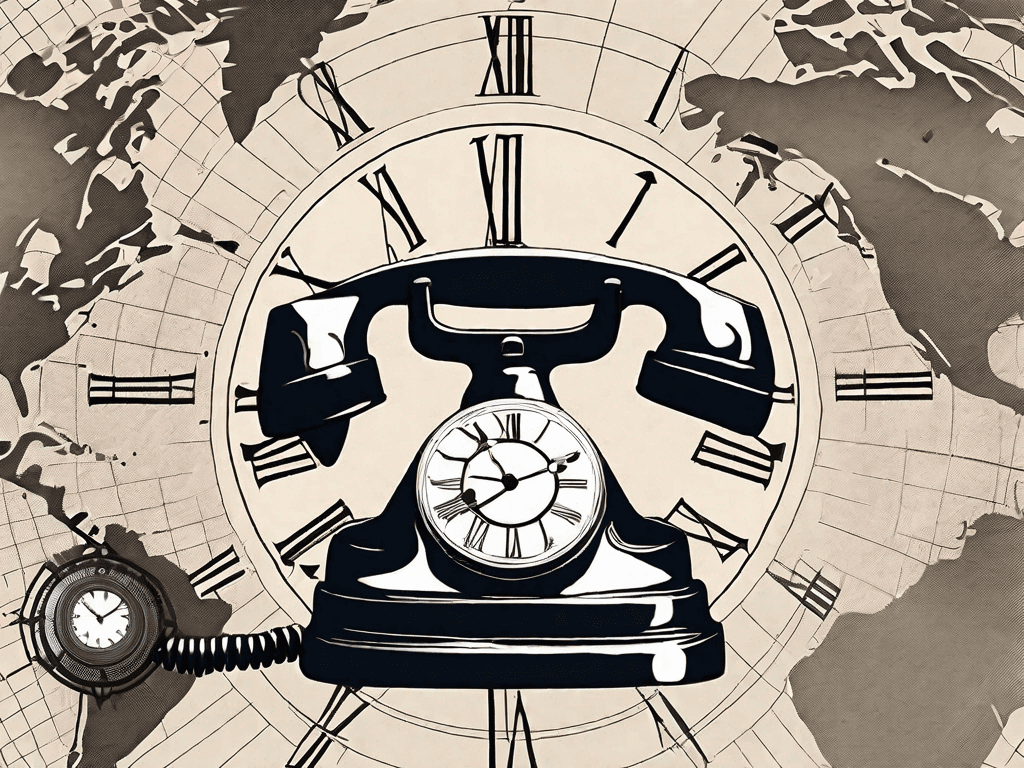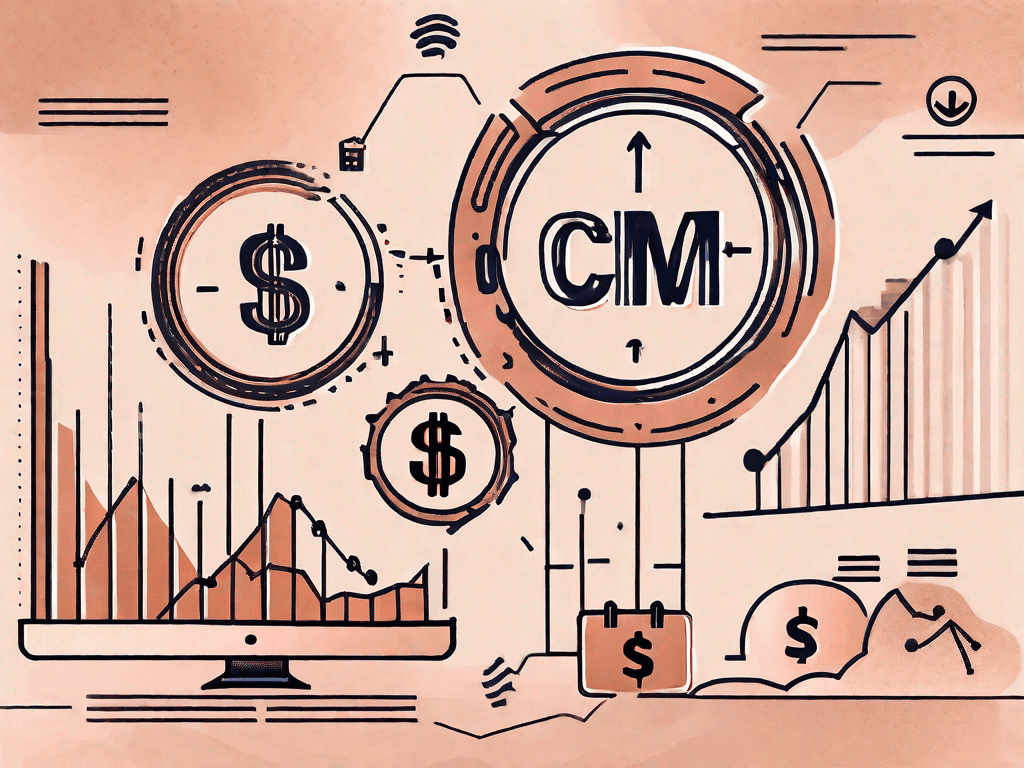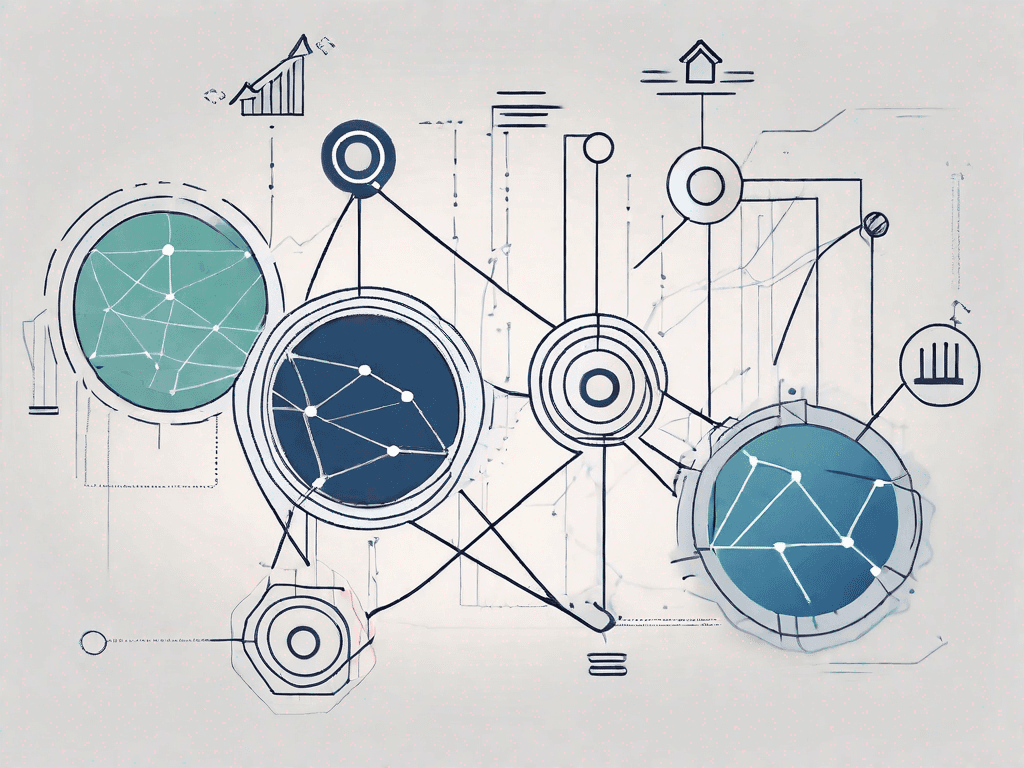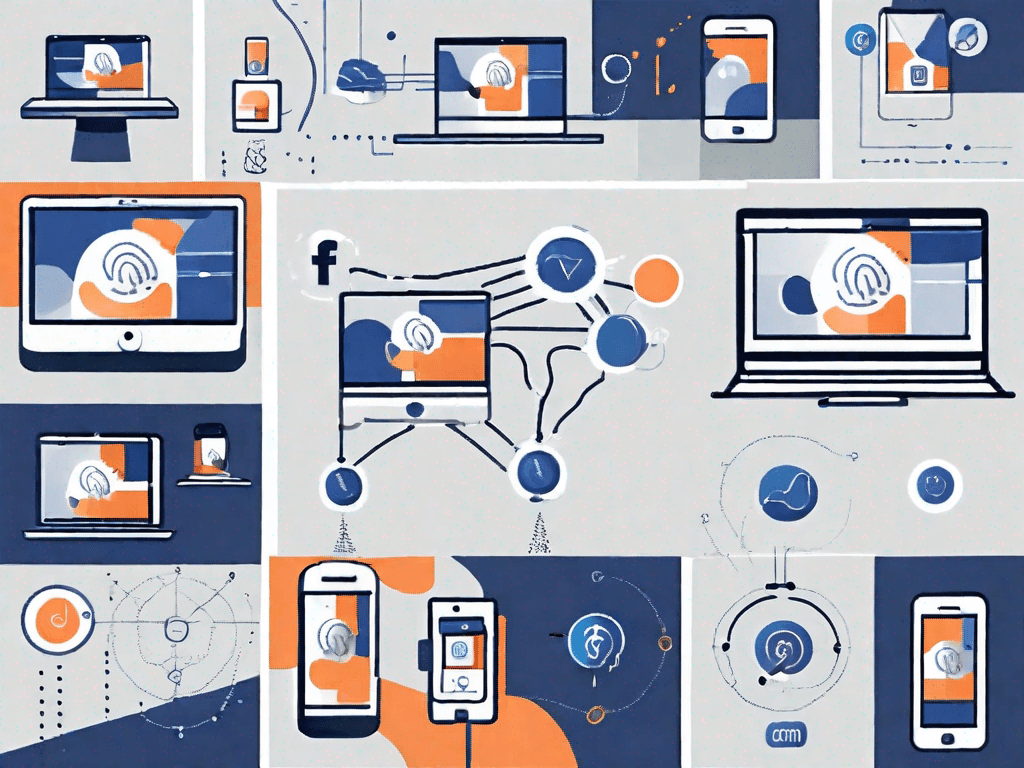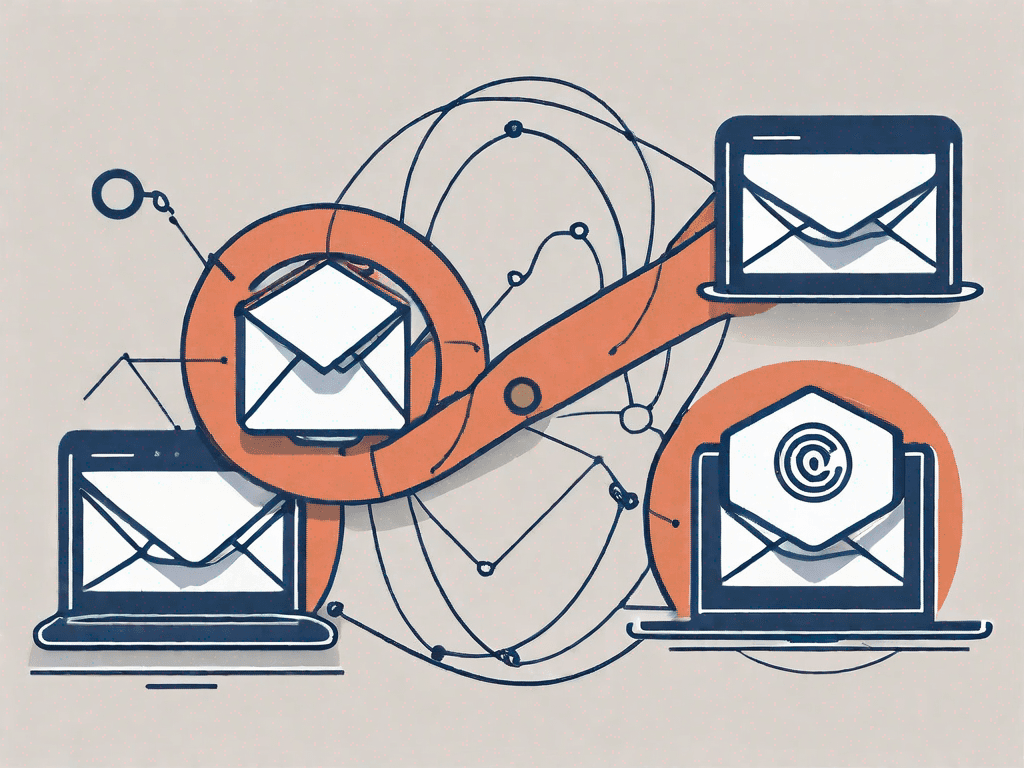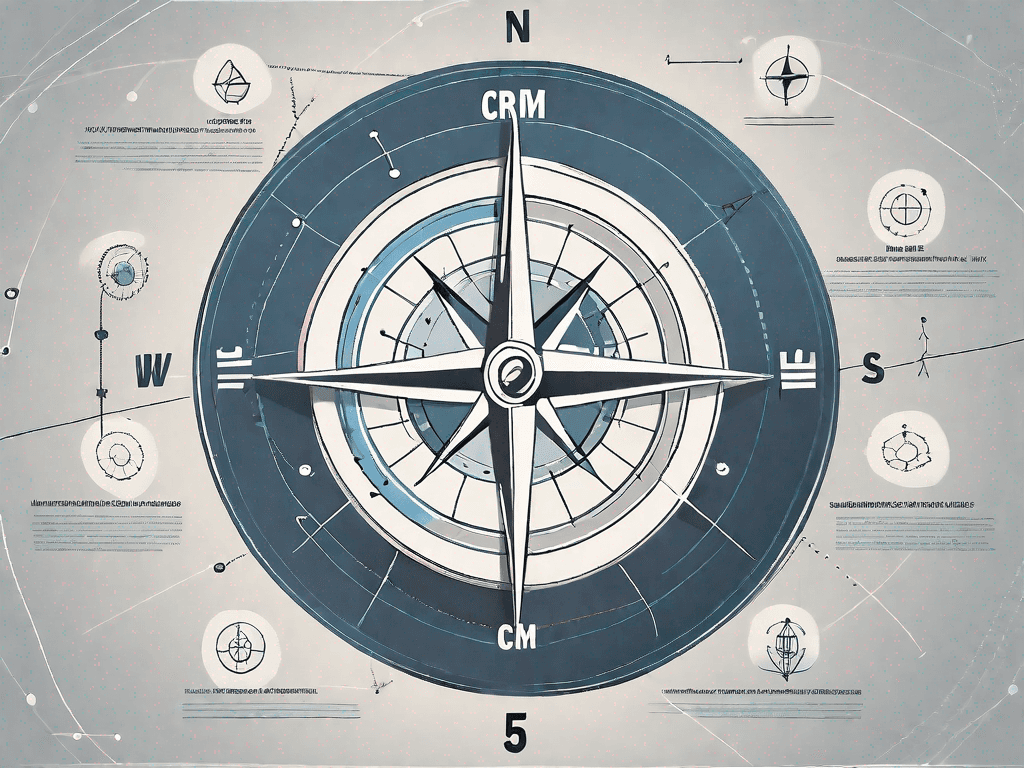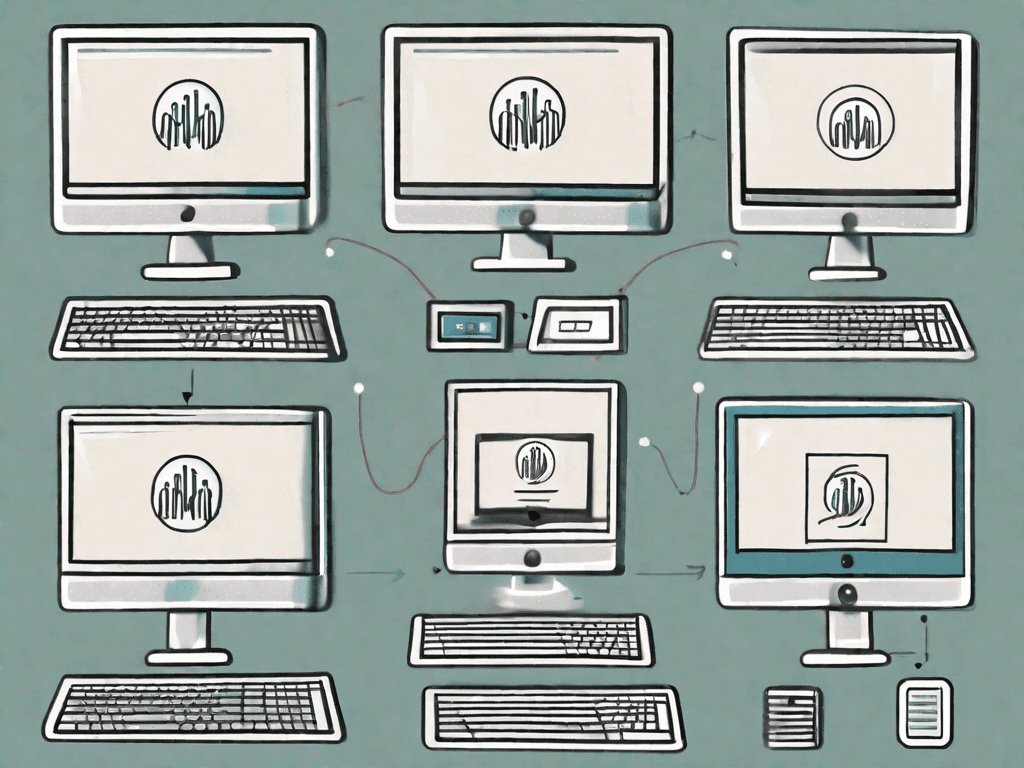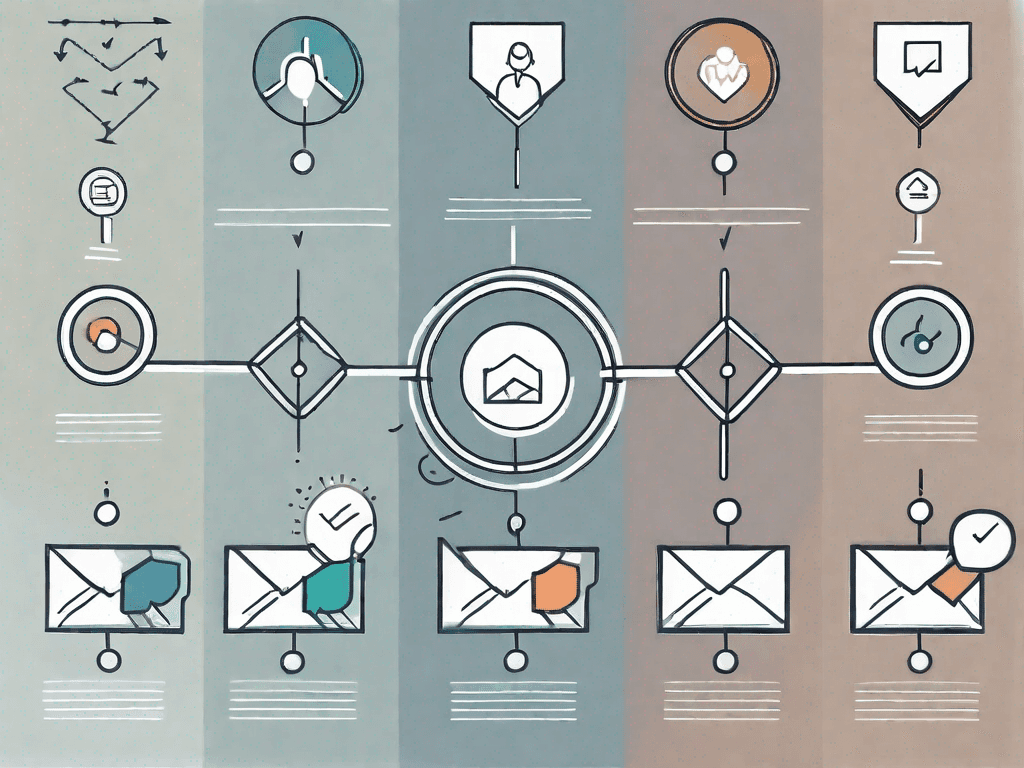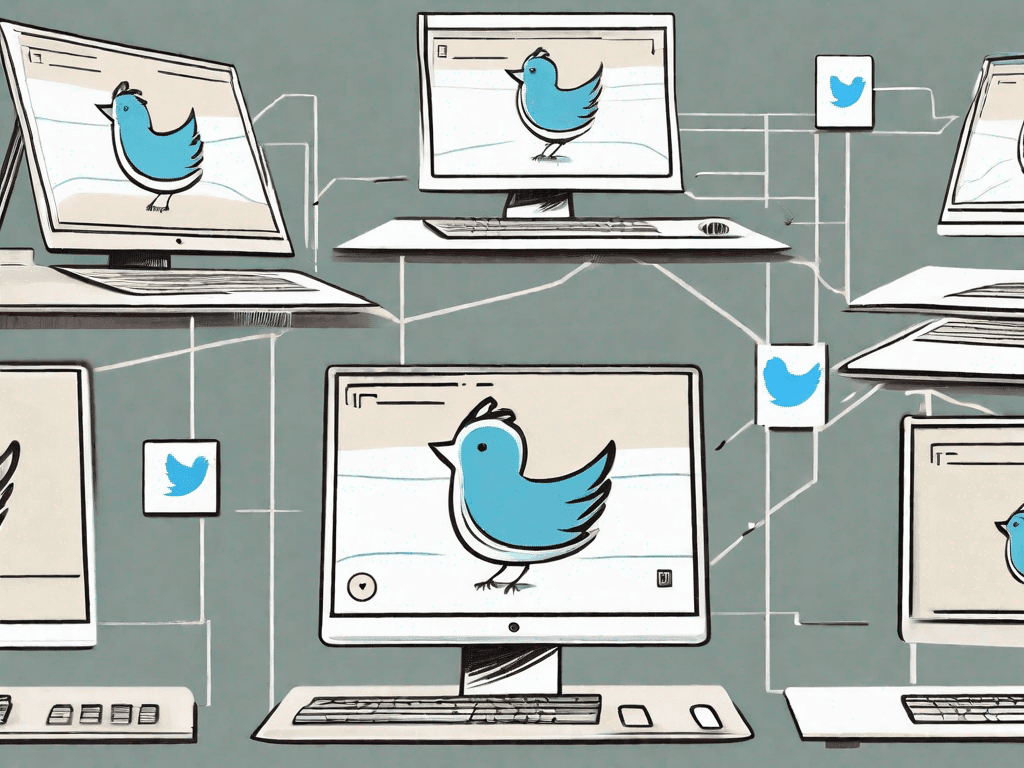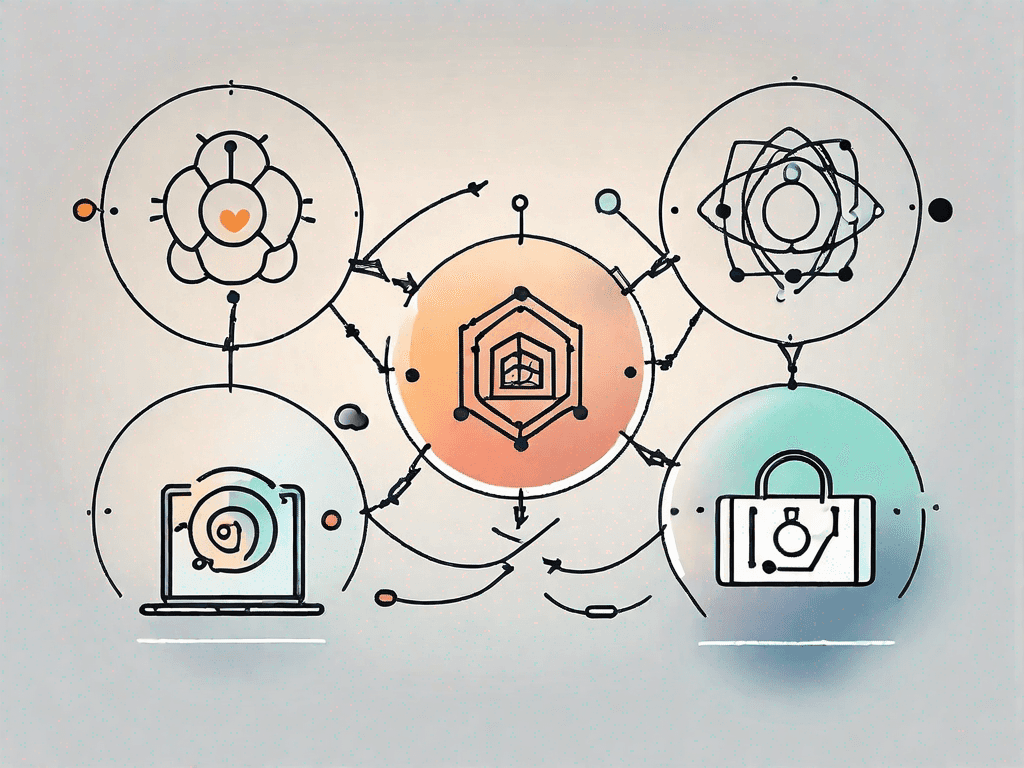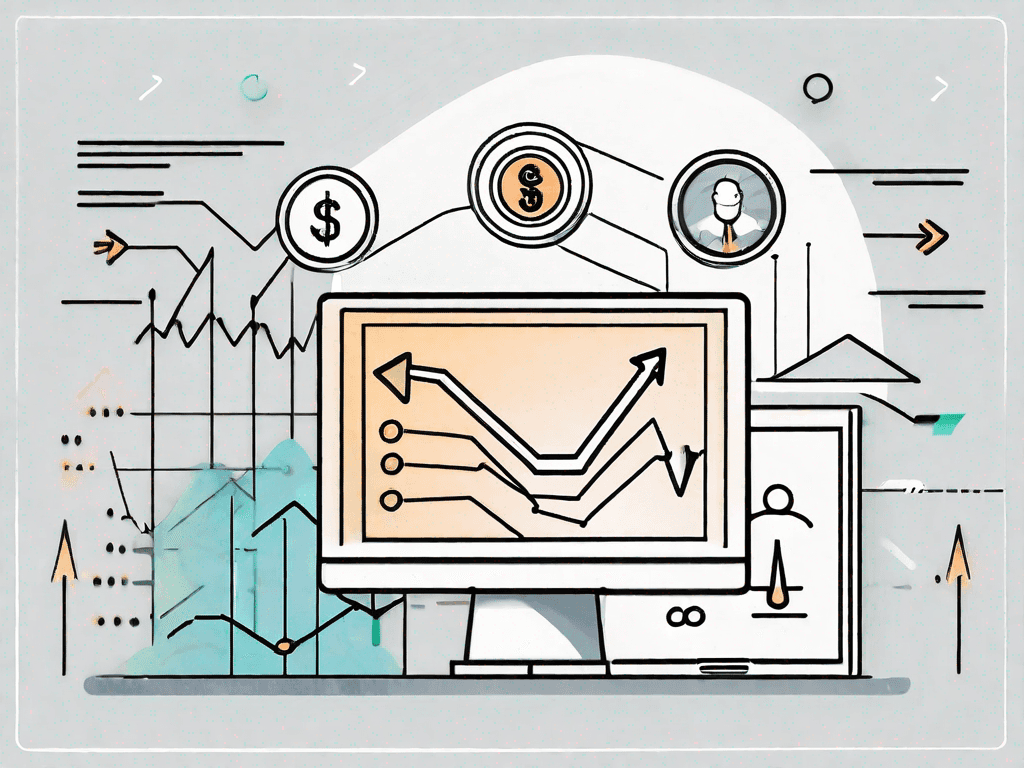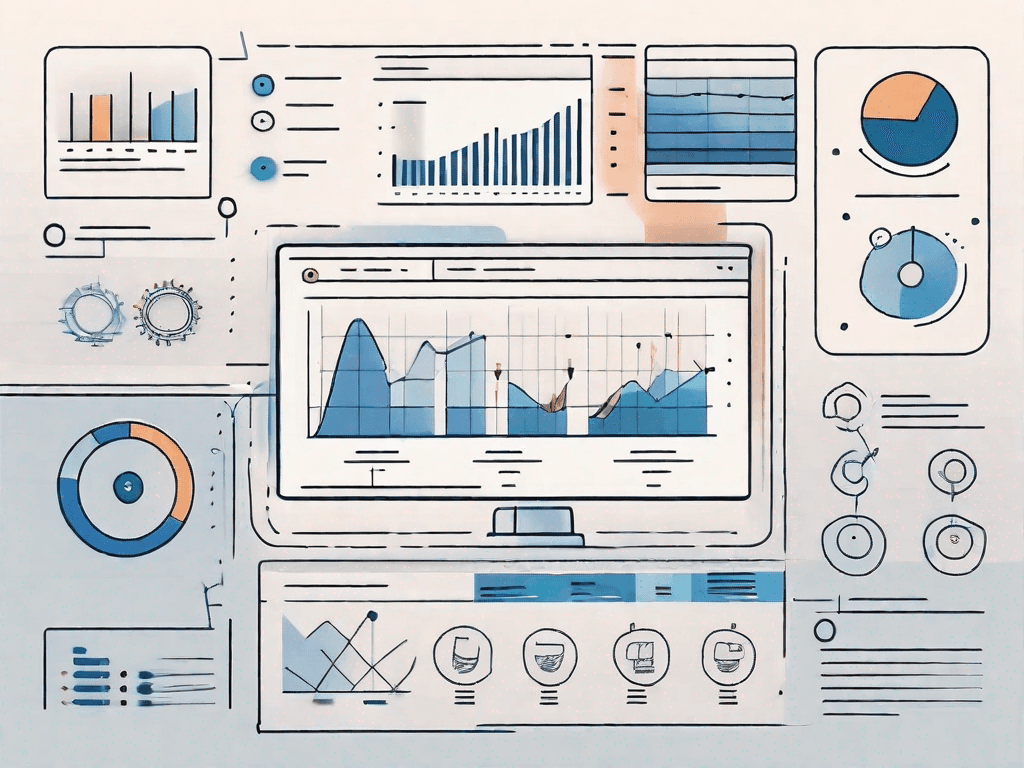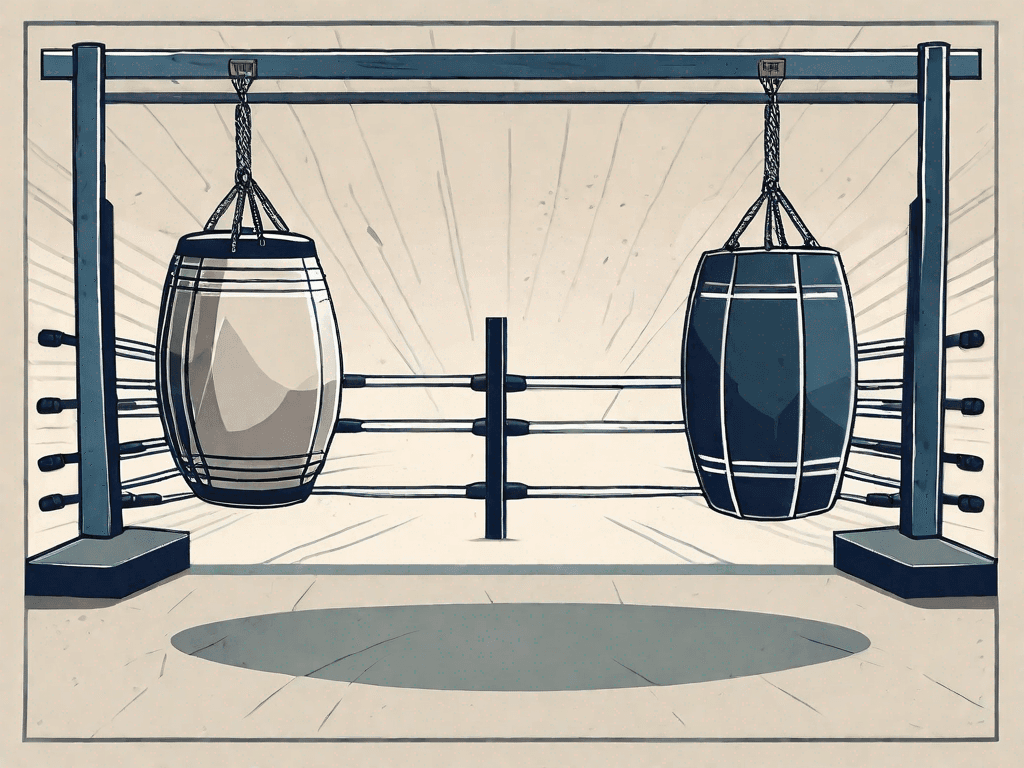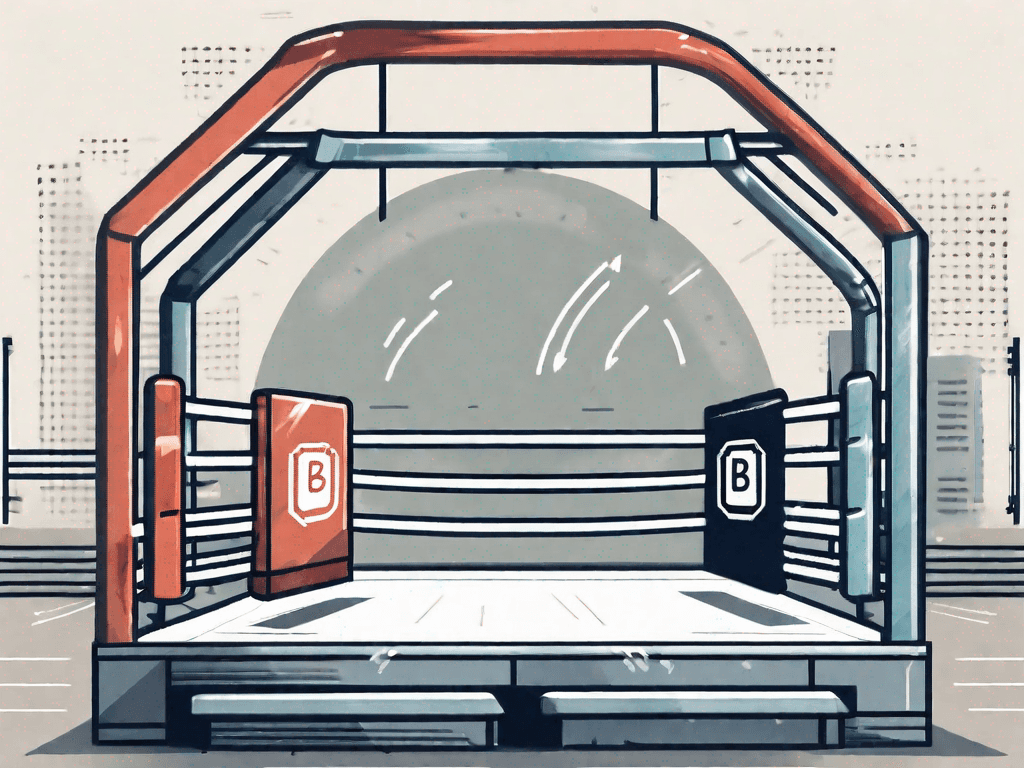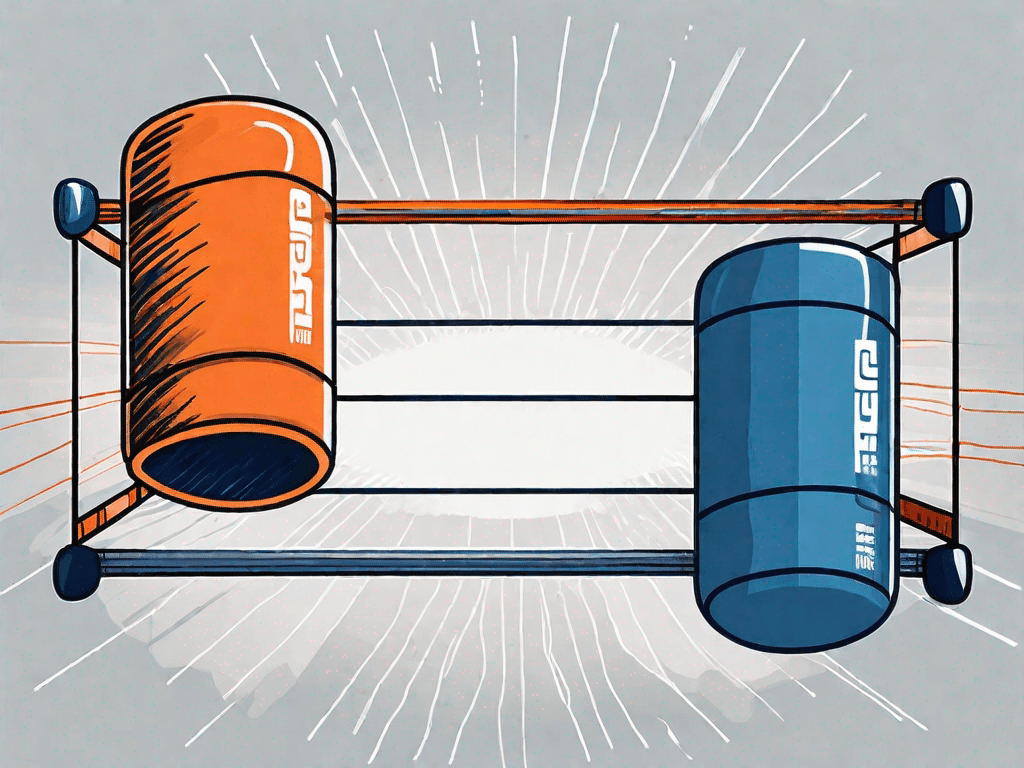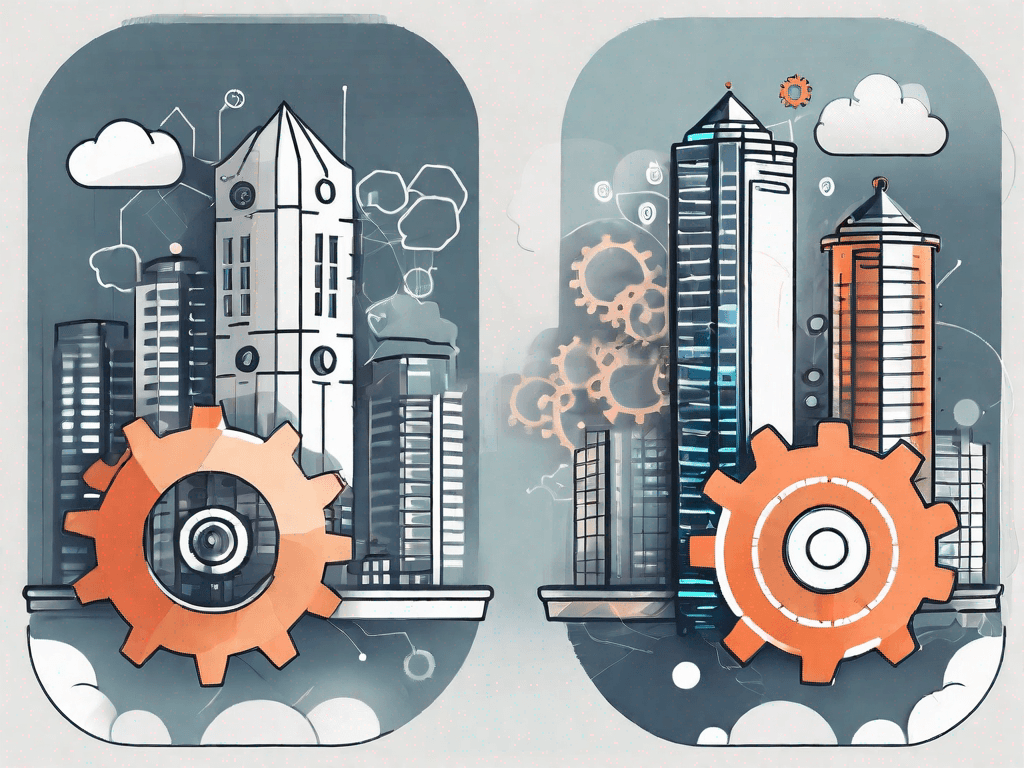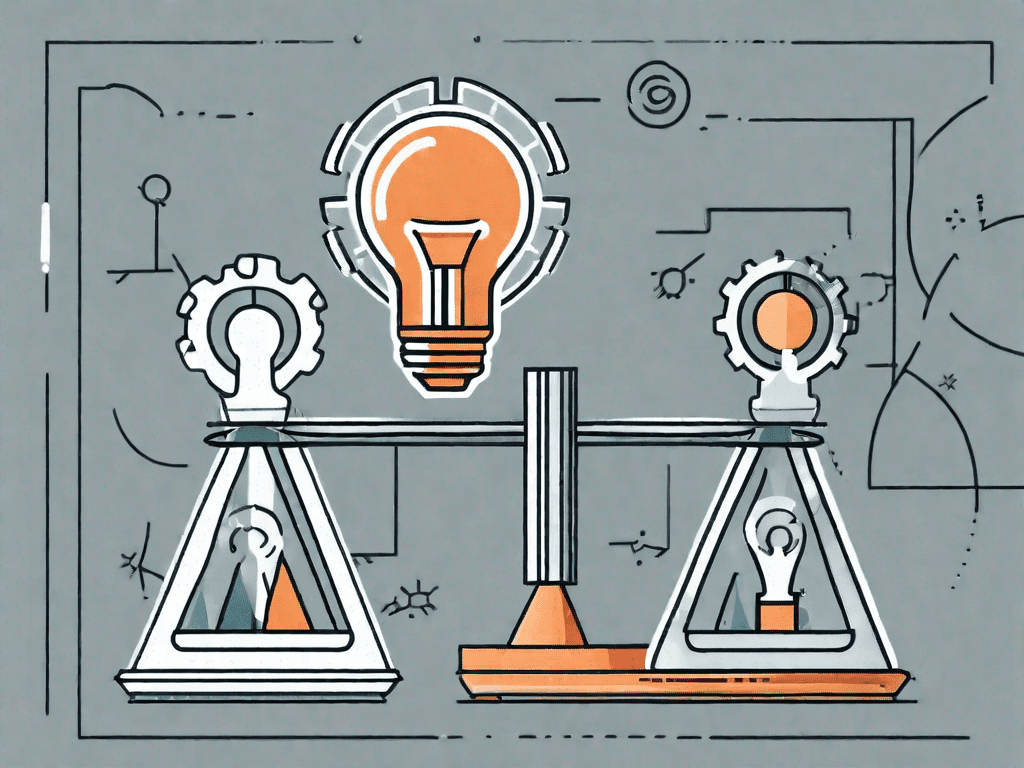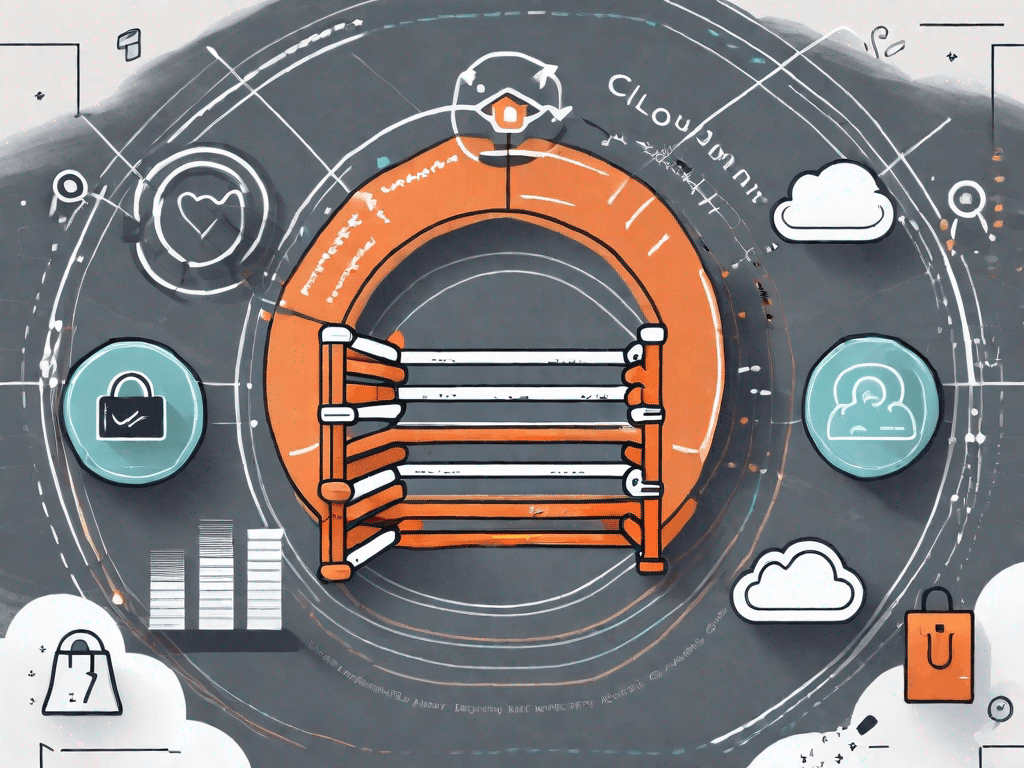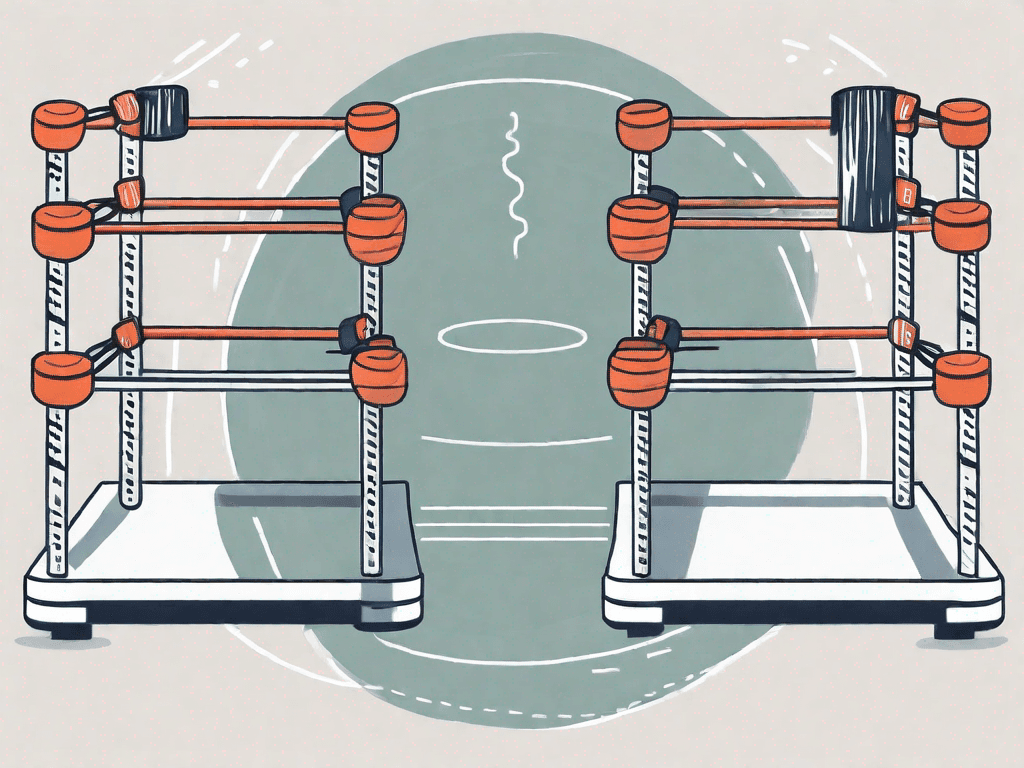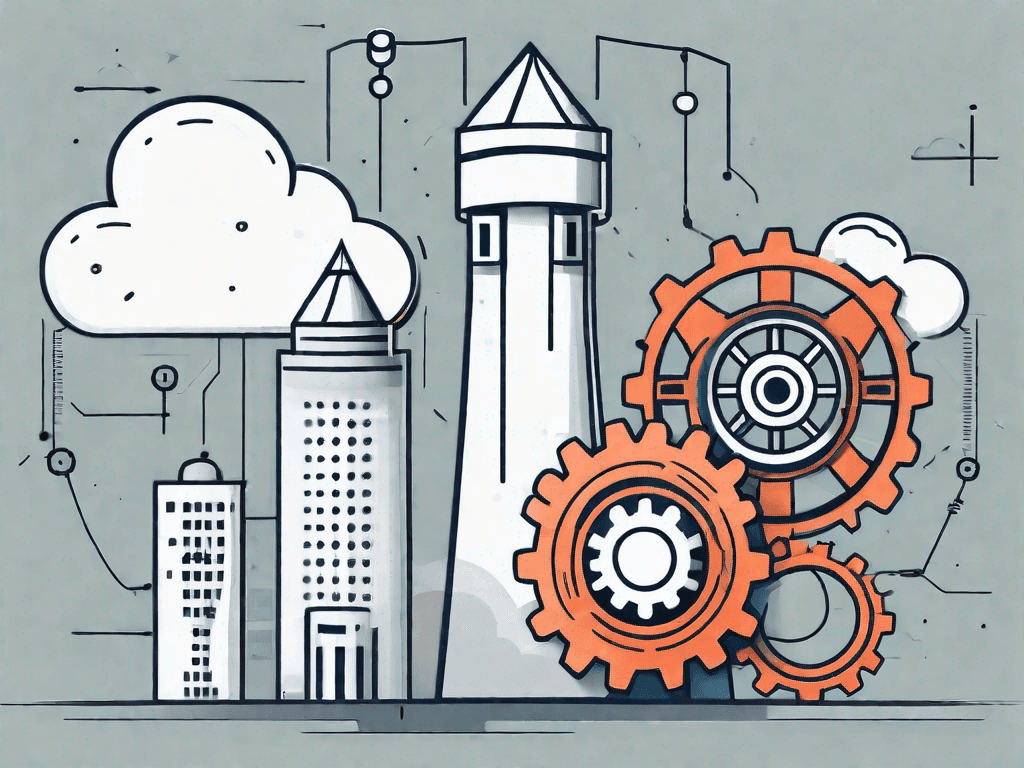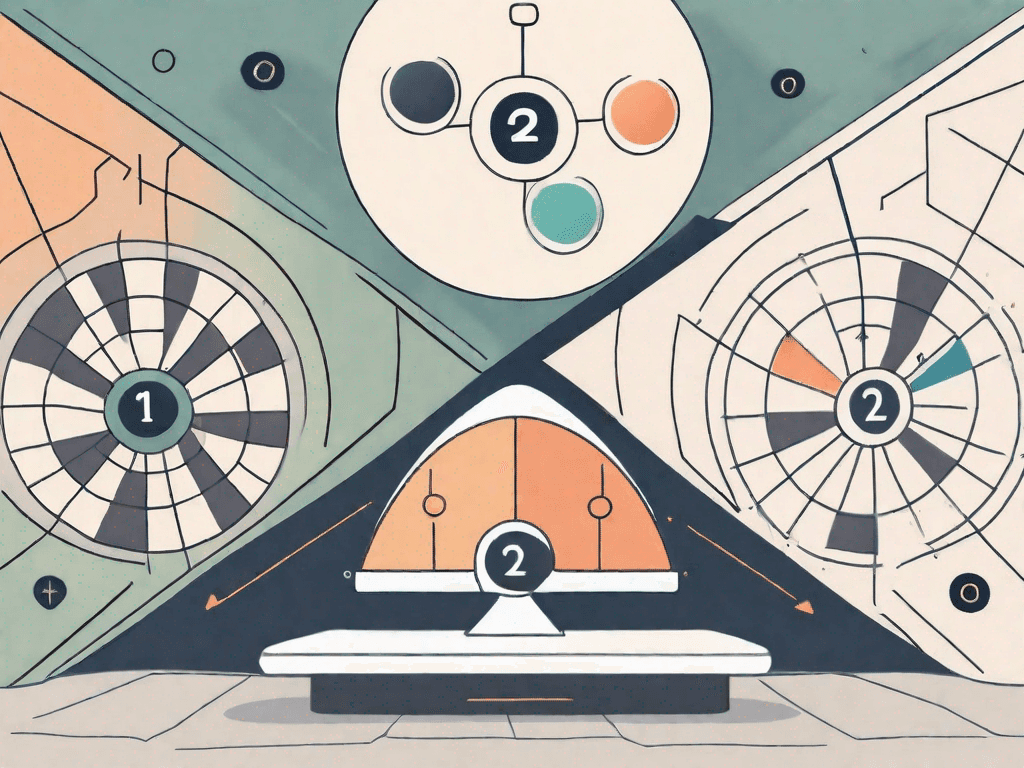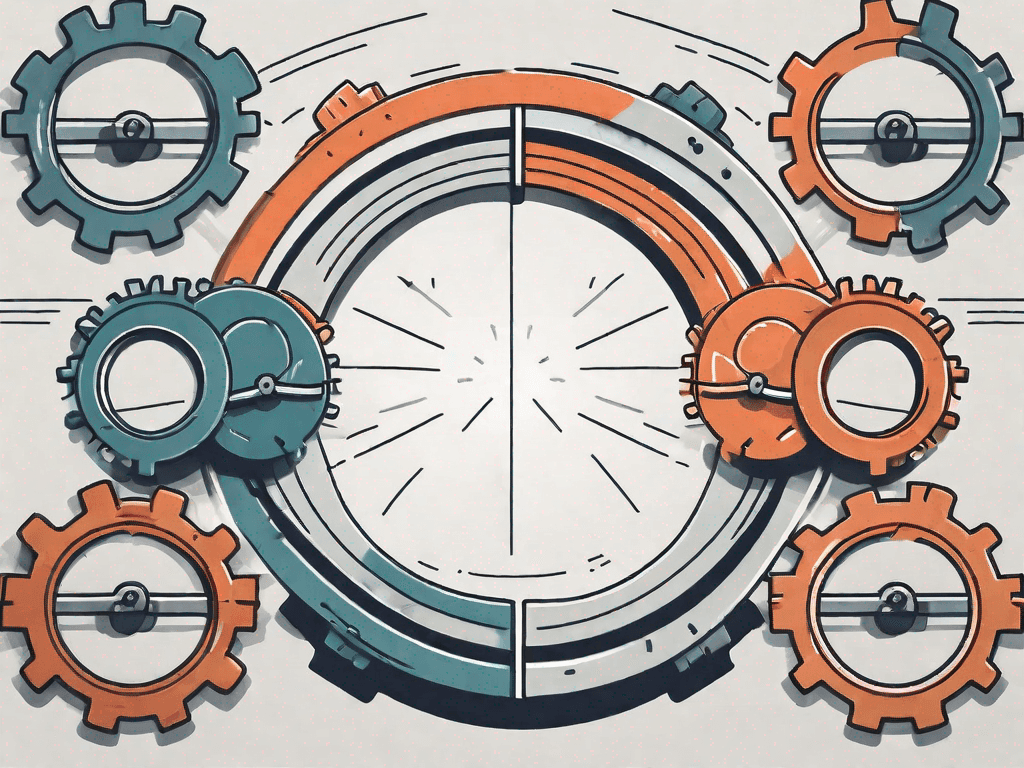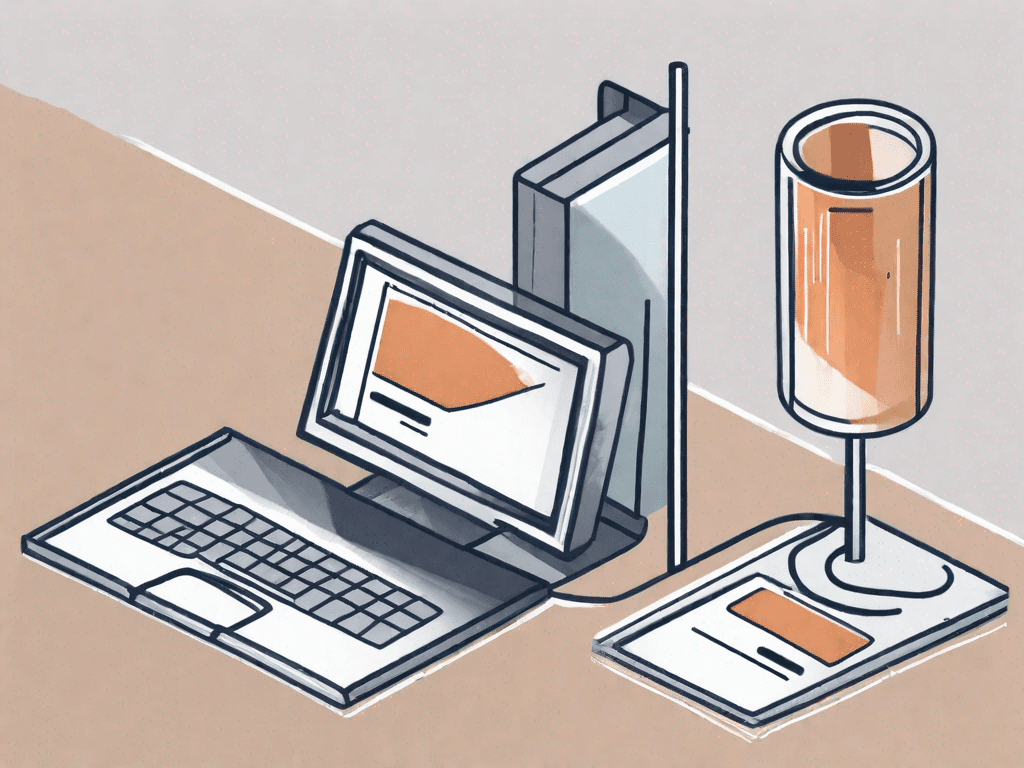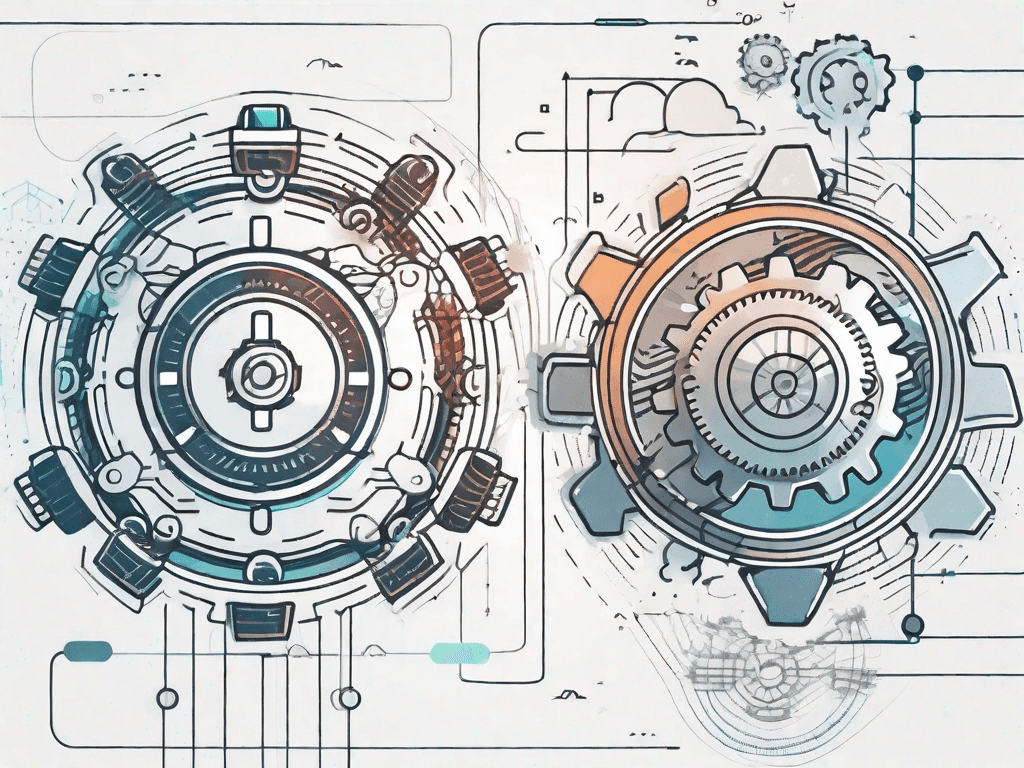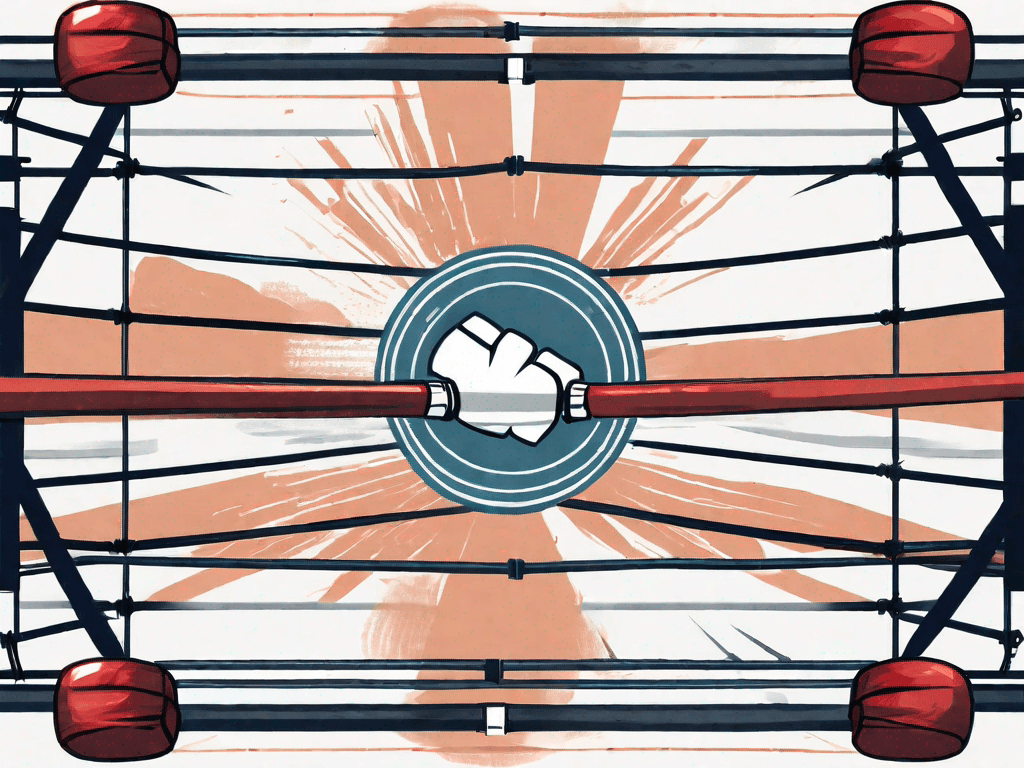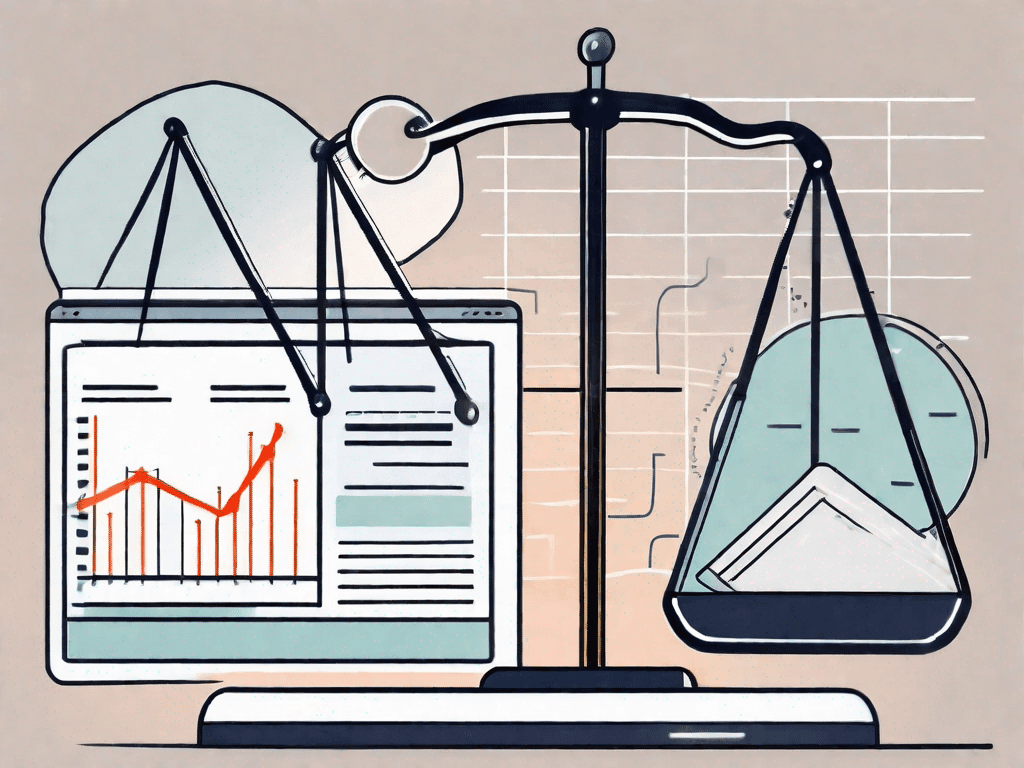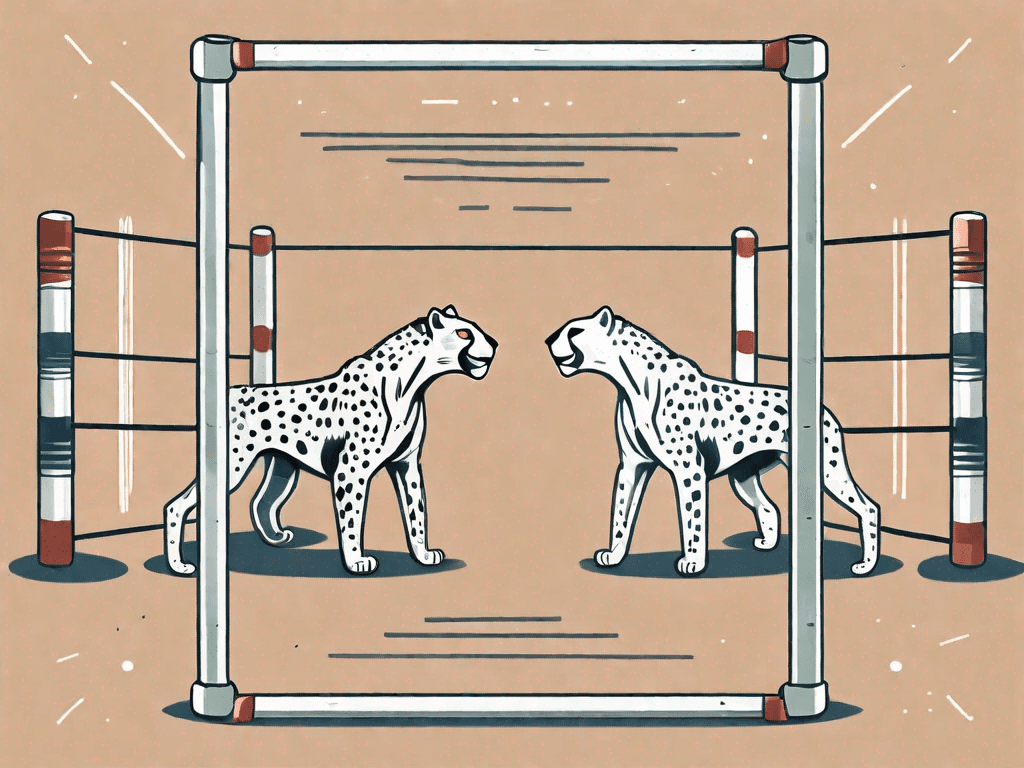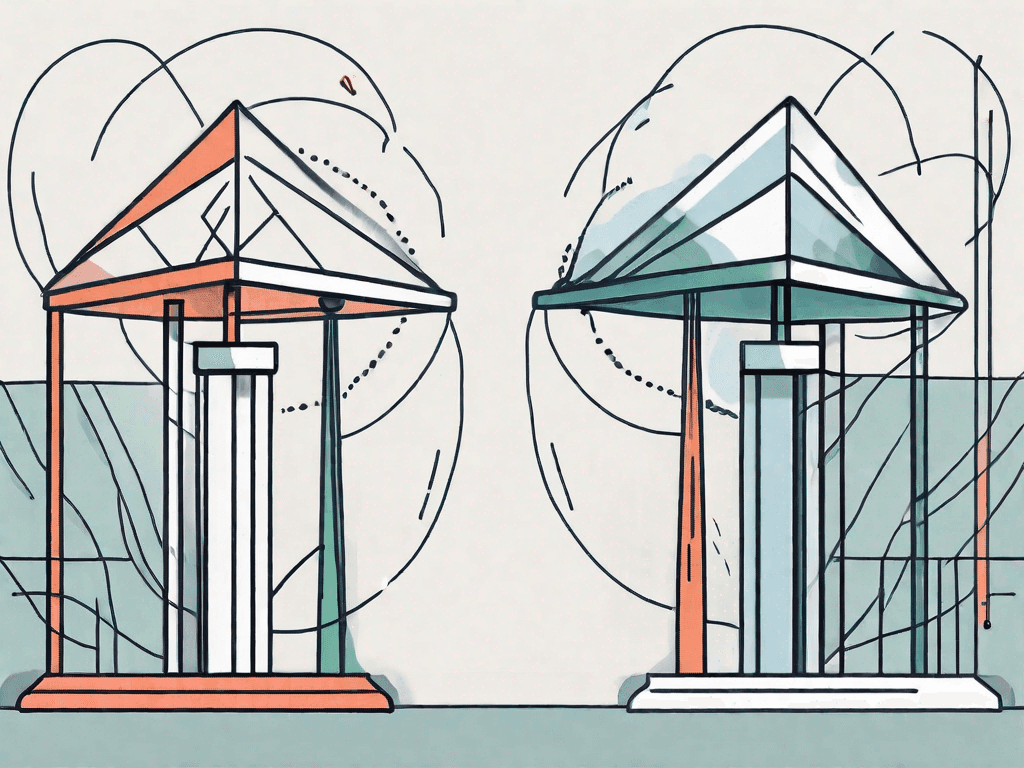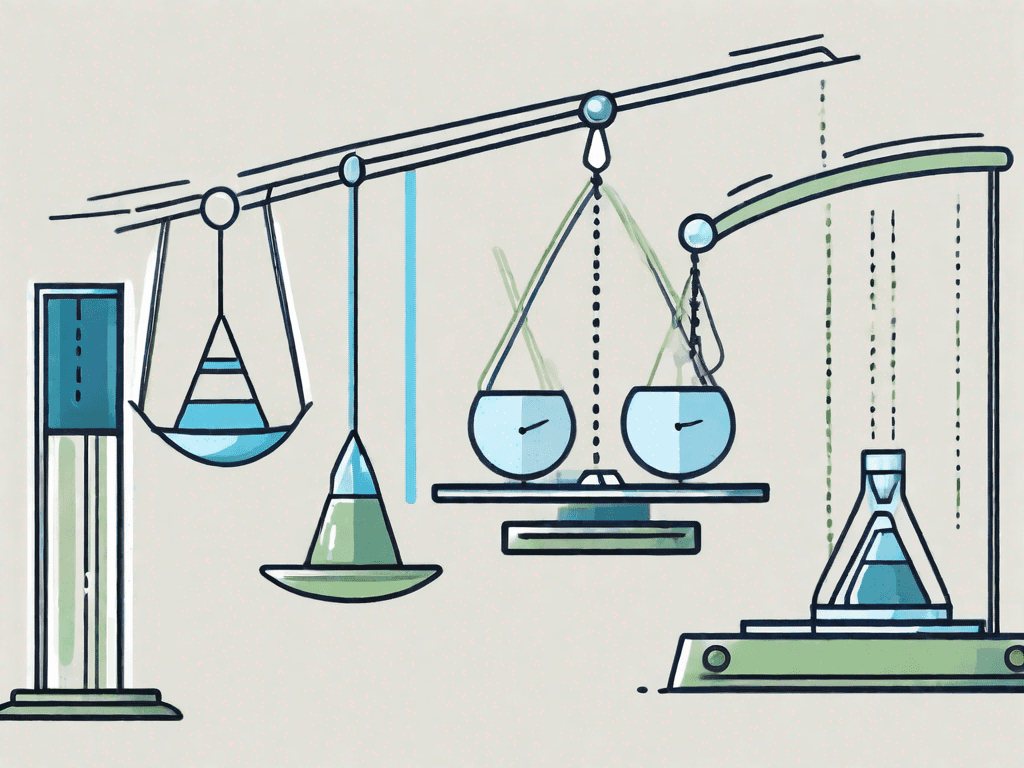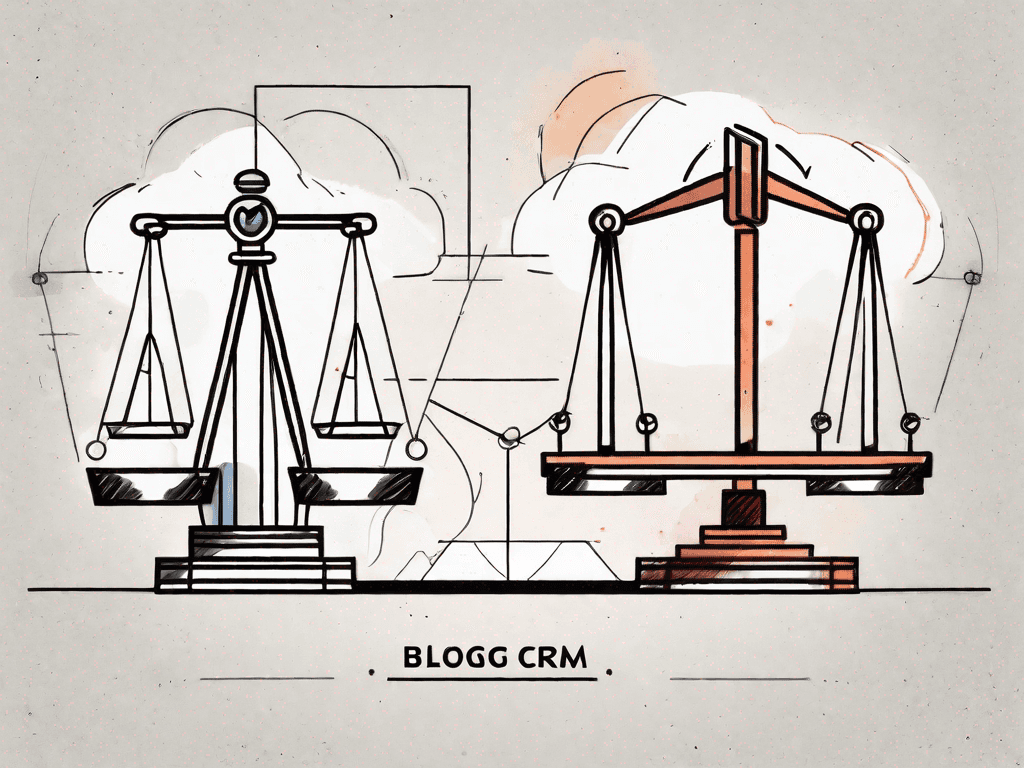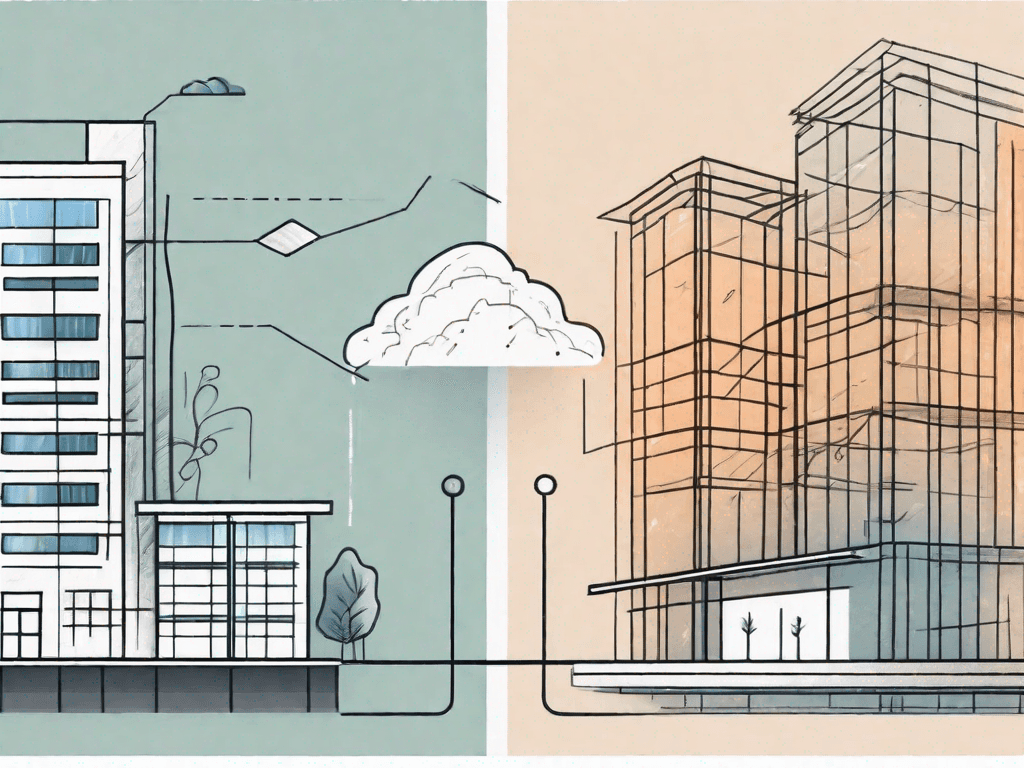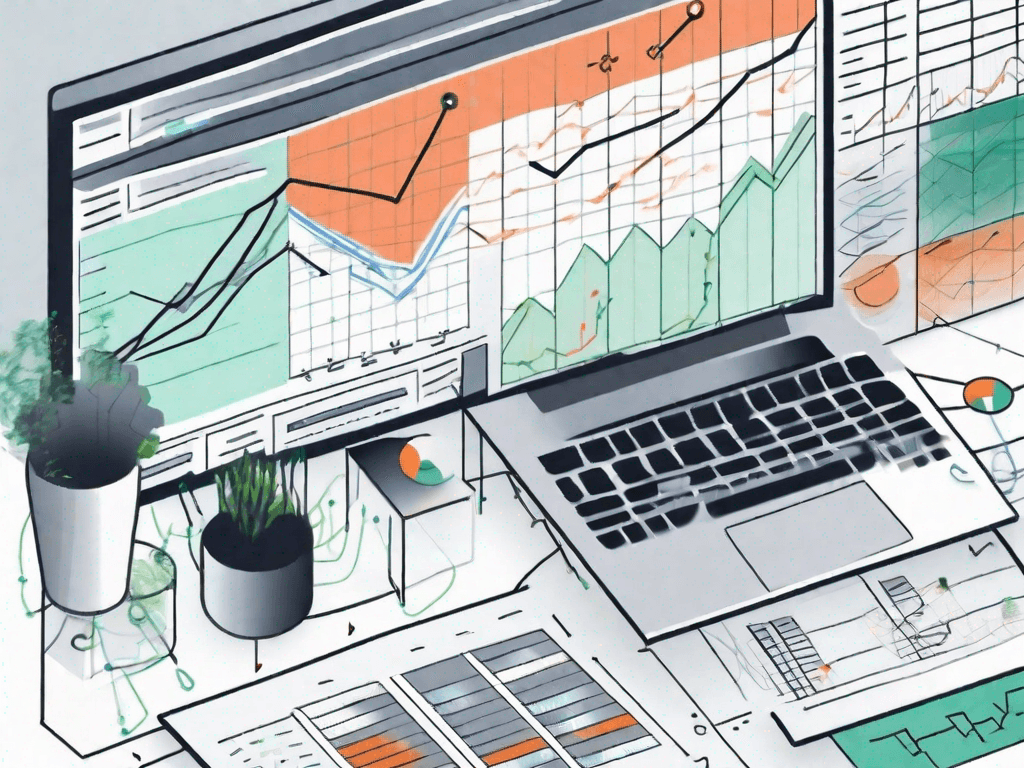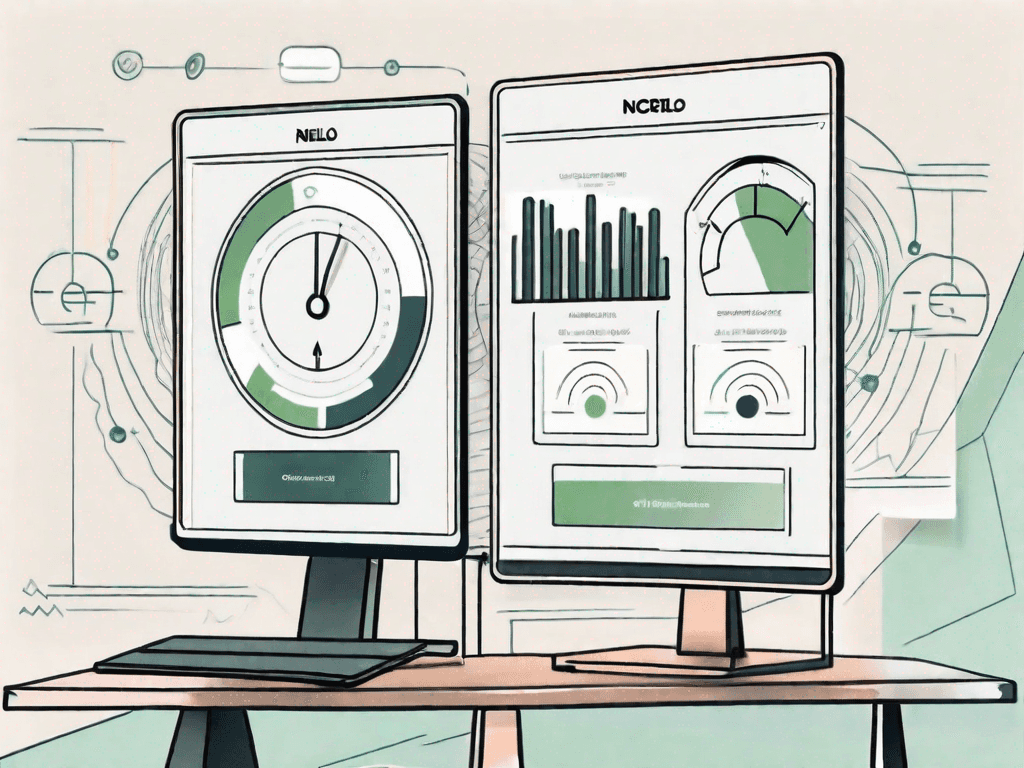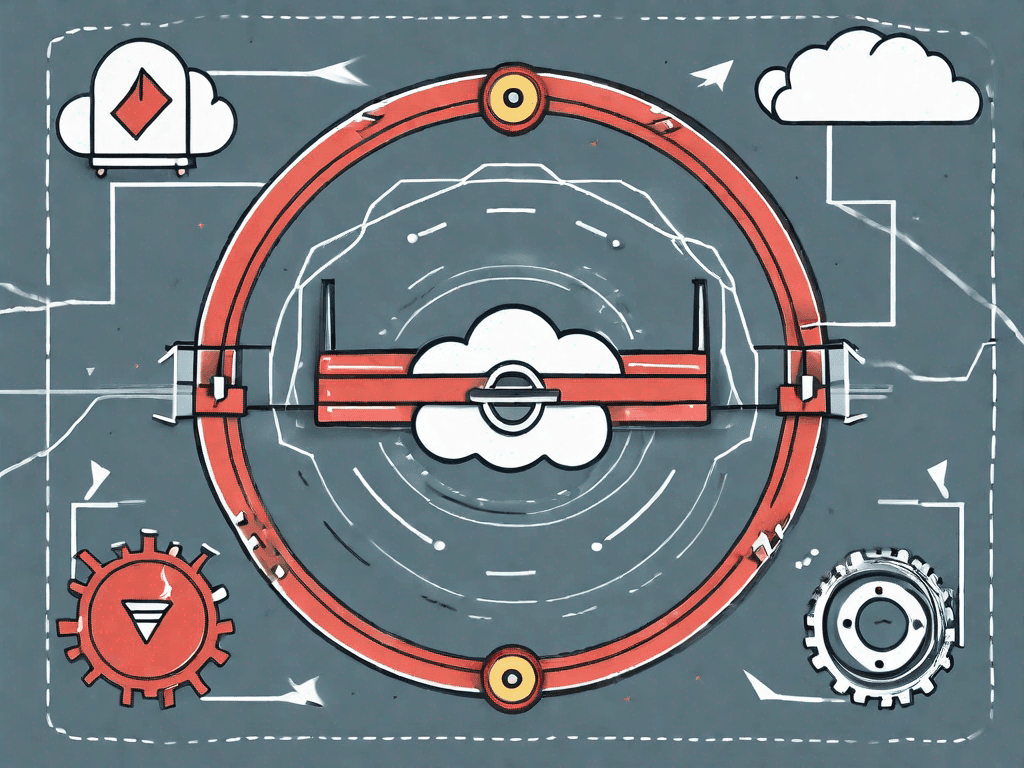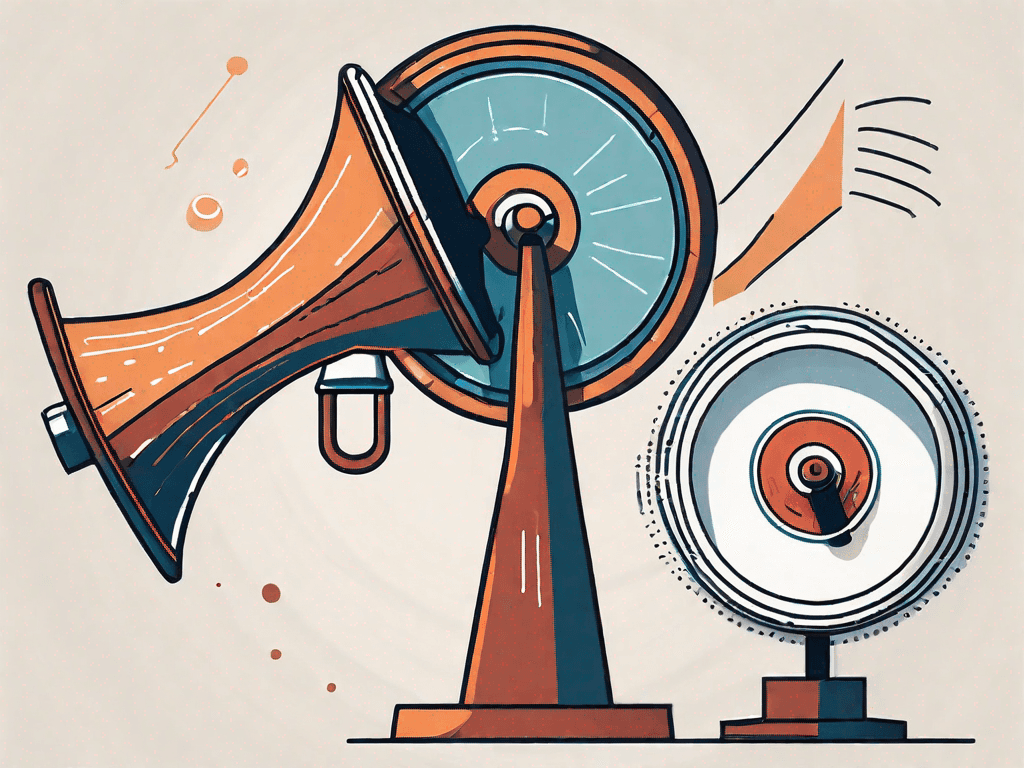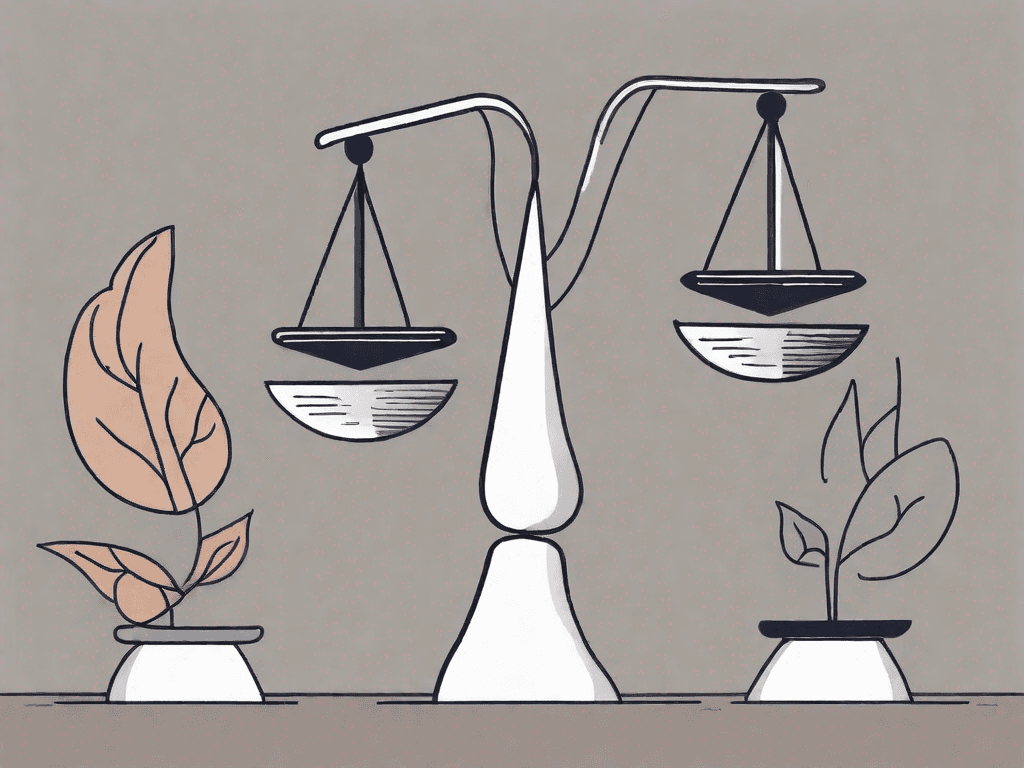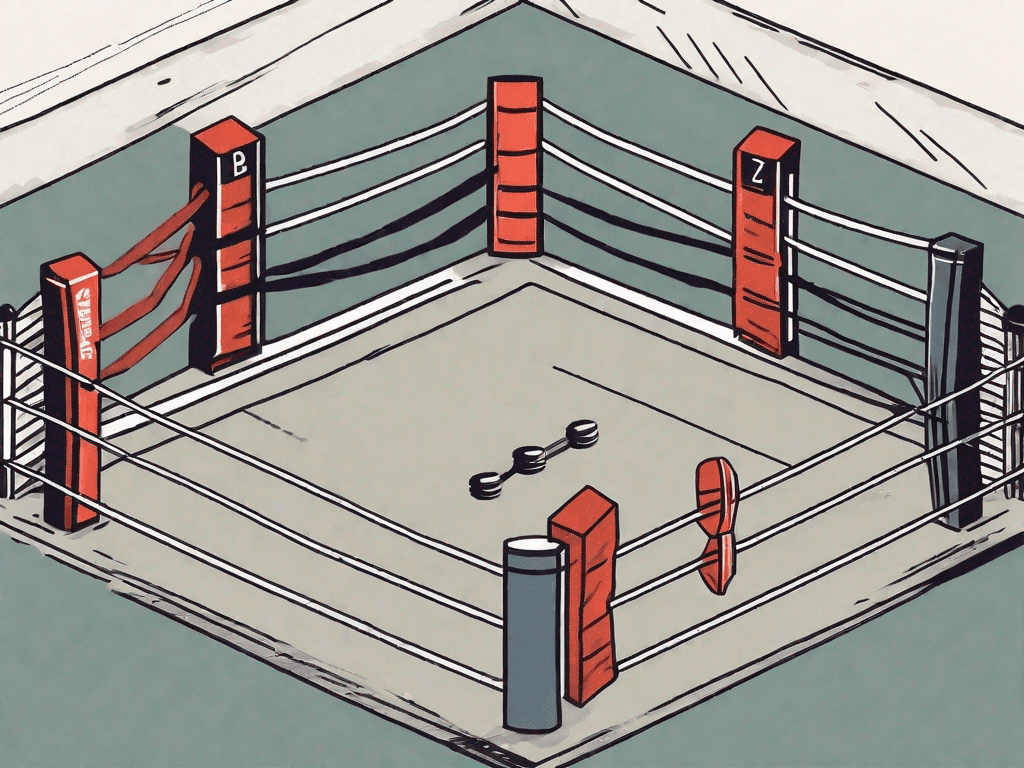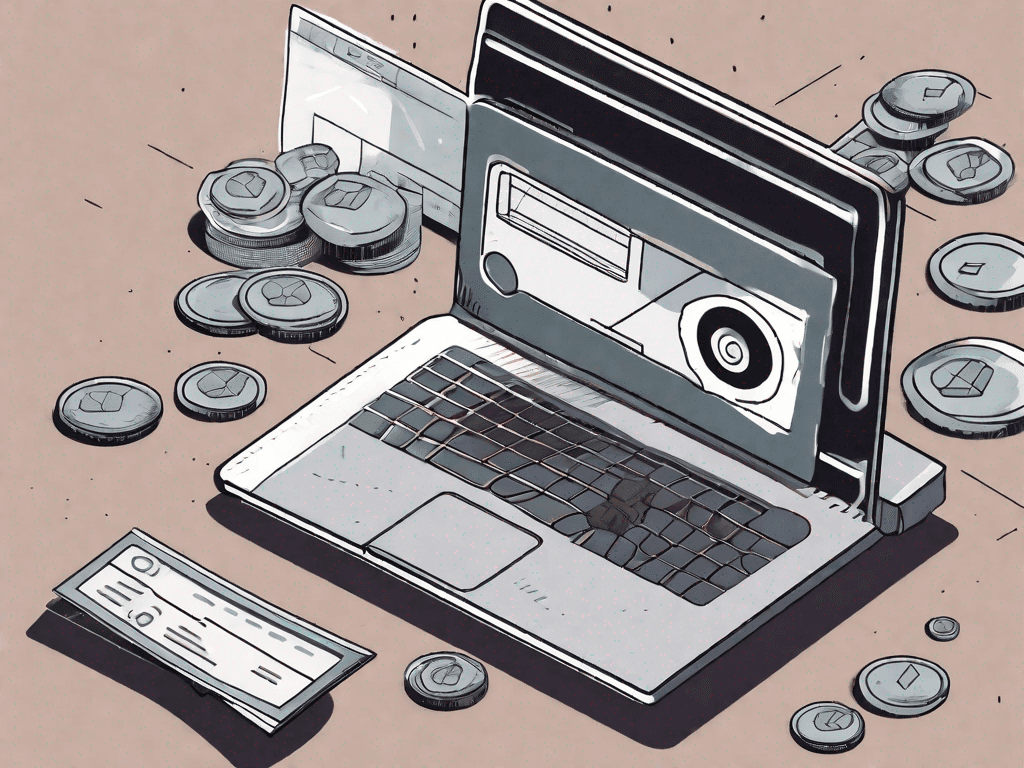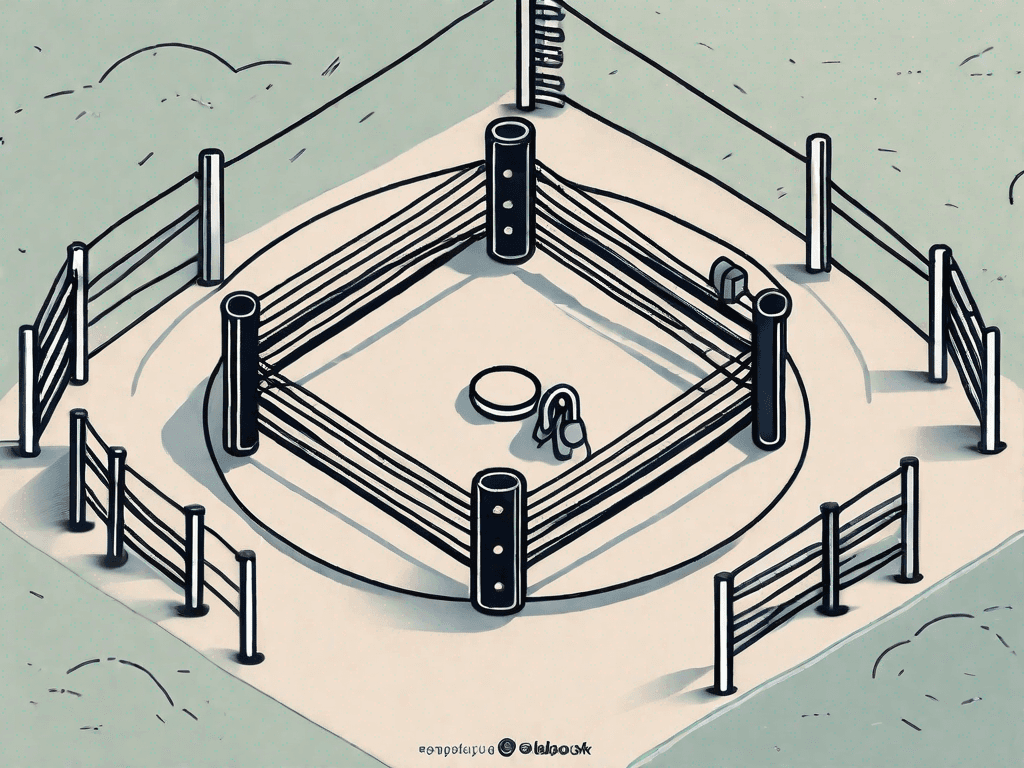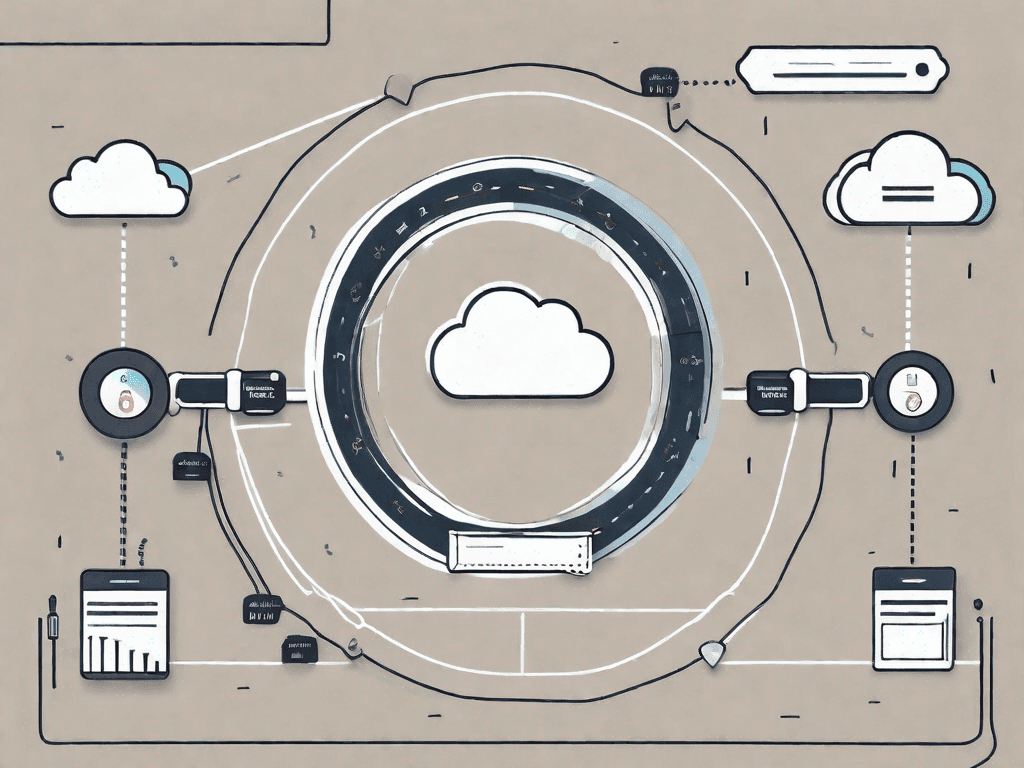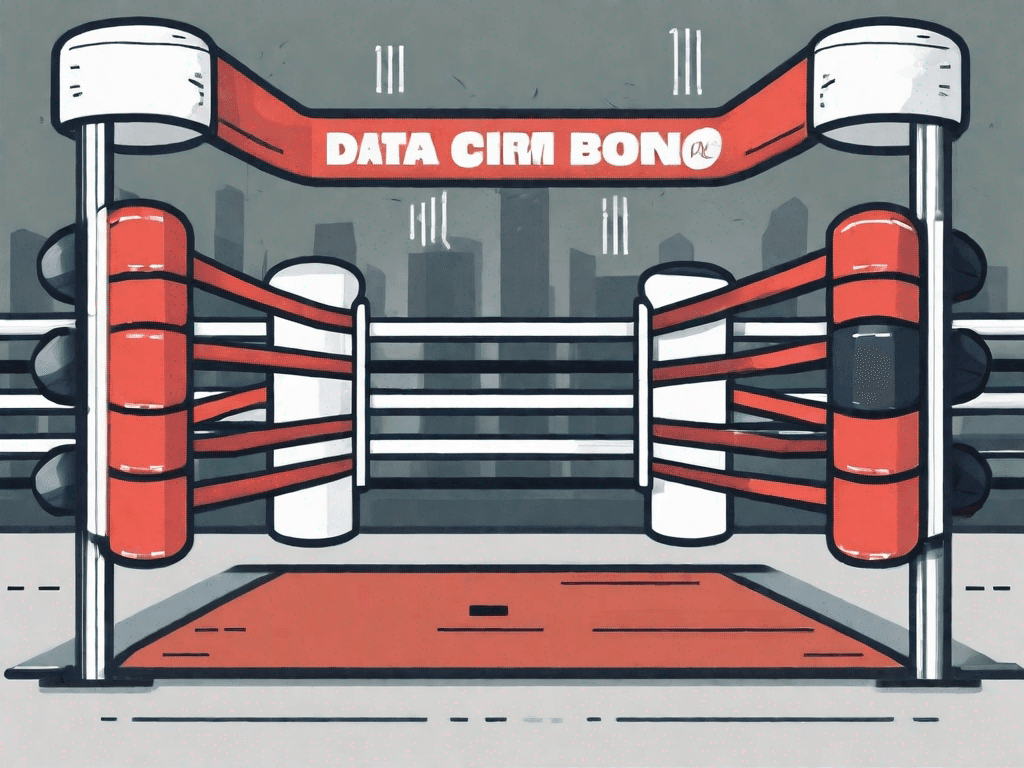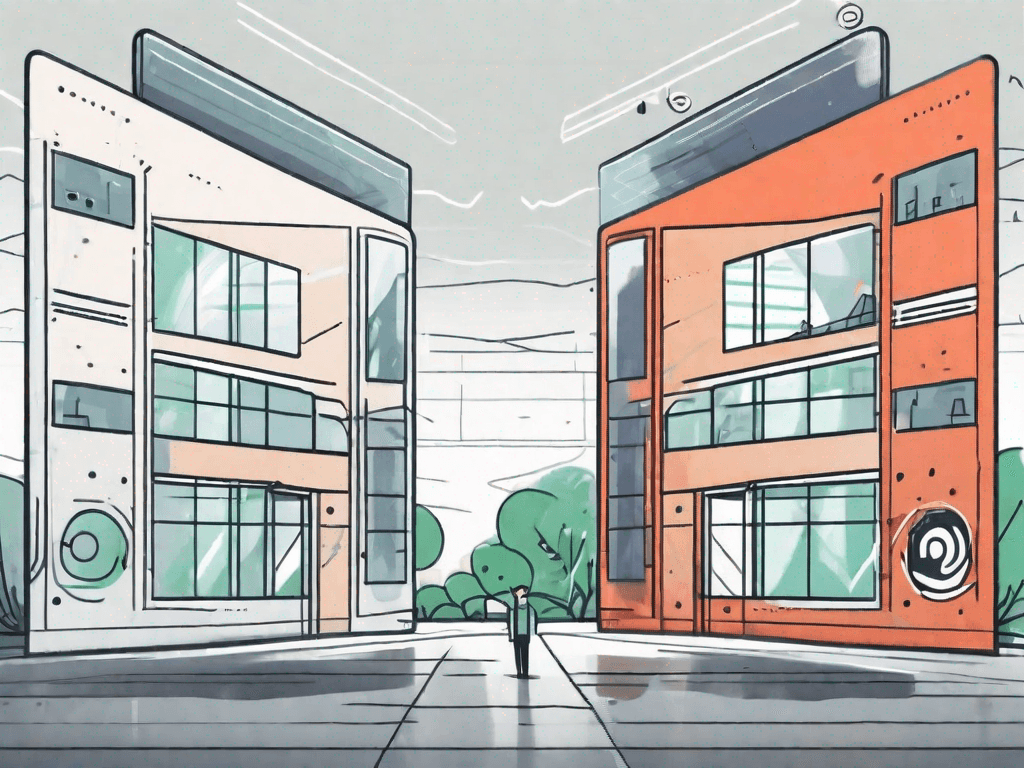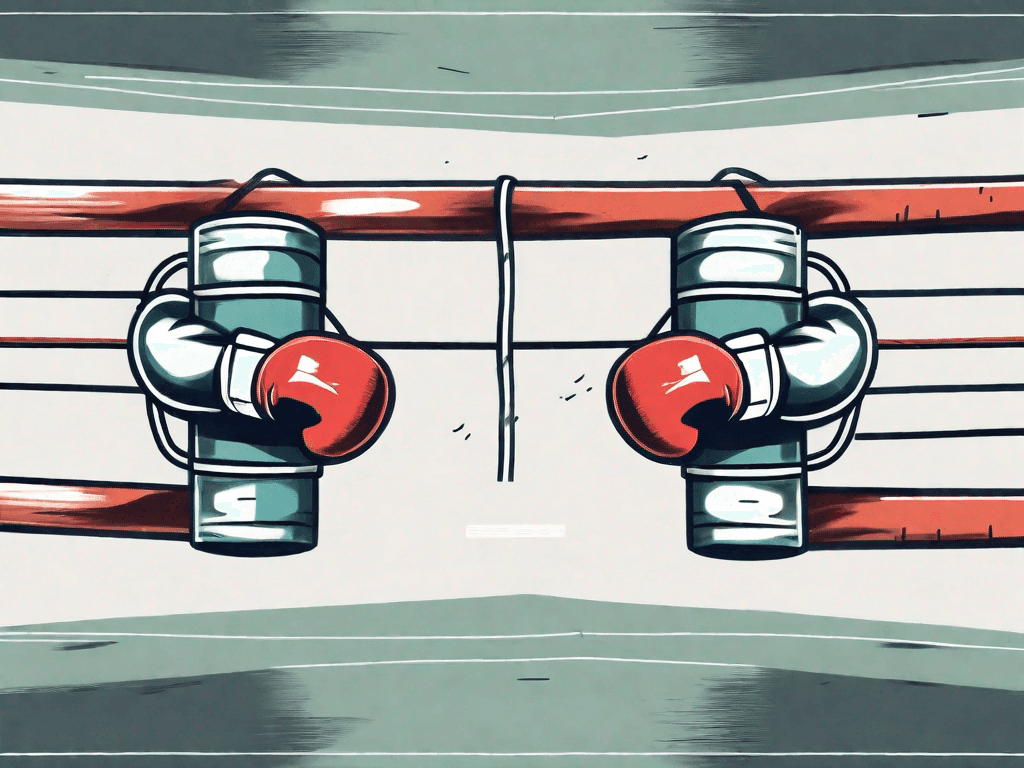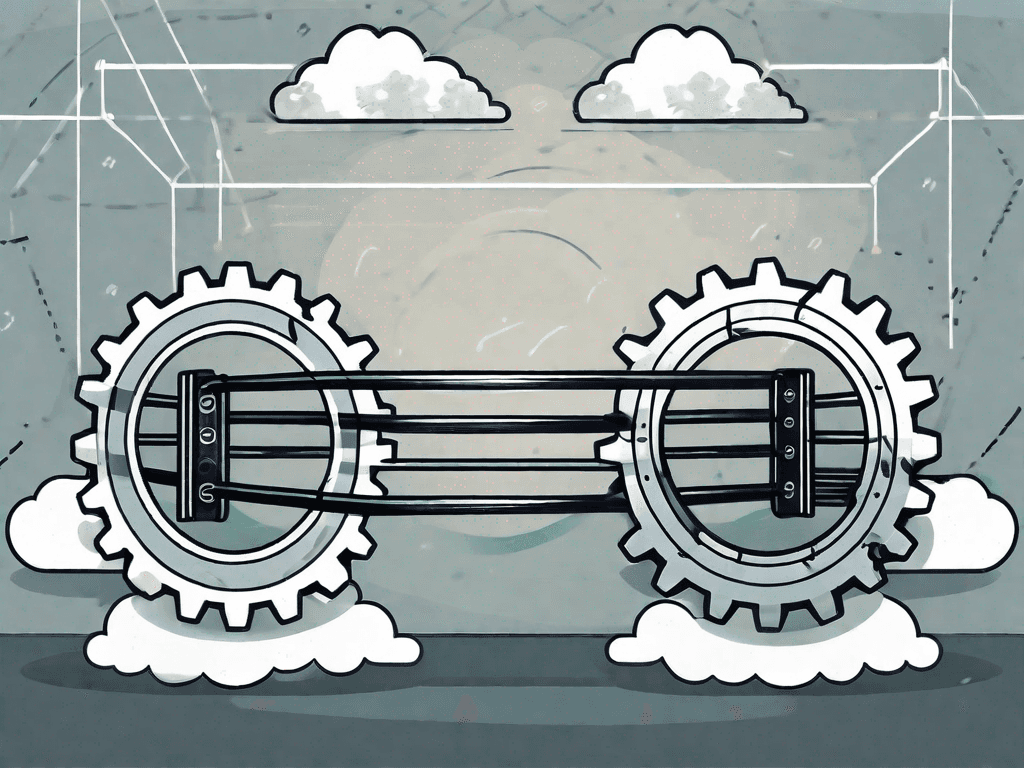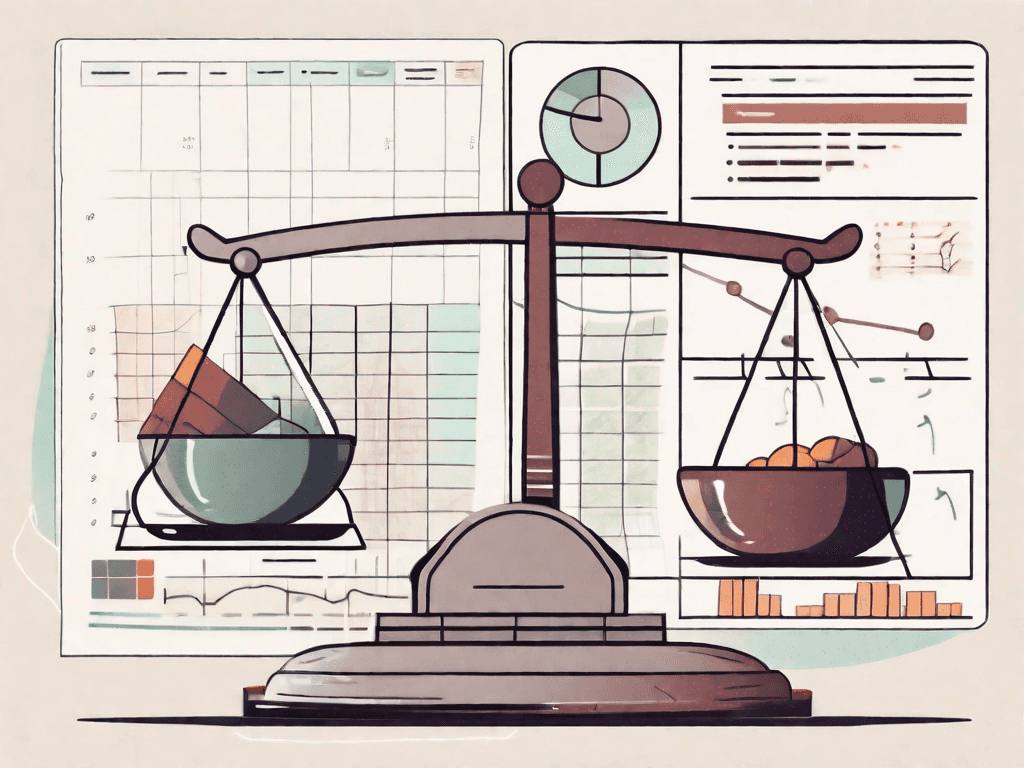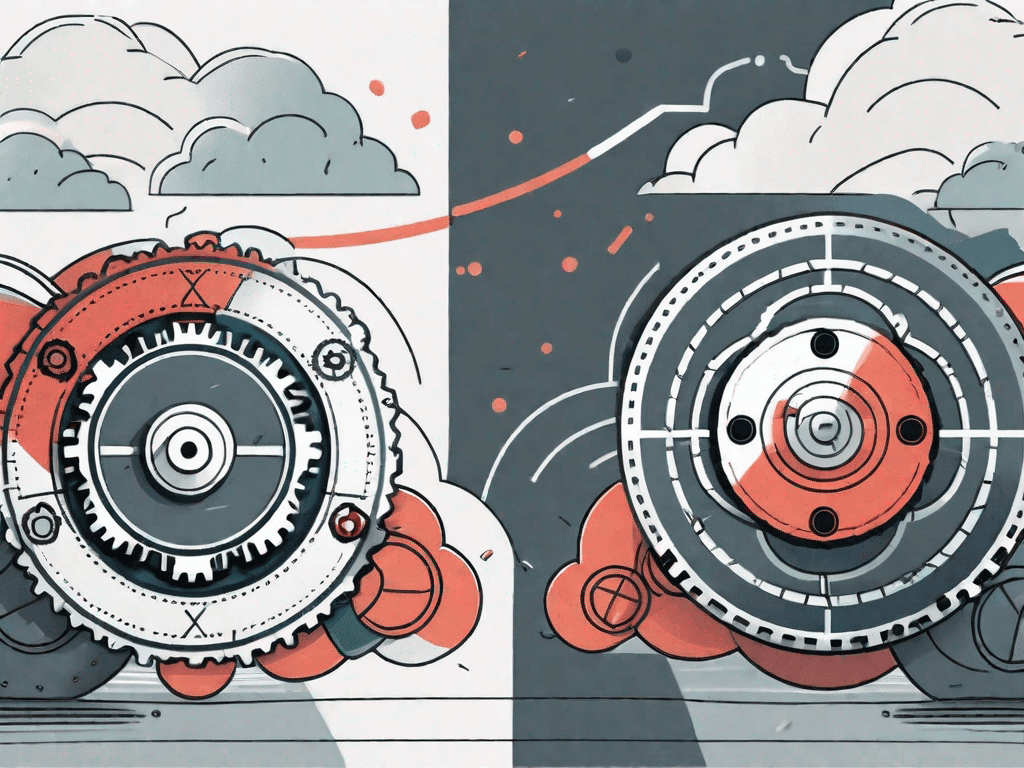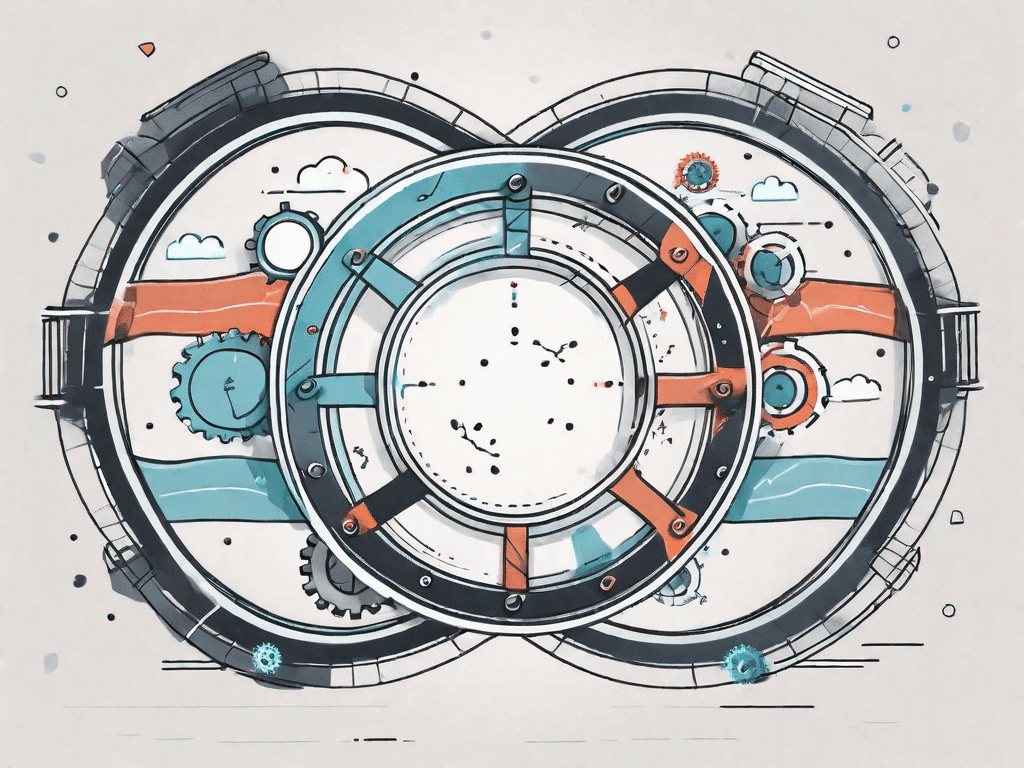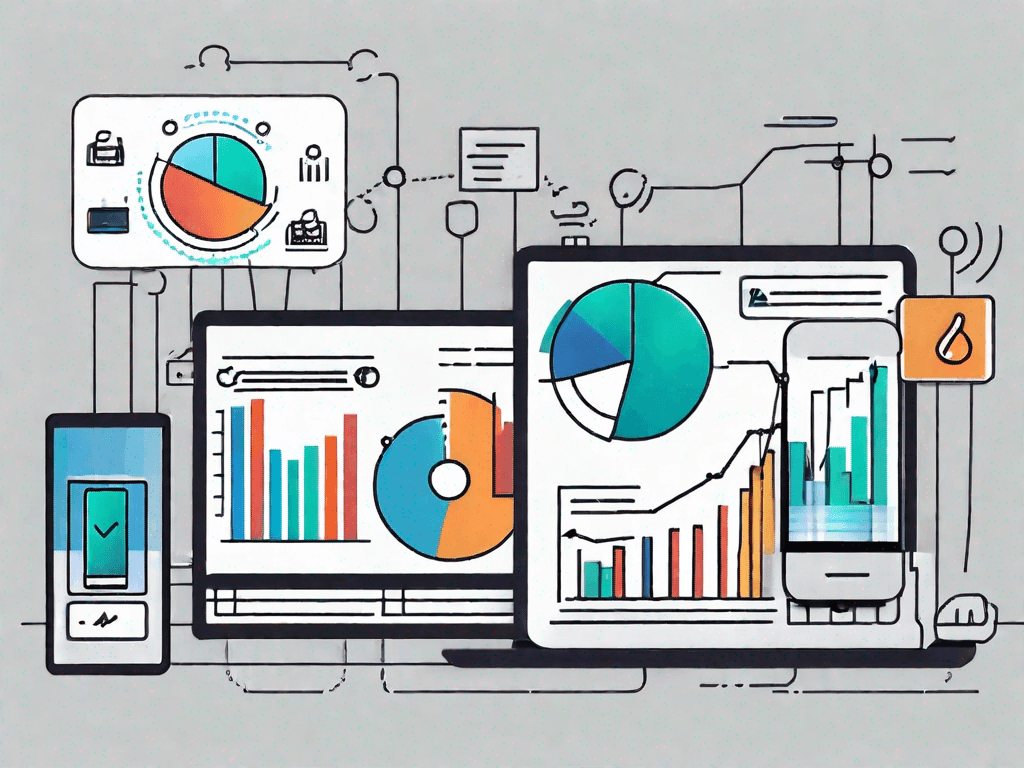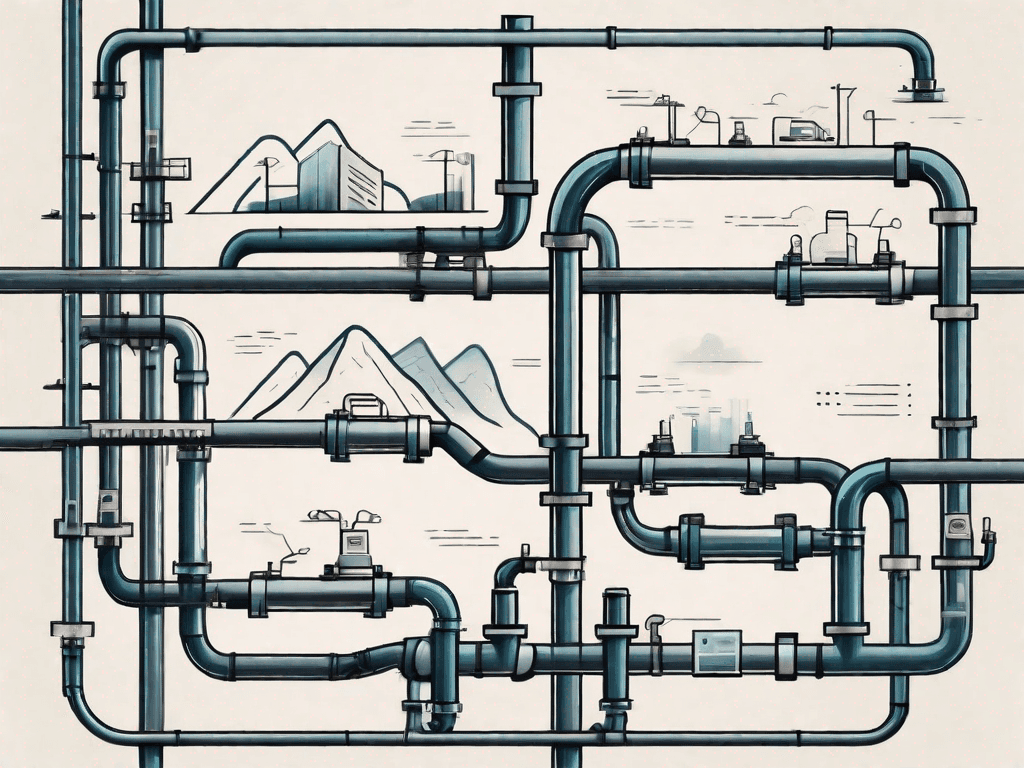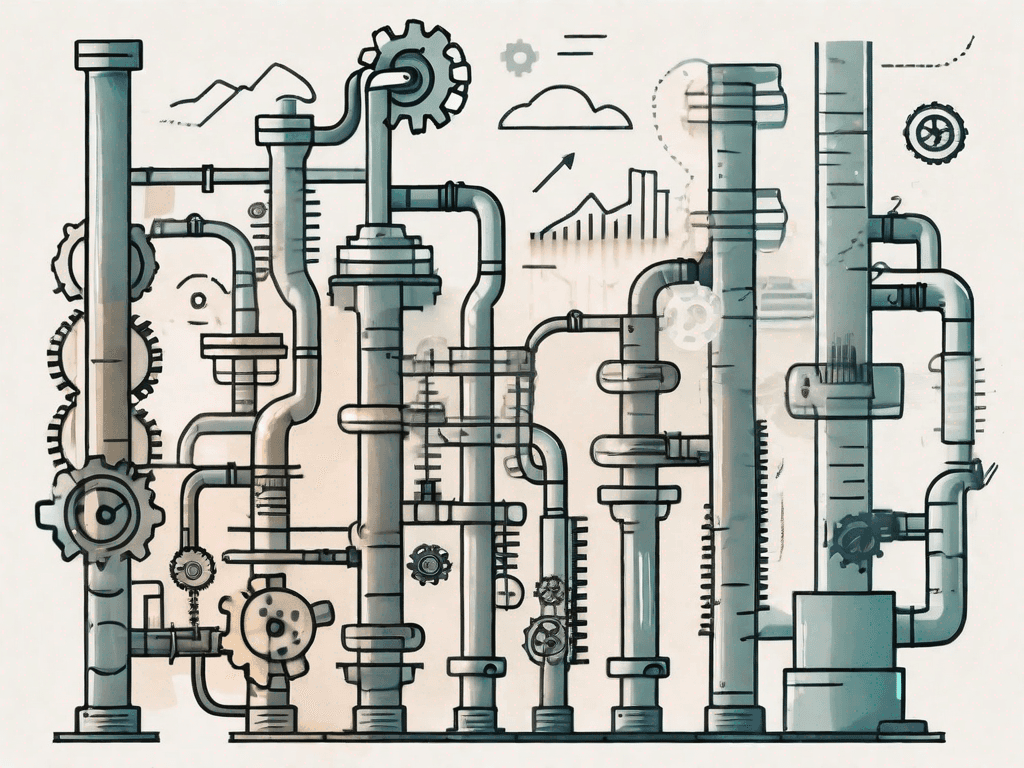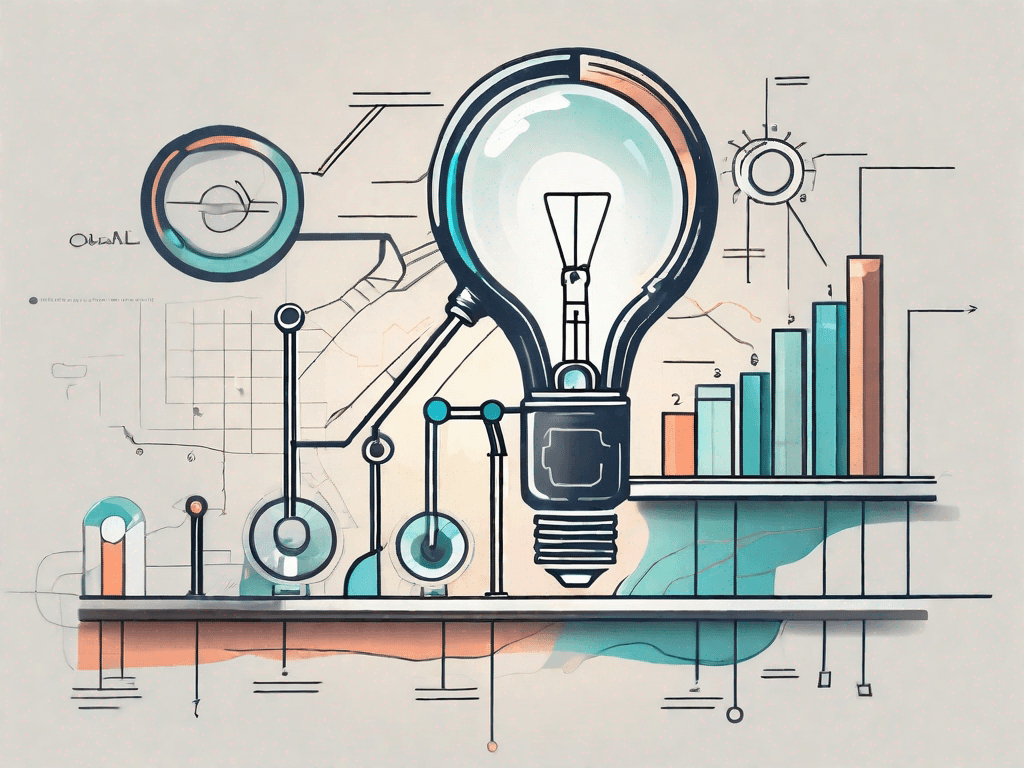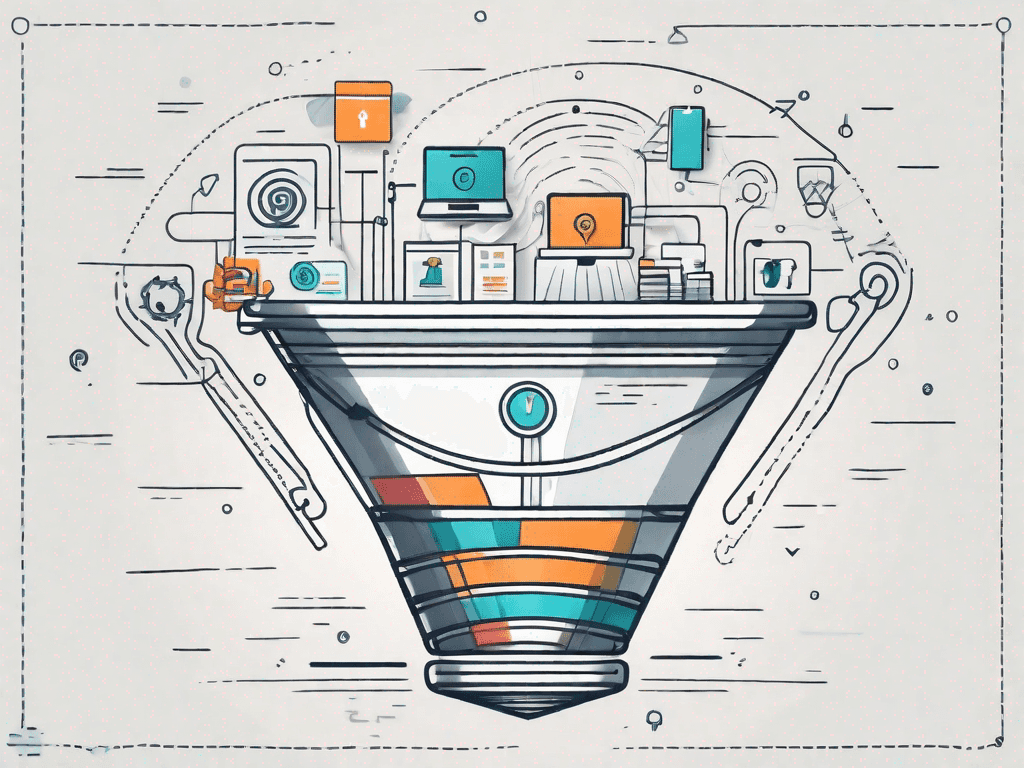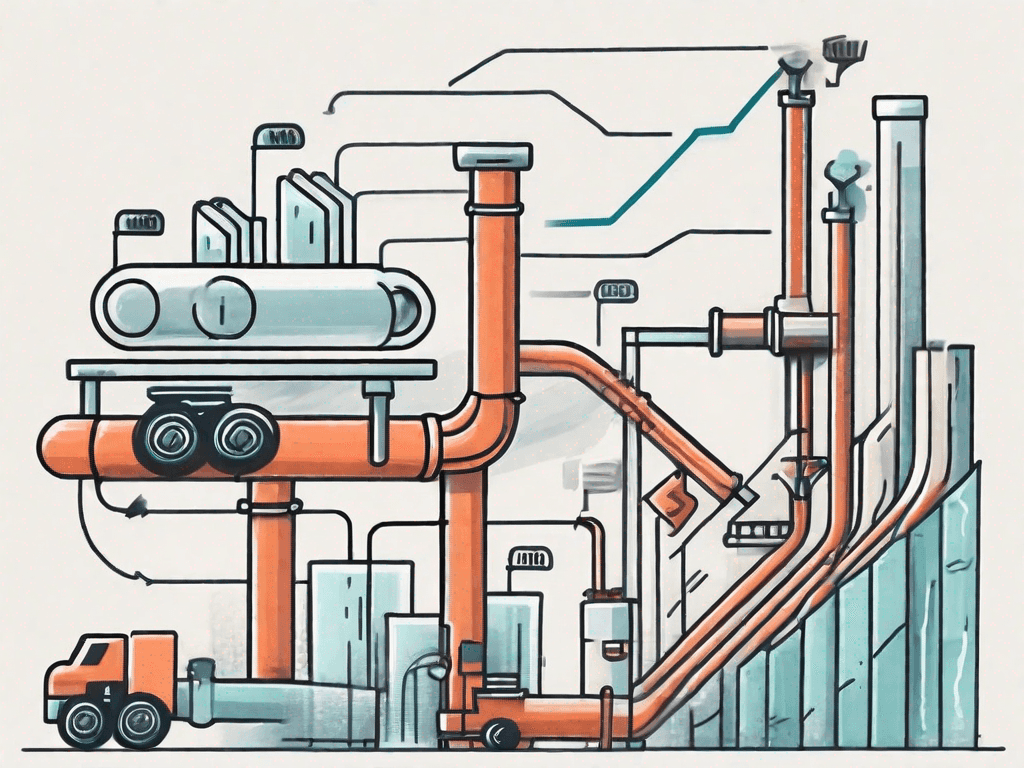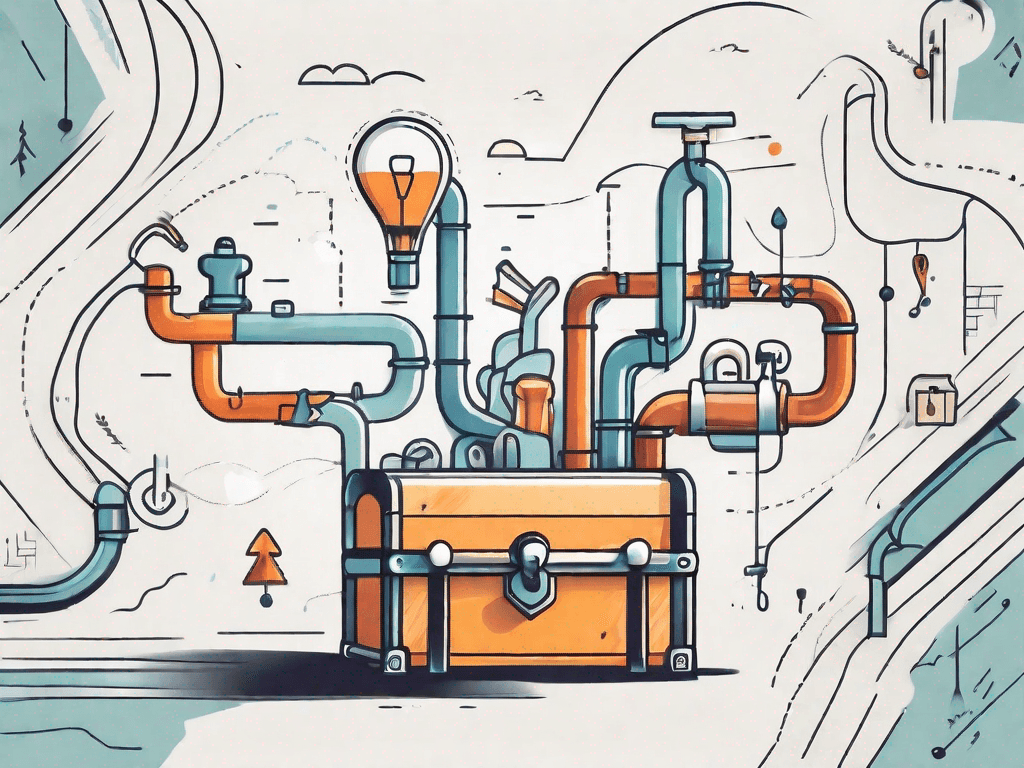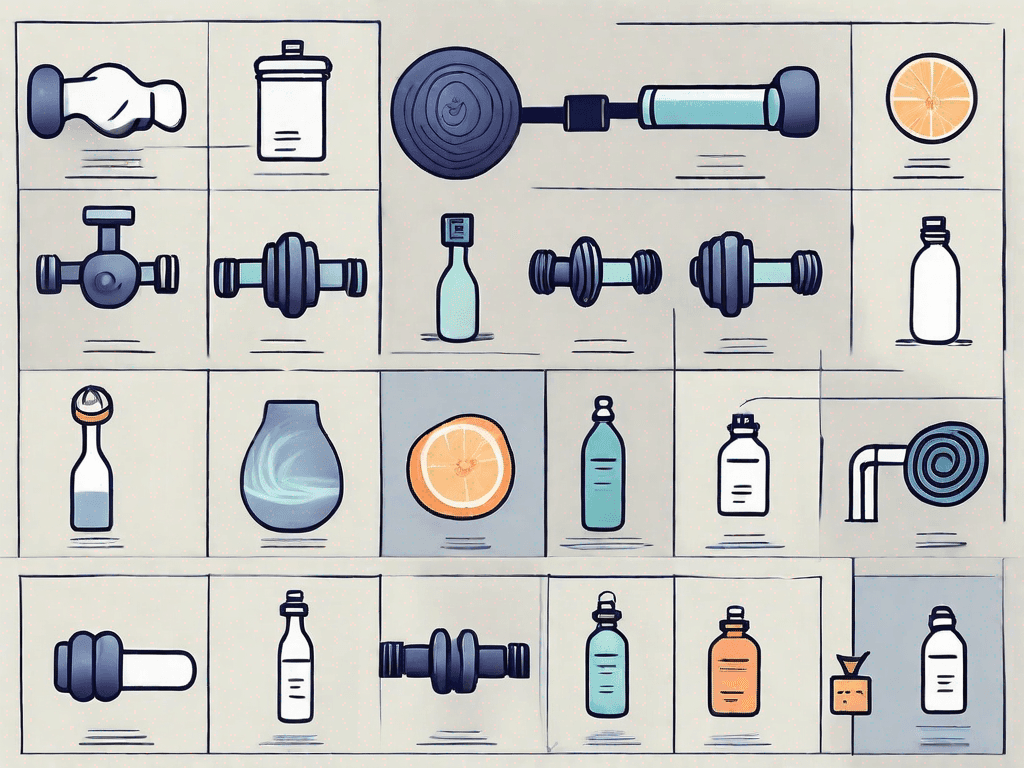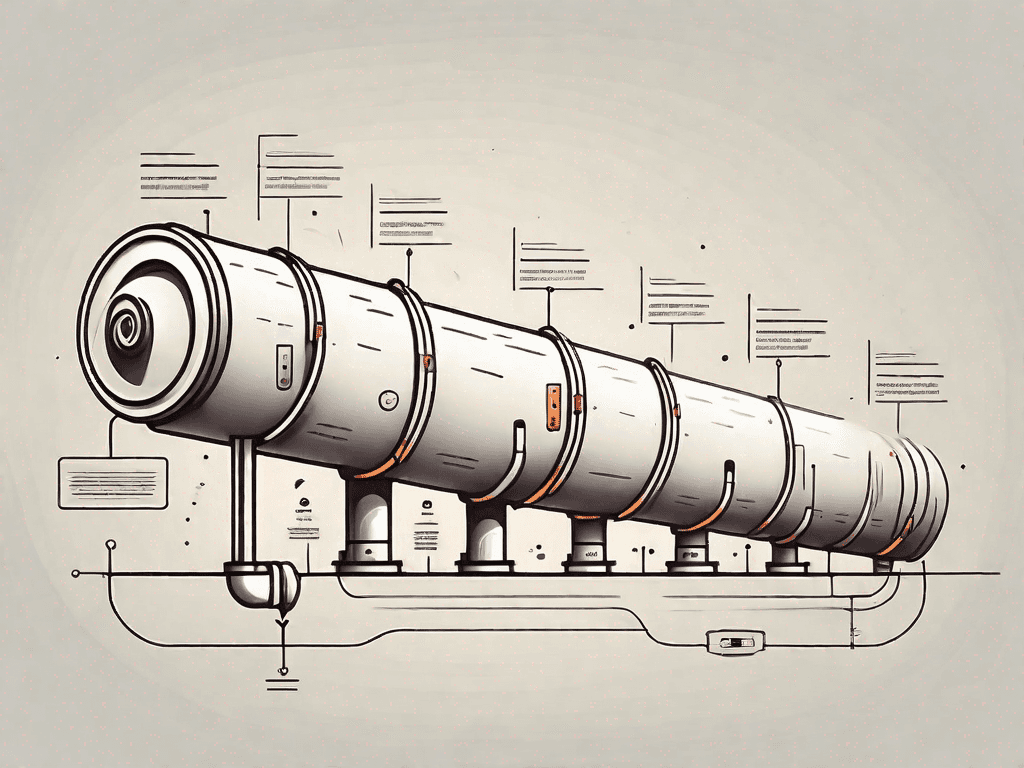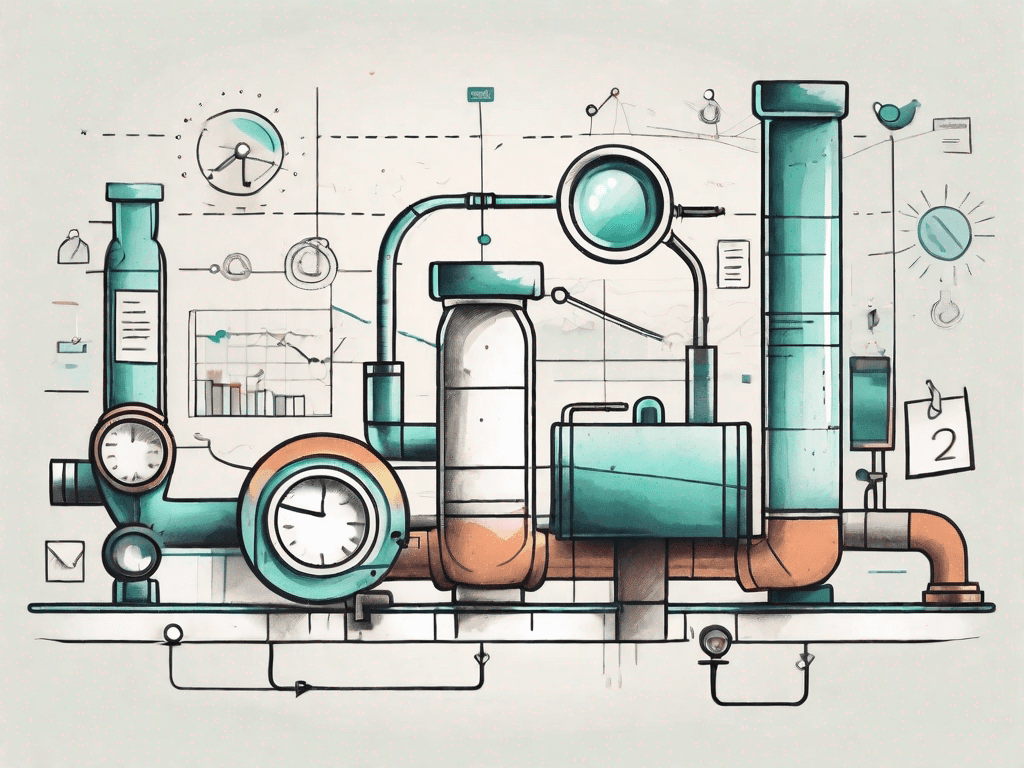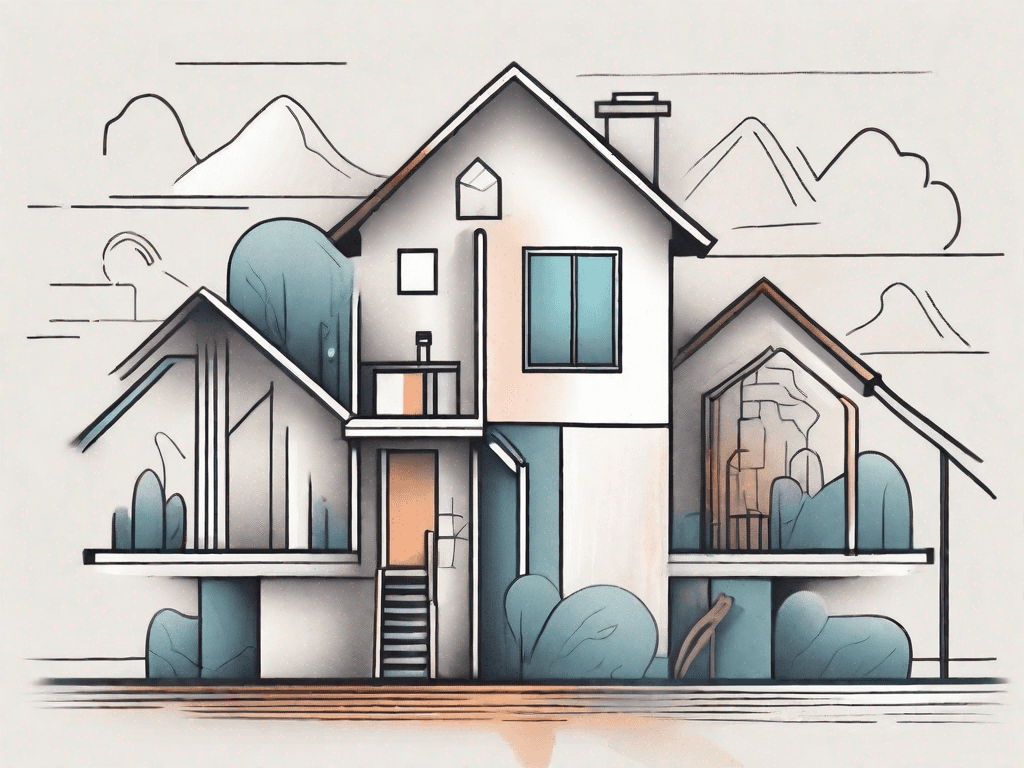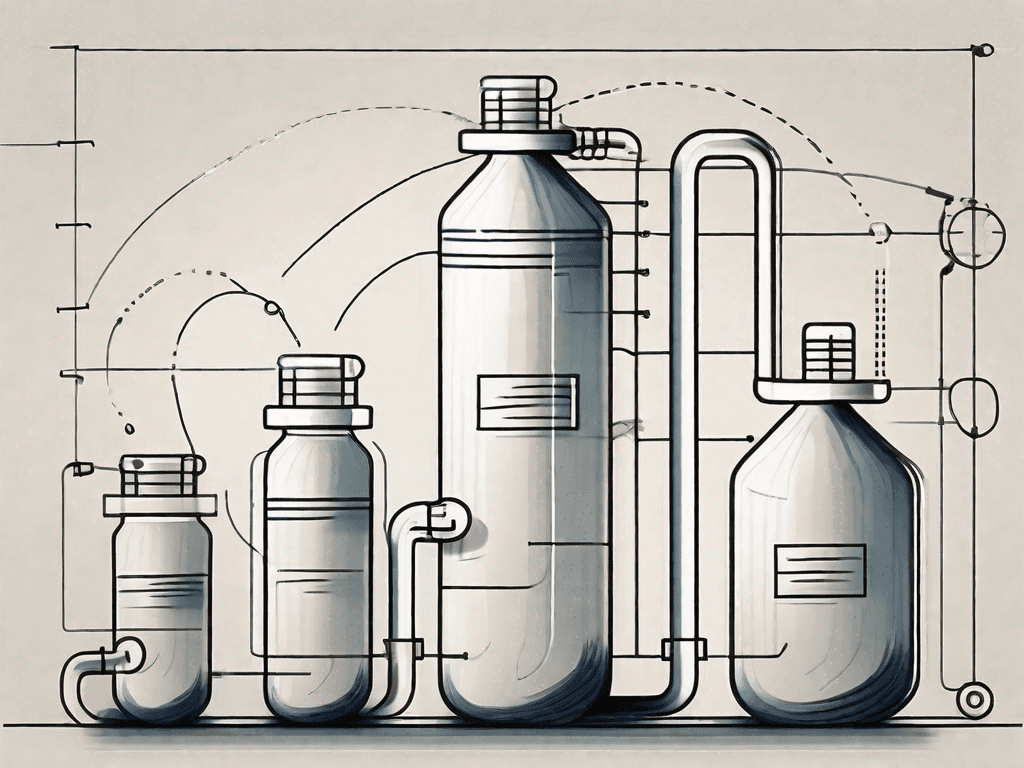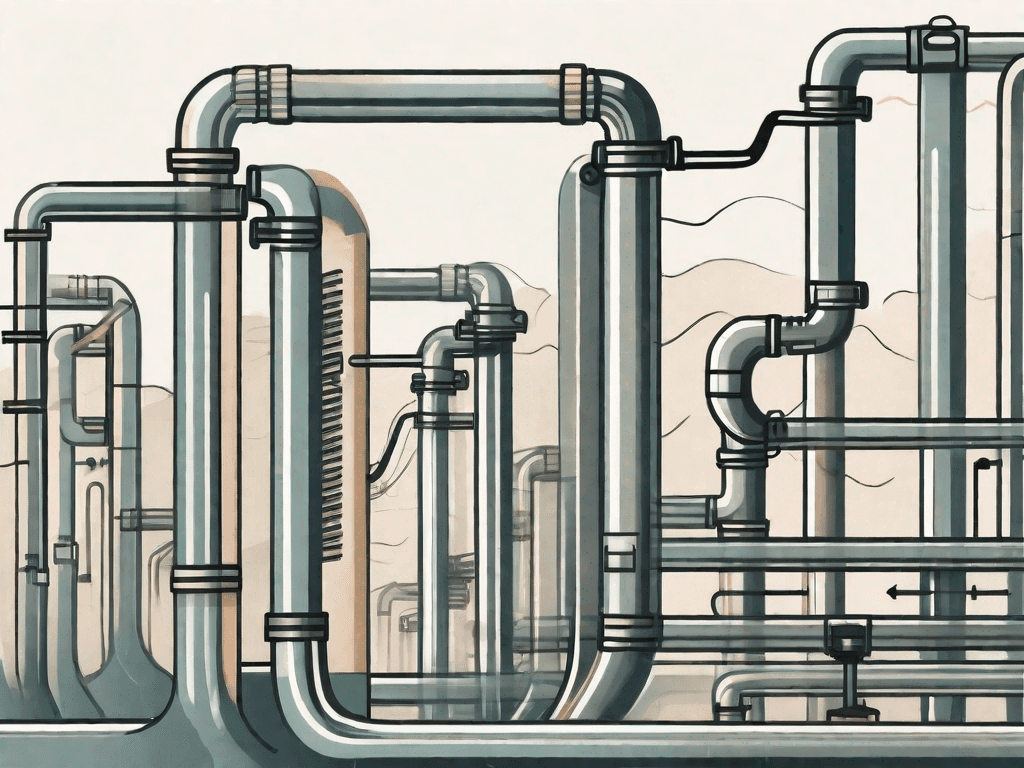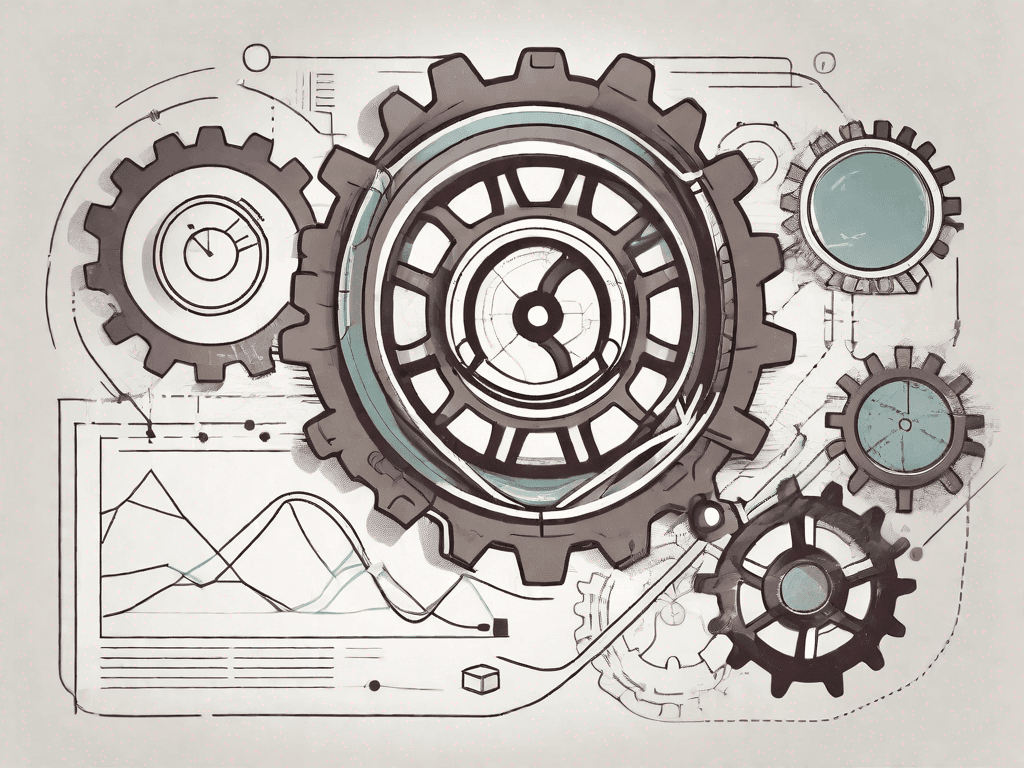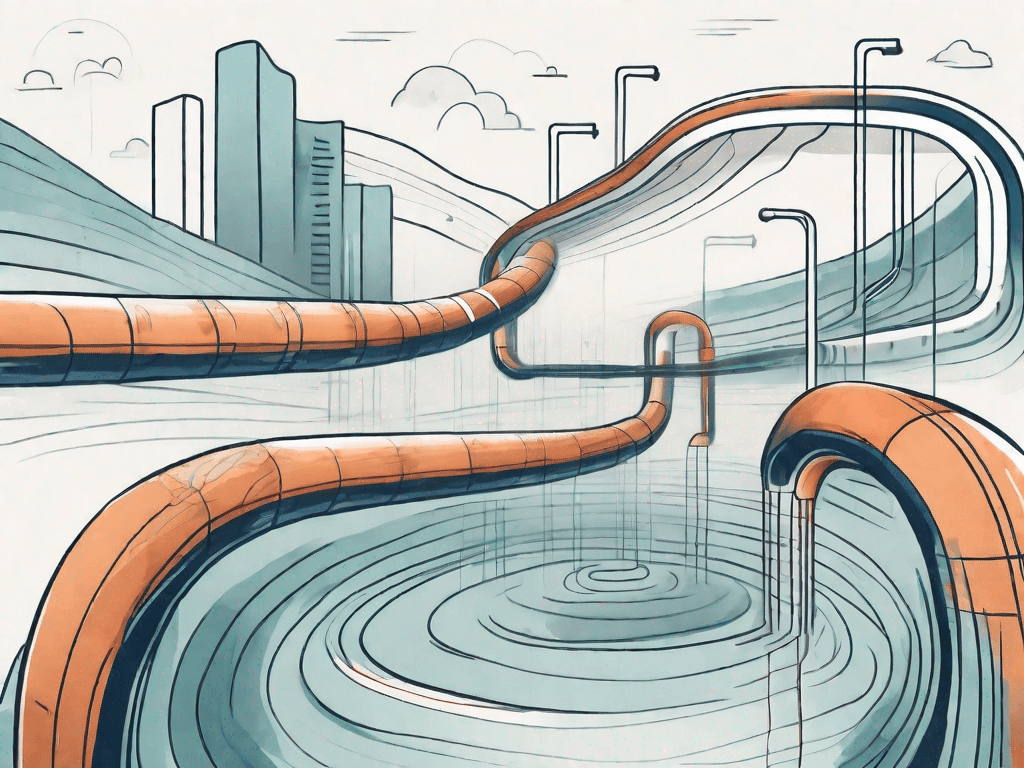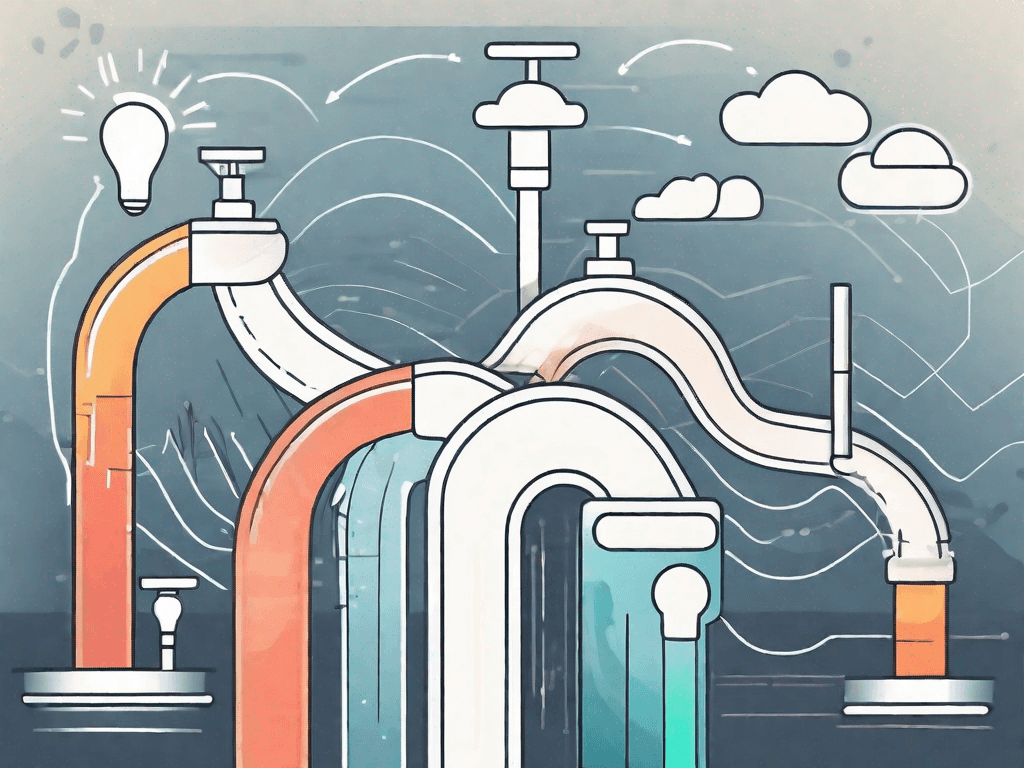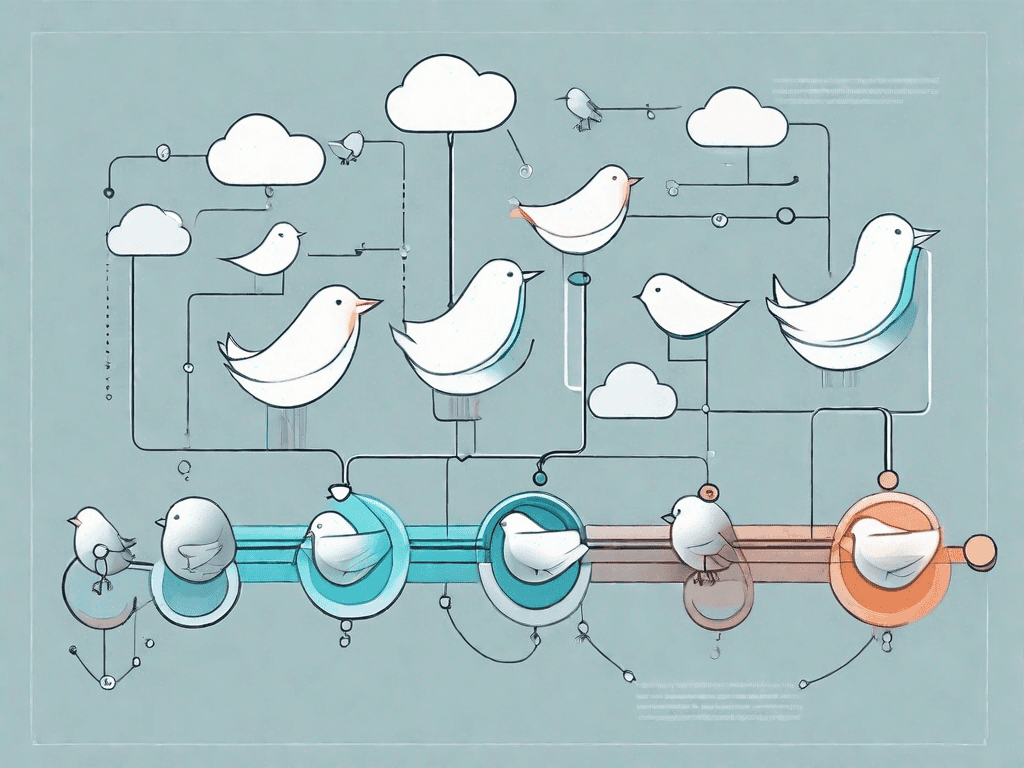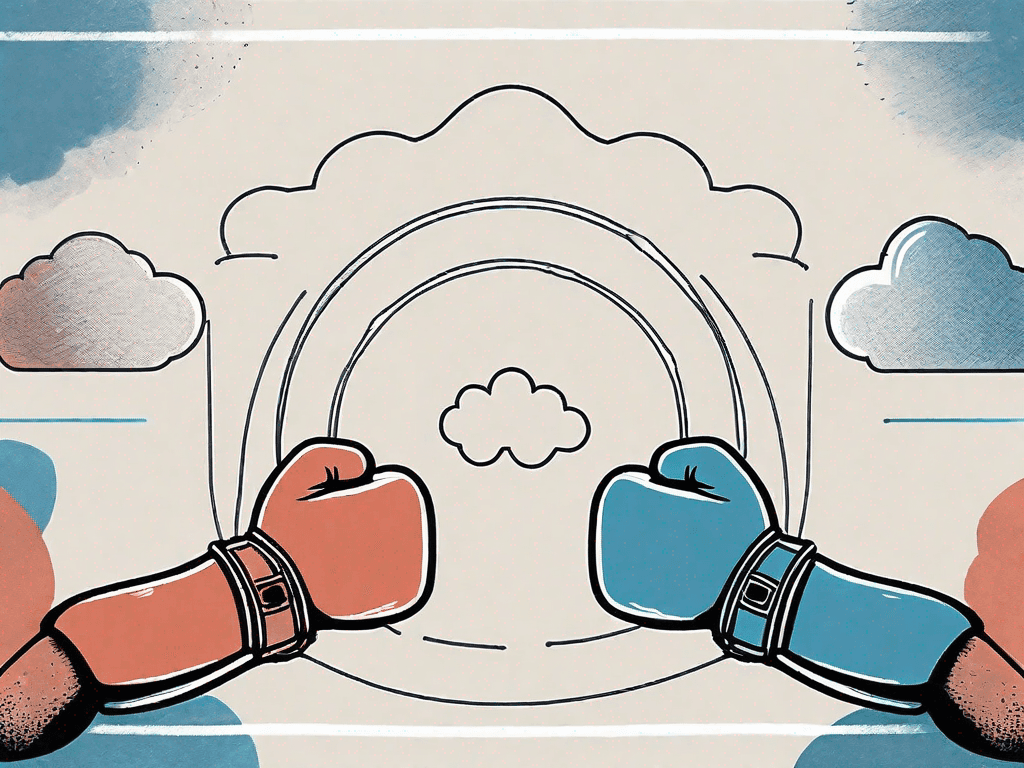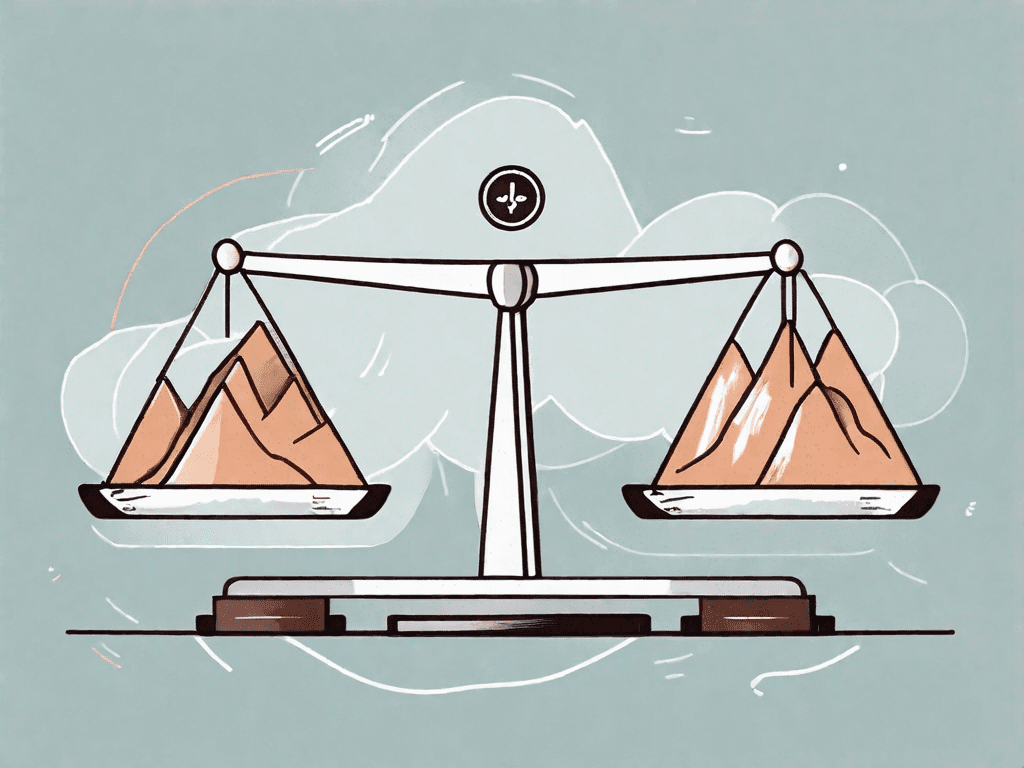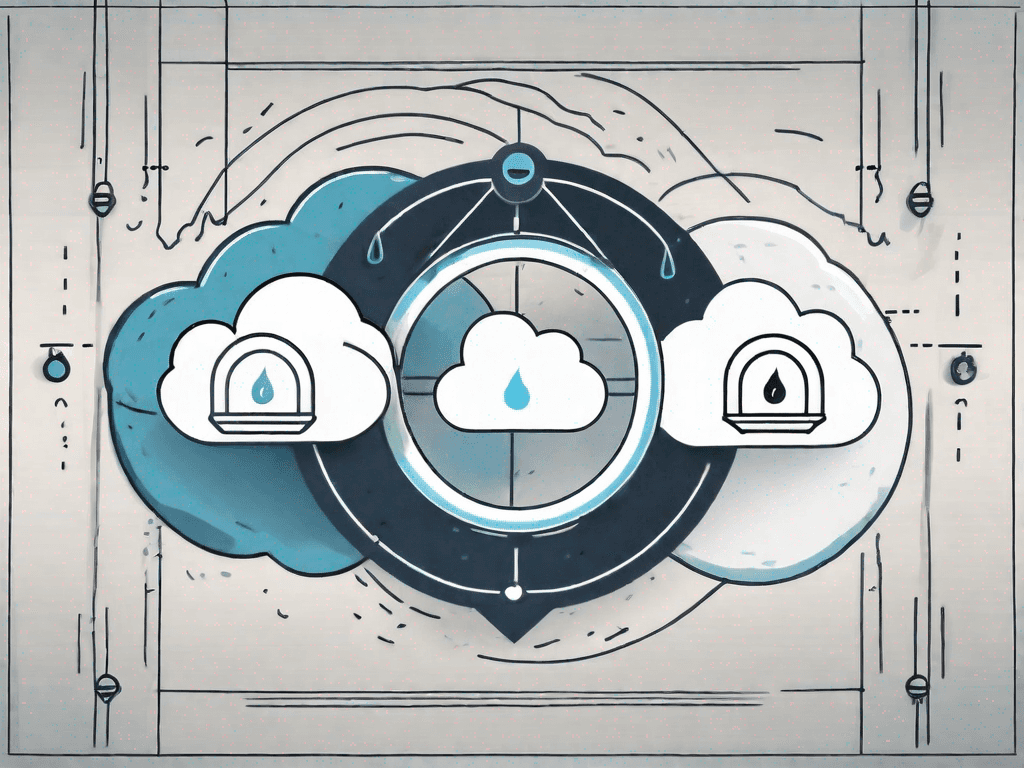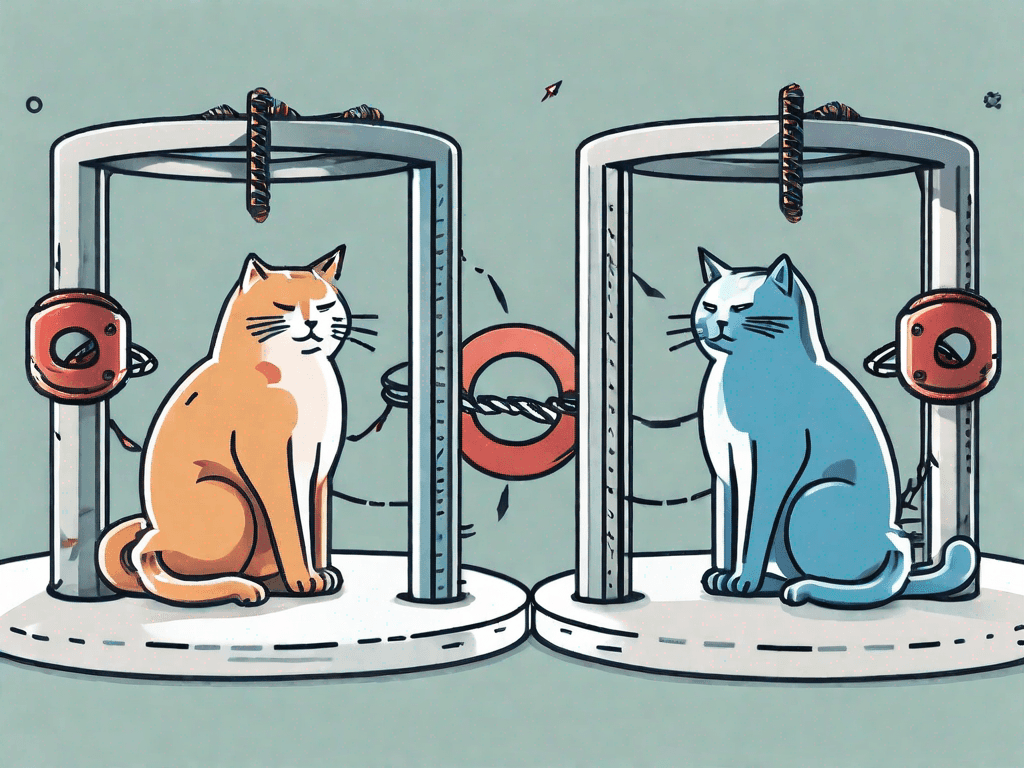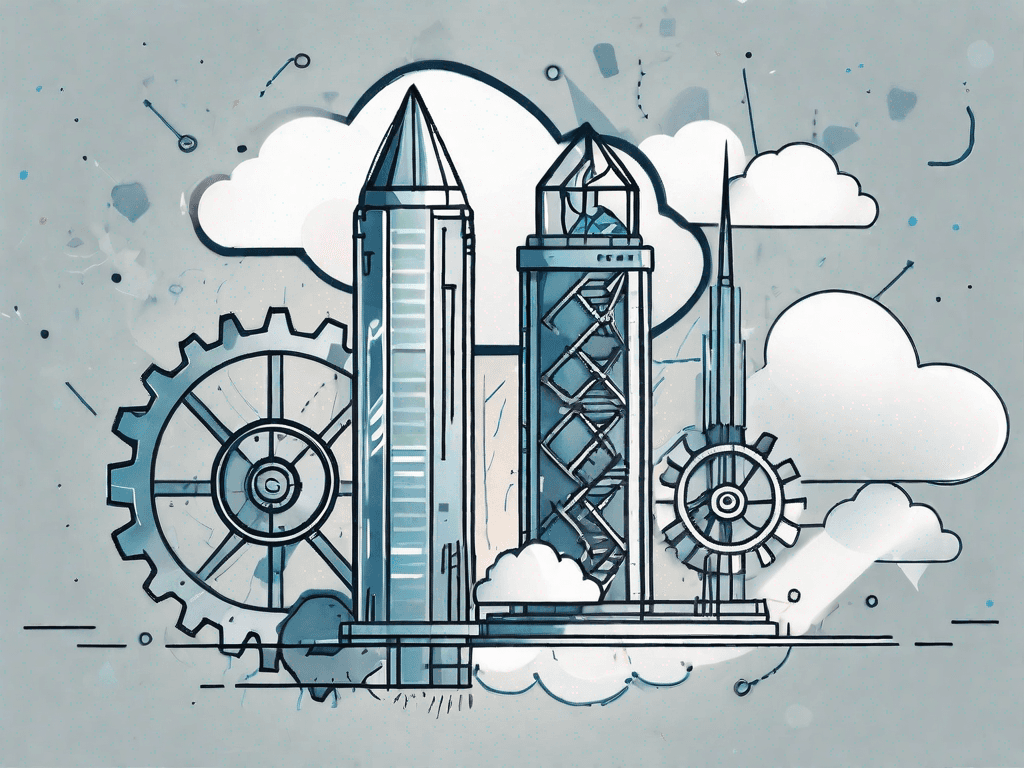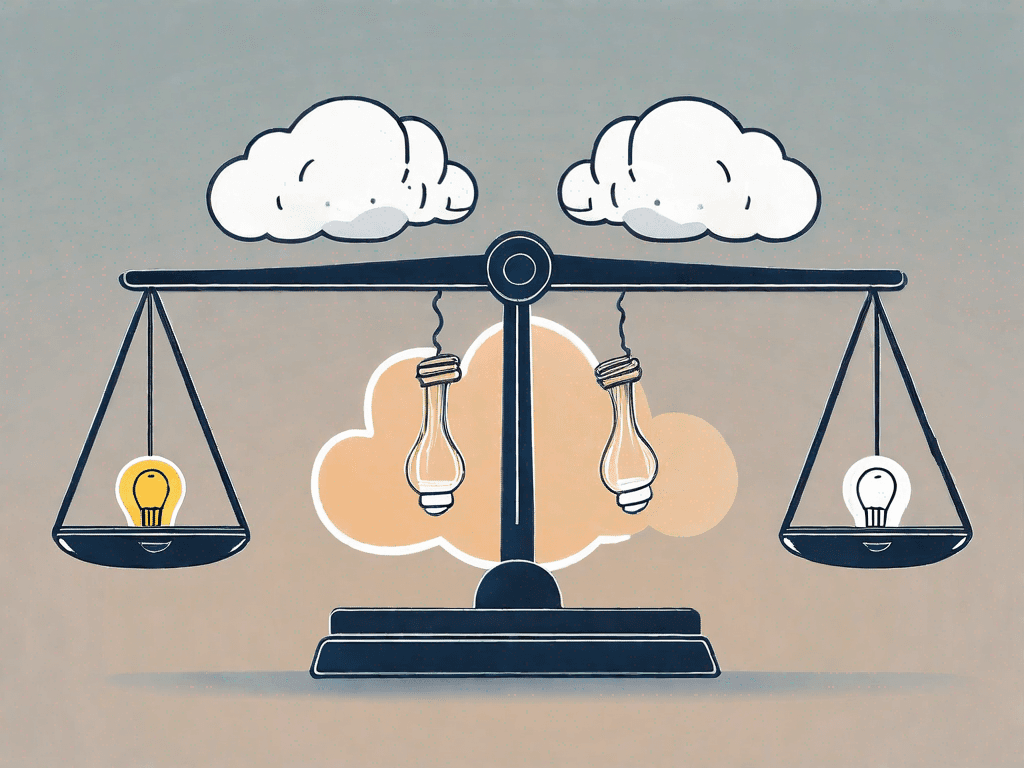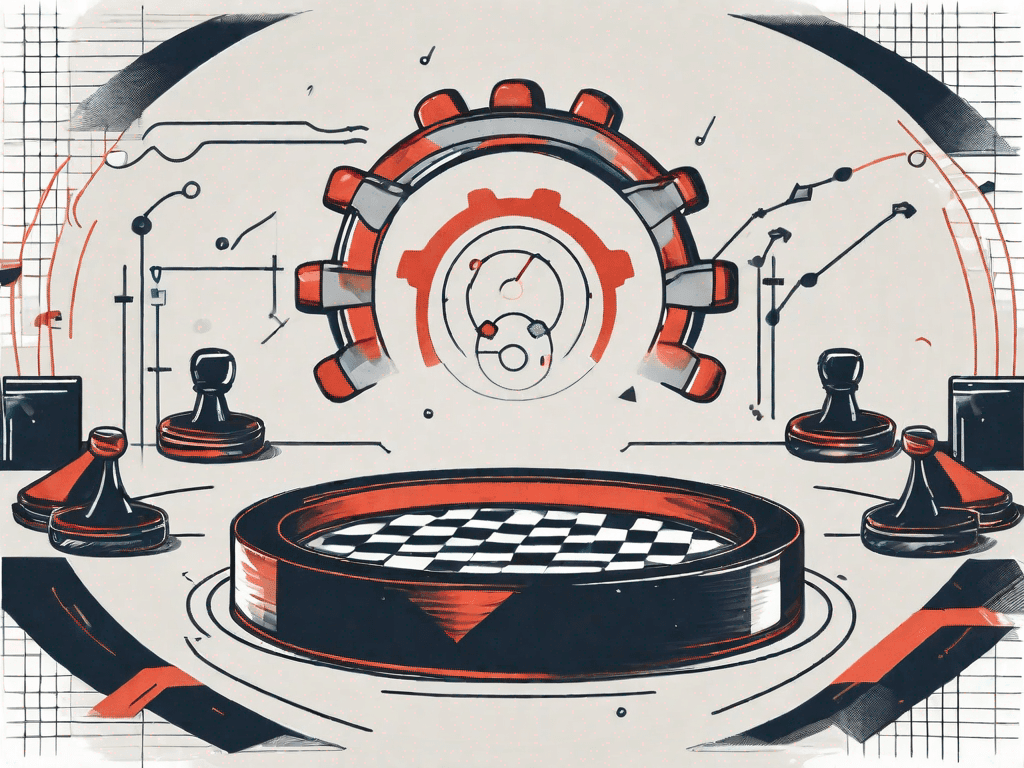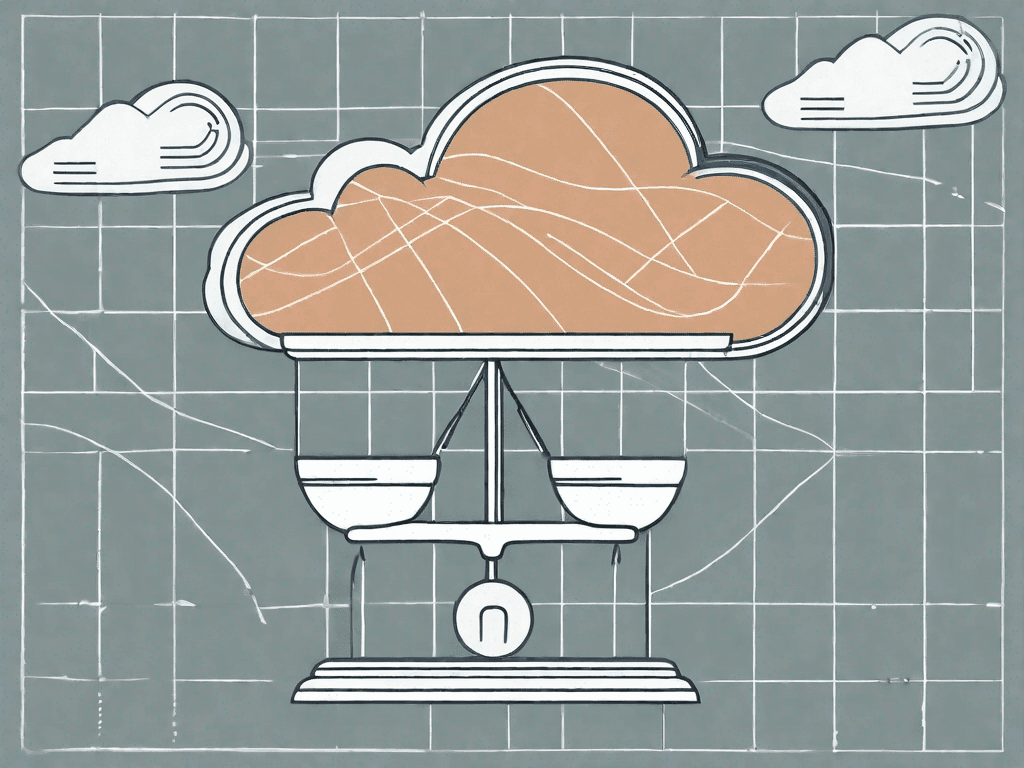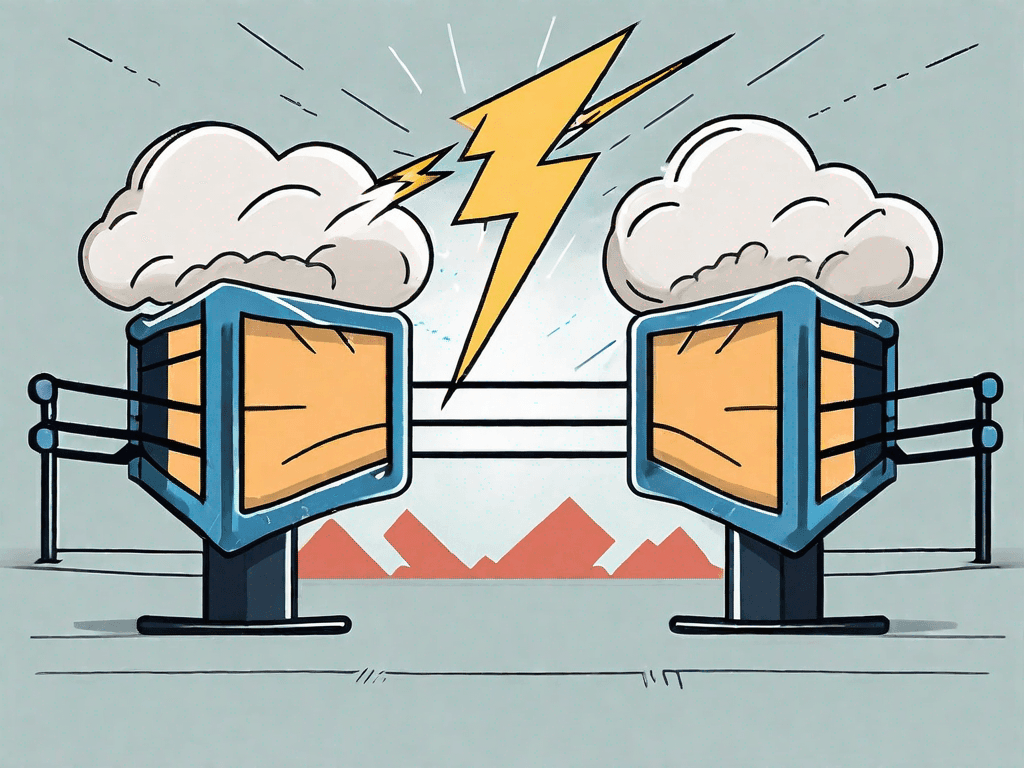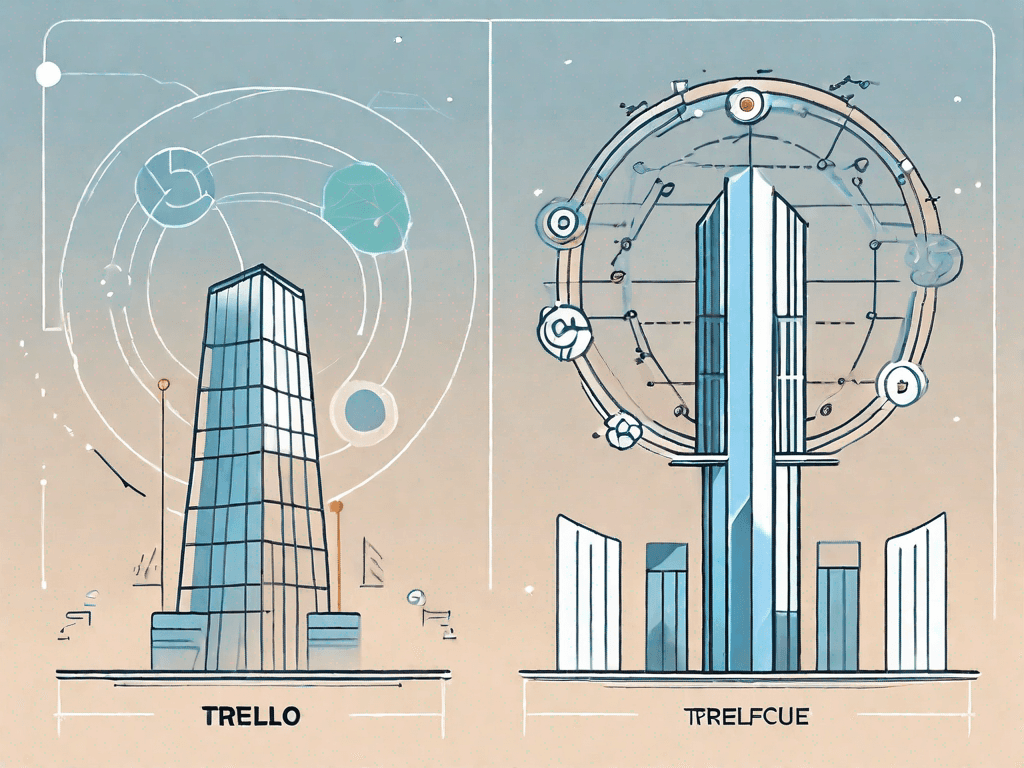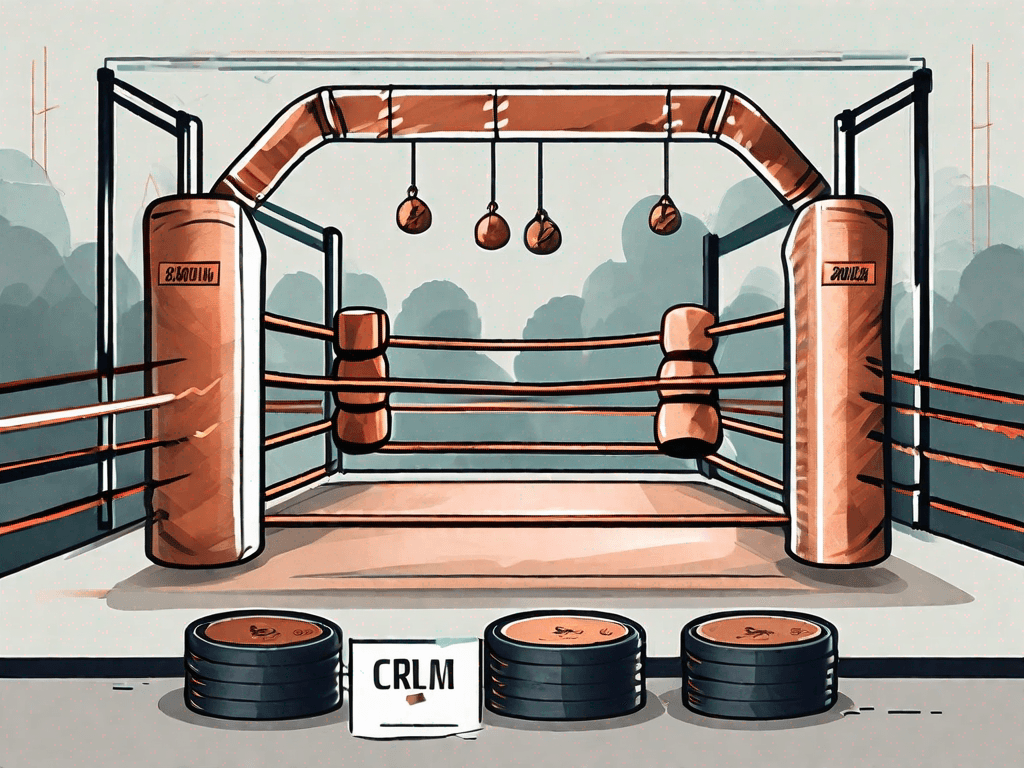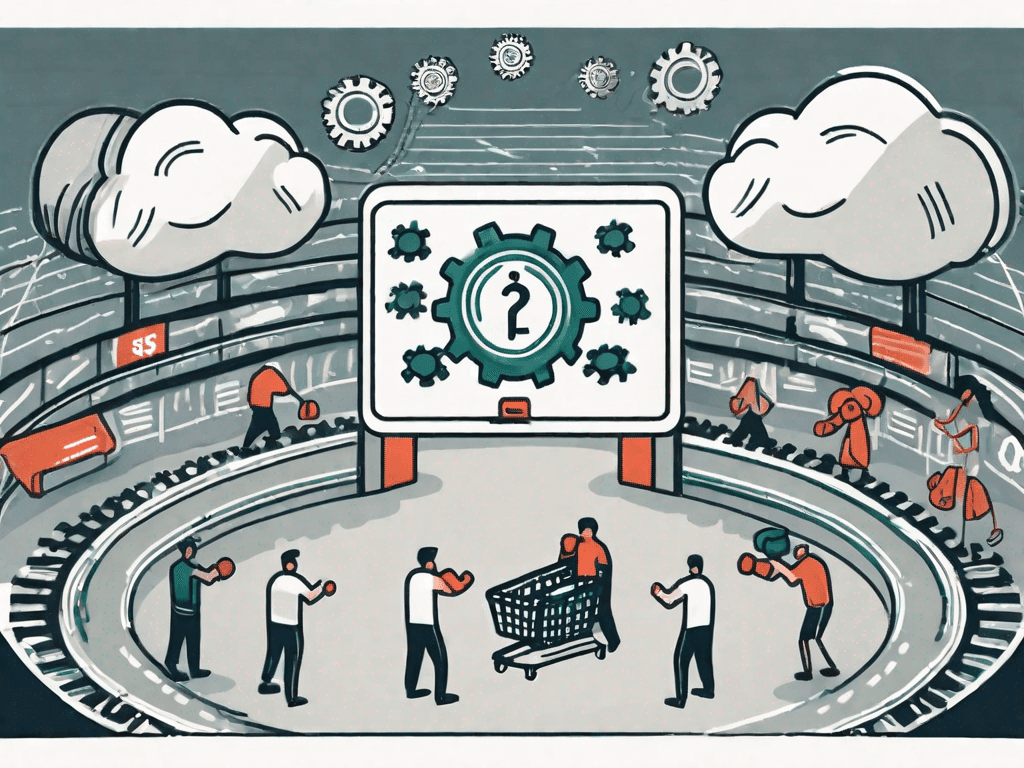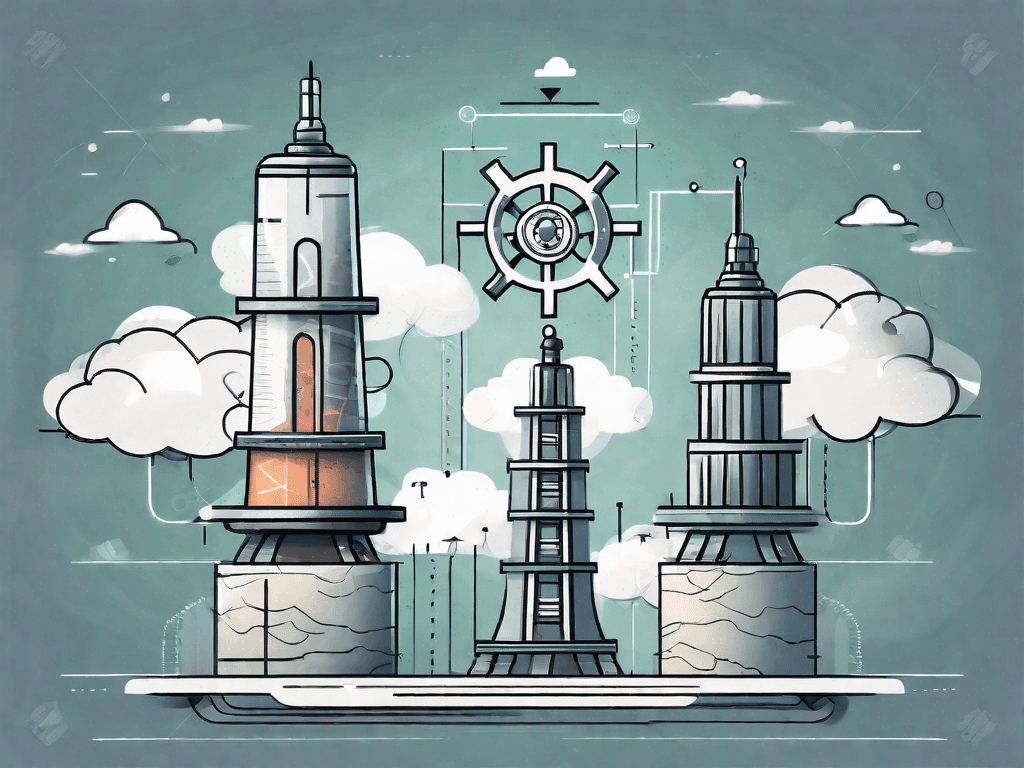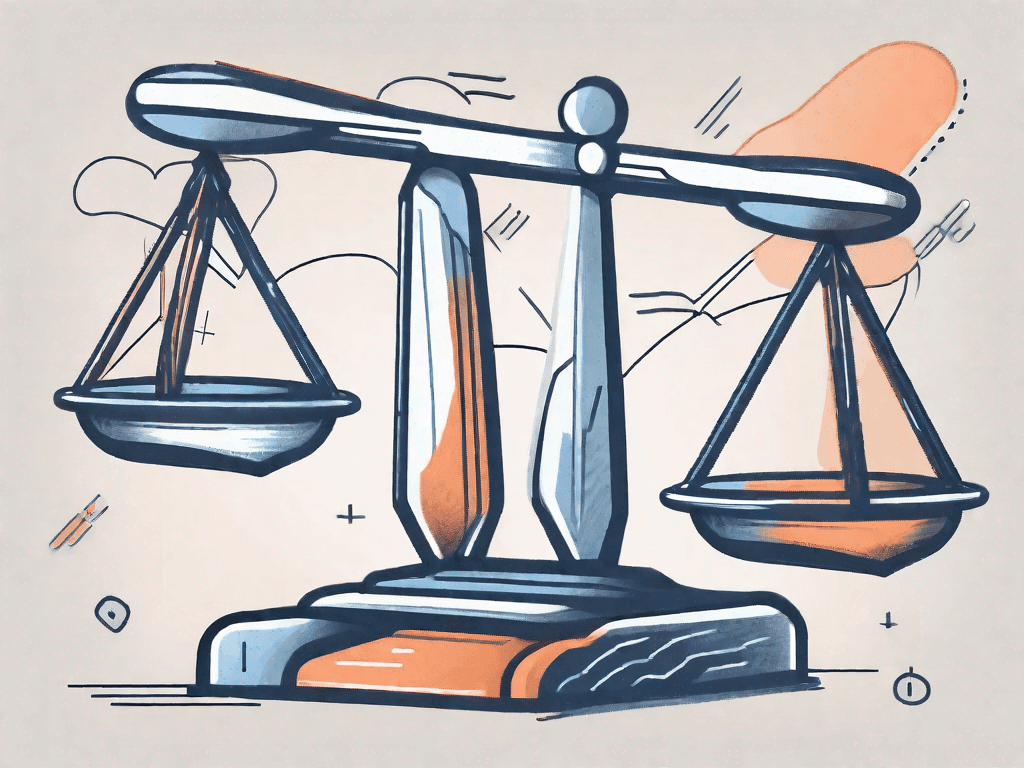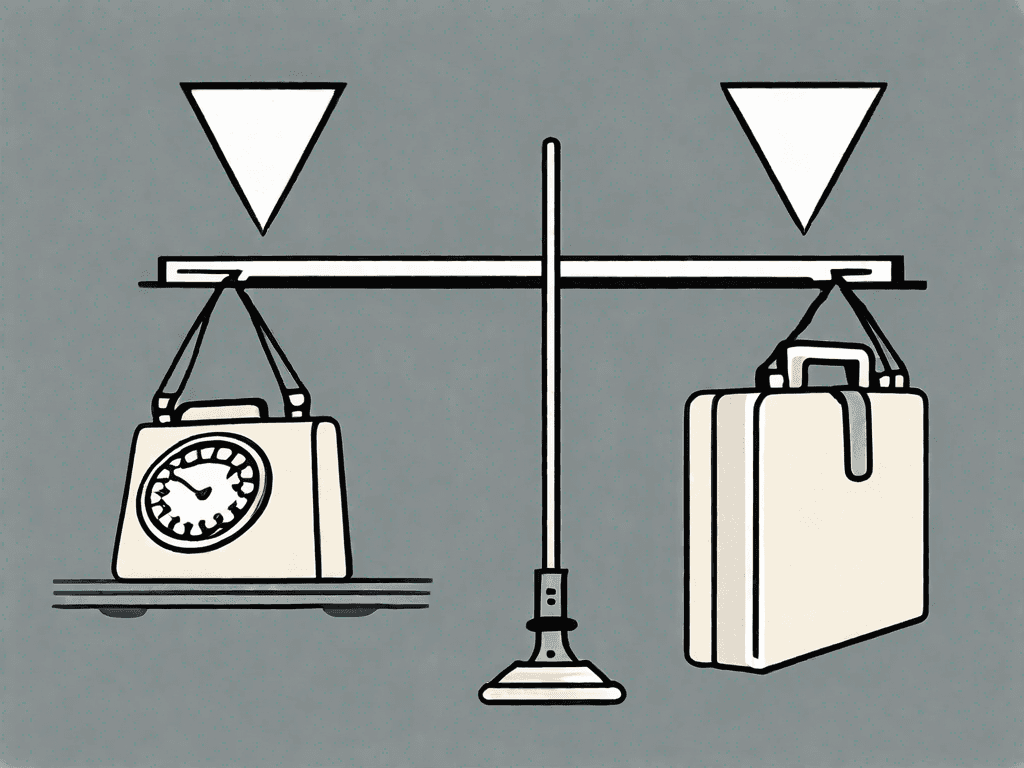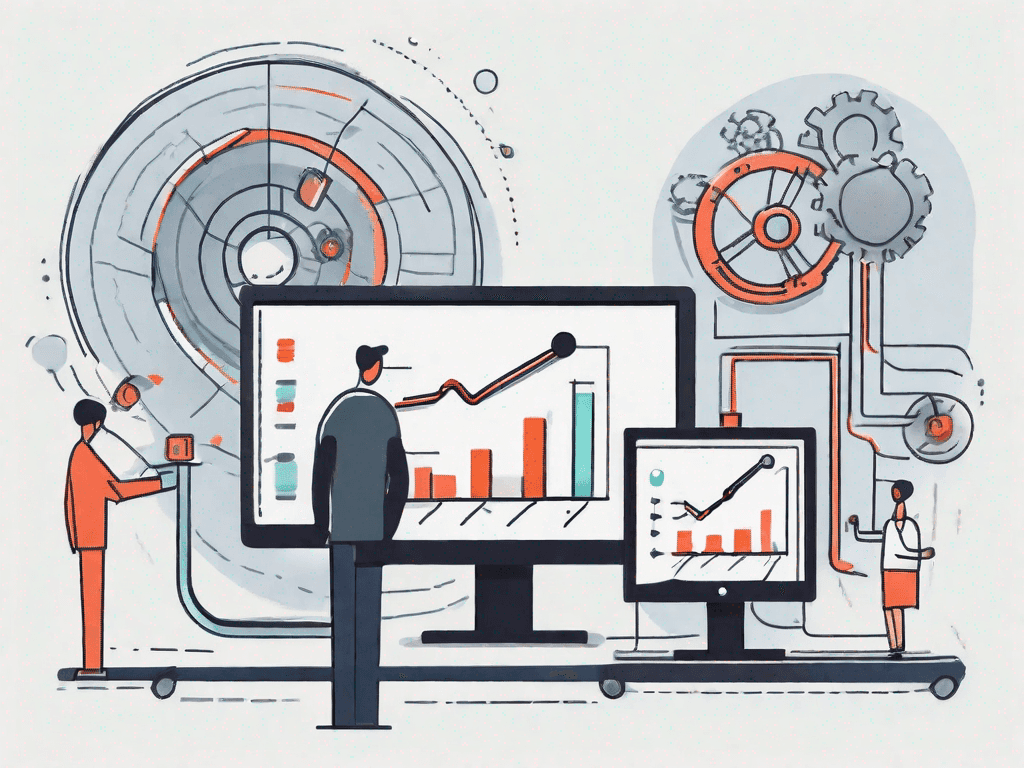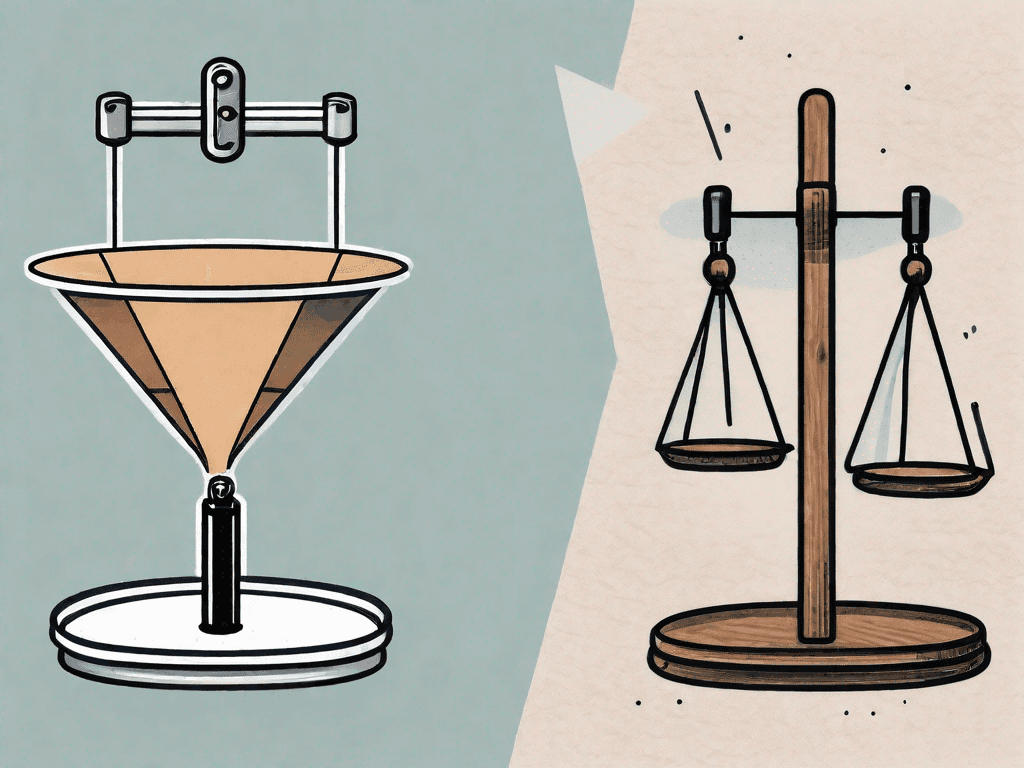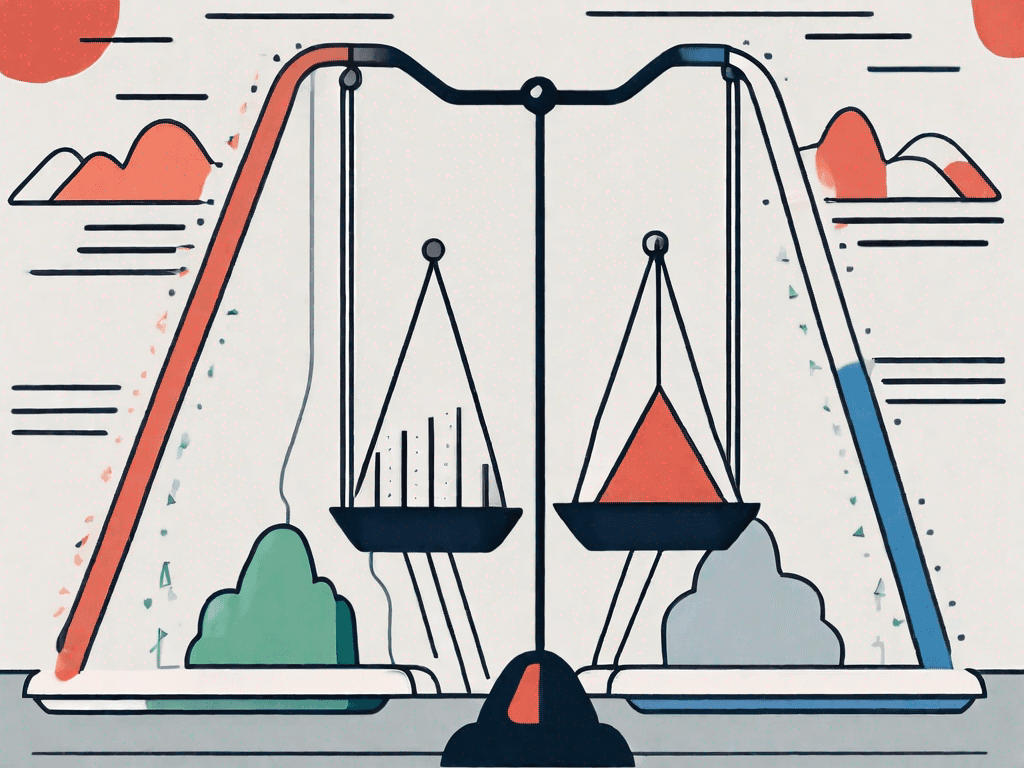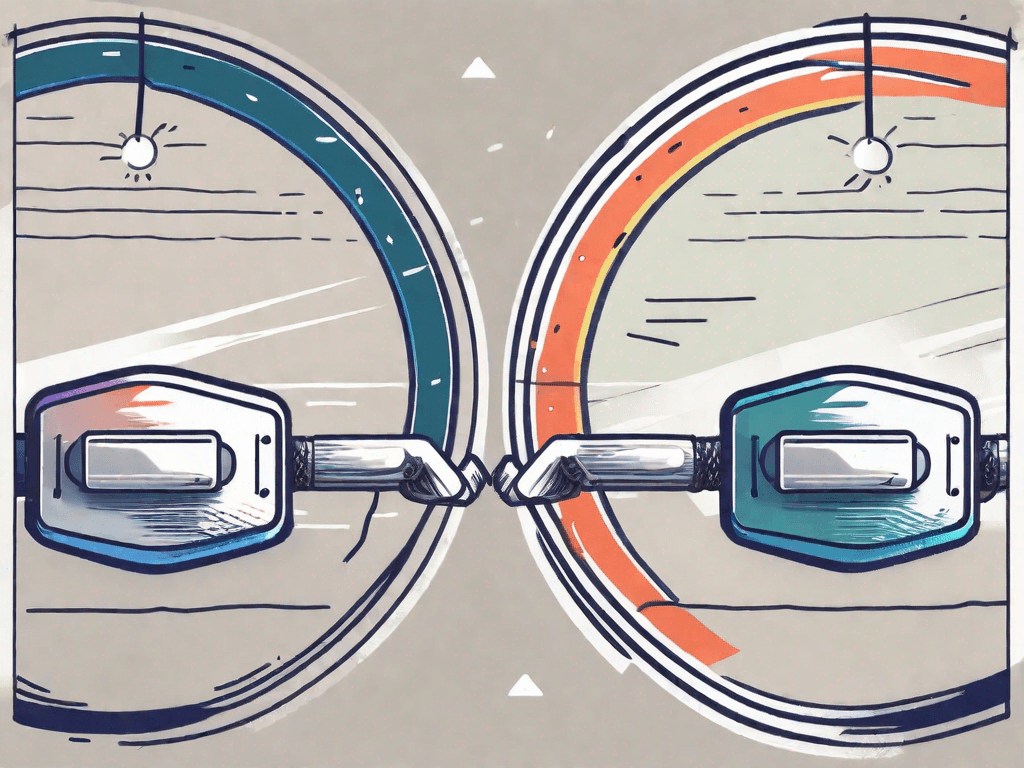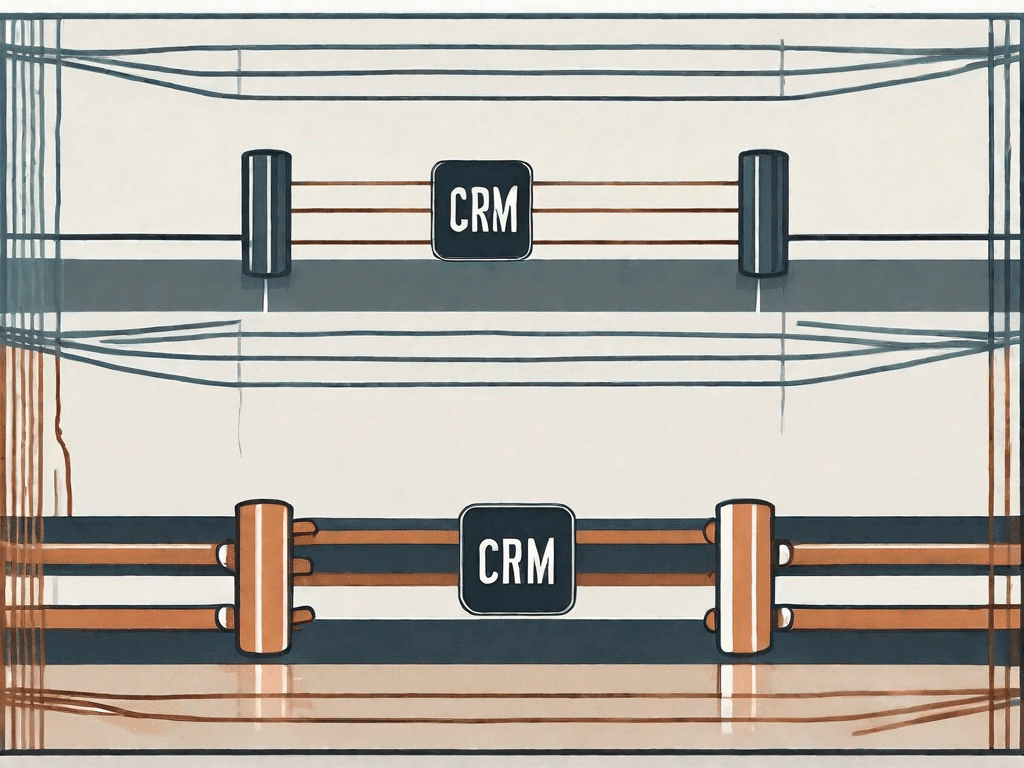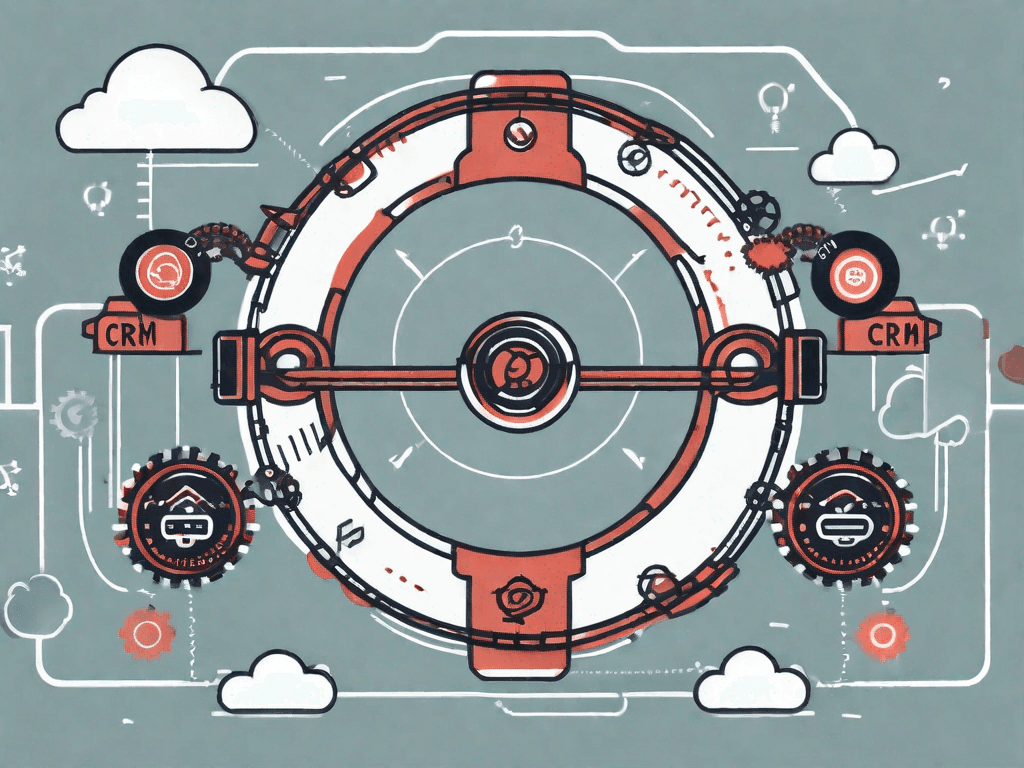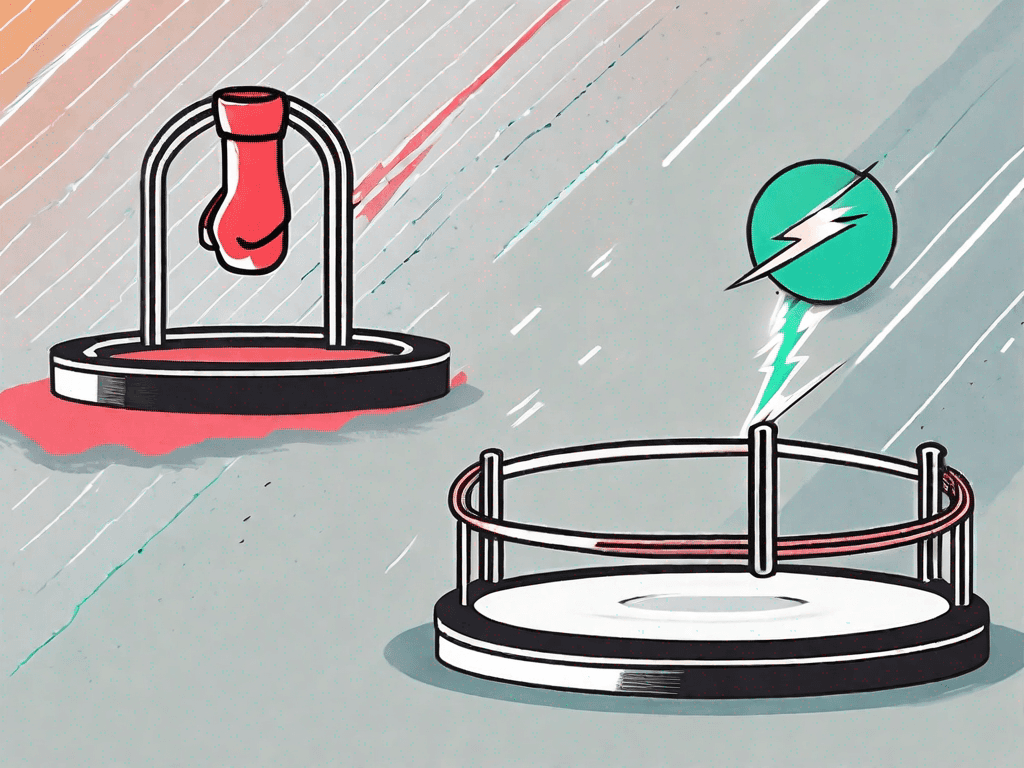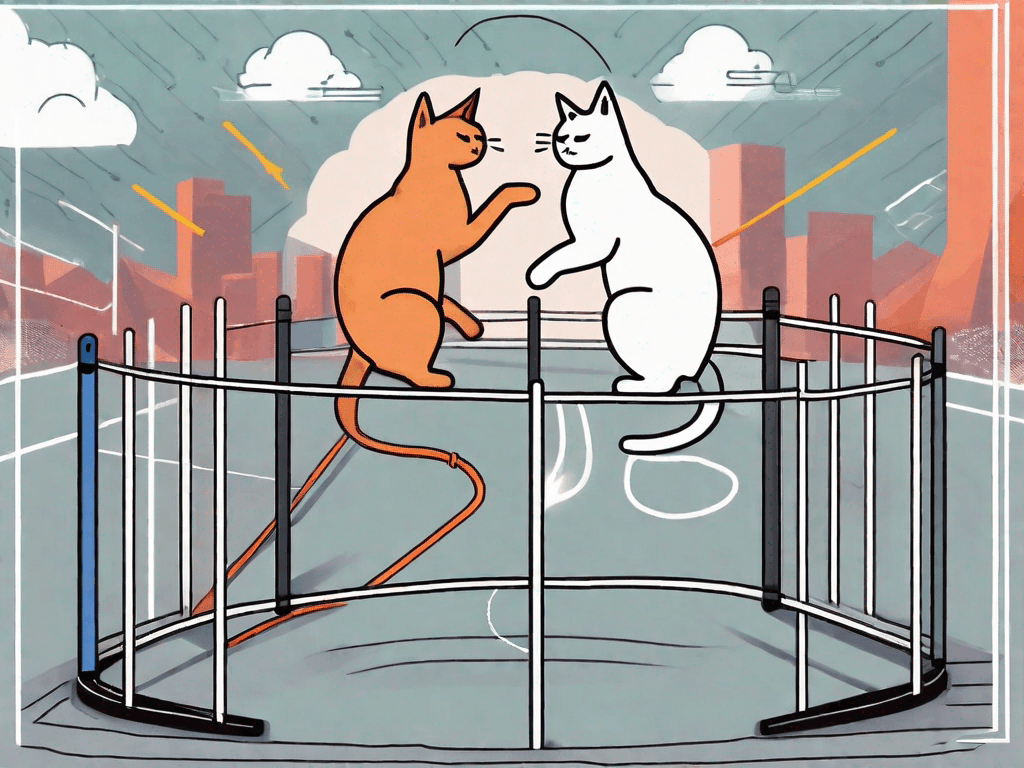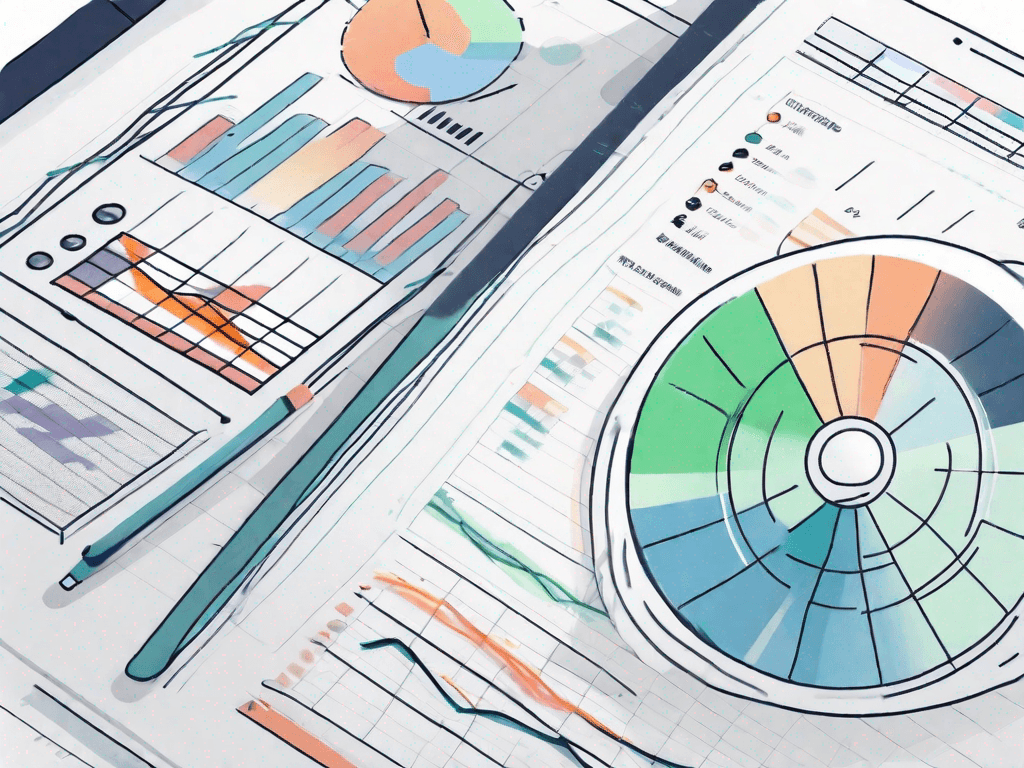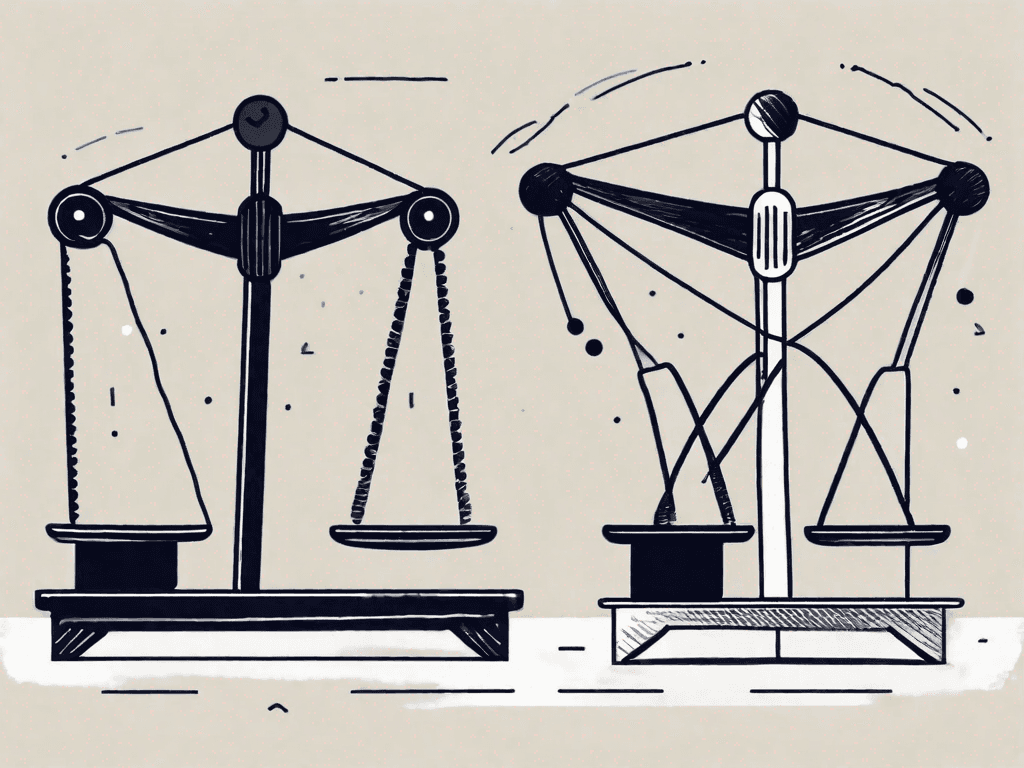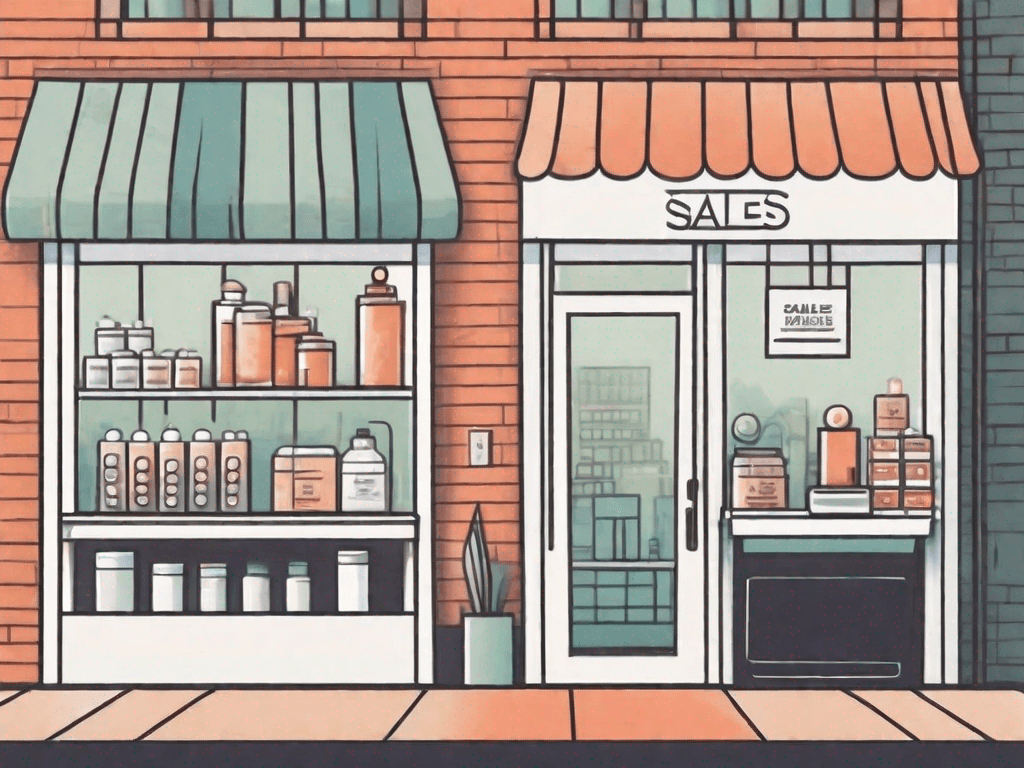
The Ideal Sales Pipeline Template for Small Business
Small businesses often struggle with managing their sales process effectively. Without a clear and structured approach, leads can slip through the cracks, deals can fall apart, and opportunities for growth can be missed. This is where a sales pipeline template comes into play.
The 7 Sales Pipeline Stages Small Business Should Have
A well-defined sales pipeline acts as a roadmap to guide small businesses through the different stages of the sales process. By breaking down the process into distinct stages, businesses can better understand and manage their sales cycle. Here are the seven stages that every small business should have in their sales pipeline:
Lead GenerationAt the first stage, the focus is on attracting potential customers and generating leads. This can be achieved through various marketing strategies such as content marketing, social media campaigns, and networking.
Lead generation is a critical aspect of any business's sales pipeline. It involves identifying and reaching out to potential customers who may have an interest in your product or service. This stage requires a deep understanding of your target audience and the ability to create compelling marketing campaigns that capture their attention.
Effective lead generation strategies can include creating informative blog posts, hosting webinars, or offering free resources that provide value to your target audience. By offering something of value, you can attract potential customers and encourage them to engage with your brand.
QualificationOnce leads have been generated, it is crucial to qualify them to determine their level of interest and fit for your product or service. This stage involves conducting initial conversations, gathering information, and assessing the potential value of the lead.
Qualification is an essential step in the sales pipeline as it helps you prioritize your efforts and focus on leads that are most likely to convert into paying customers. During this stage, you need to ask the right questions to understand the needs and pain points of the lead, as well as their budget and timeline.
By qualifying leads effectively, you can avoid wasting time on prospects who are not a good fit for your offering and instead concentrate on those who have a genuine interest and are more likely to make a purchase.
Needs AssessmentDuring this stage, it is important to understand the specific needs and pain points of the potential customer. This involves asking probing questions, listening actively, and identifying how your product or service can address their challenges and provide value.
Needs assessment is a crucial part of the sales process as it allows you to tailor your solution to the customer's unique requirements. By understanding their pain points and goals, you can position your product or service as the ideal solution.
Effective needs assessment involves active listening and empathy. By truly understanding the customer's needs, you can demonstrate that you care about their success and are committed to helping them achieve their goals.
ProposalOnce the needs assessment is done, it's time to develop a tailored proposal for the customer. This should outline the proposed solution, pricing, and any additional information that will help the customer make an informed decision.
A well-crafted proposal is essential to closing the deal. It should clearly communicate the value your product or service will provide and address any concerns or objections the customer may have.
In addition to outlining the solution, the proposal should also include pricing details and any terms or conditions that are relevant to the agreement. By providing all the necessary information upfront, you can build trust and transparency with the customer.
NegotiationDuring the negotiation stage, the focus is on reaching an agreement that satisfies both parties. This may involve adjusting pricing, terms, or scope to ensure a win-win outcome. Effective negotiation skills and strategies are essential during this stage.
Negotiation is a delicate process that requires a balance between advocating for your business's interests and understanding the customer's needs. It involves finding common ground and exploring creative solutions that meet both parties' objectives.
Effective negotiation skills include active listening, problem-solving, and the ability to communicate clearly and persuasively. By approaching negotiations with a collaborative mindset, you can build trust and foster a positive long-term relationship with the customer.
ClosingAfter negotiations, it's time to close the deal. This stage involves obtaining customer approval, addressing any final concerns or objections, and finalizing the necessary paperwork.
Closing the deal is the culmination of the sales process. It requires effective communication and the ability to overcome any remaining objections or doubts the customer may have.
During this stage, it's important to be proactive and responsive to the customer's needs. By providing timely and accurate information, you can instill confidence in the customer and ensure a smooth transition to the next stage of the relationship.
Follow-up and UpsellEven after a deal is closed, the sales process does not end. It's important to maintain a positive relationship with the customer, provide ongoing support, and explore opportunities for upselling or cross-selling additional products or services.
Follow-up and upselling are crucial for maximizing customer lifetime value and fostering customer loyalty. By staying engaged with the customer and offering additional value, you can increase their satisfaction and encourage repeat business.
Effective follow-up involves regular communication, proactive problem-solving, and personalized interactions. By demonstrating that you care about the customer's success beyond the initial sale, you can build a strong and long-lasting relationship.
Example of the Customer Journey in a Sales Pipeline for Small Business Step-by-Step
Let's take a closer look at how a customer might progress through the sales pipeline stages in a small business:
Jane comes across an article on social media that piques her interest. She clicks on a link and lands on the small business's website, becoming a lead in the lead generation stage.
A sales representative reaches out to Jane, qualifying her as a potential customer. They engage in a conversation to determine her needs, budget, and timeline - progressing to the qualification stage.
Jane expresses her challenges and pain points, seeking a solution. The sales representative listens attentively, asking relevant questions to understand her needs, and moves into the needs assessment stage.
Based on the information gathered, the sales representative develops a proposal tailored to Jane's specific requirements. The proposal is presented to her, bringing the process to the proposal stage.
Jane has some concerns about the pricing and requests adjustments. Negotiations take place, aiming for a mutually beneficial agreement.
After reaching an agreement, the deal is closed. Jane approves the proposal, signs the contract, and completes the necessary paperwork. The sales process enters the closing stage.
The small business follows up with Jane to ensure her satisfaction with the product or service. They also seize the opportunity to upsell additional products or services, maintaining a positive customer relationship.
Why Small Businesses Need This Sales Pipeline Template?
Implementing a sales pipeline template offers multiple benefits for small businesses:
You'll save time running your small business efficiently.
A well-organized sales pipeline allows businesses to streamline their sales process. By clearly defining each stage and the required actions, you can eliminate unnecessary steps, automate certain tasks, and optimize your workflow. This saves time and ensures that you can focus on the most crucial activities that lead to revenue generation.
You'll grow revenues faster by optimizing your small business operations.
A structured sales pipeline helps identify bottlenecks, areas for improvement, and opportunities for growth. By tracking and analyzing data at each stage of the process, you can identify patterns, make data-driven decisions, and optimize your sales strategies. This ultimately leads to increased efficiency, better conversion rates, and faster revenue growth.
In conclusion, having an ideal sales pipeline template is crucial for small businesses aiming to maximize their sales potential. By implementing the seven essential stages and tracking each customer's journey, businesses can streamline their processes, improve conversion rates, and ultimately achieve accelerated growth.



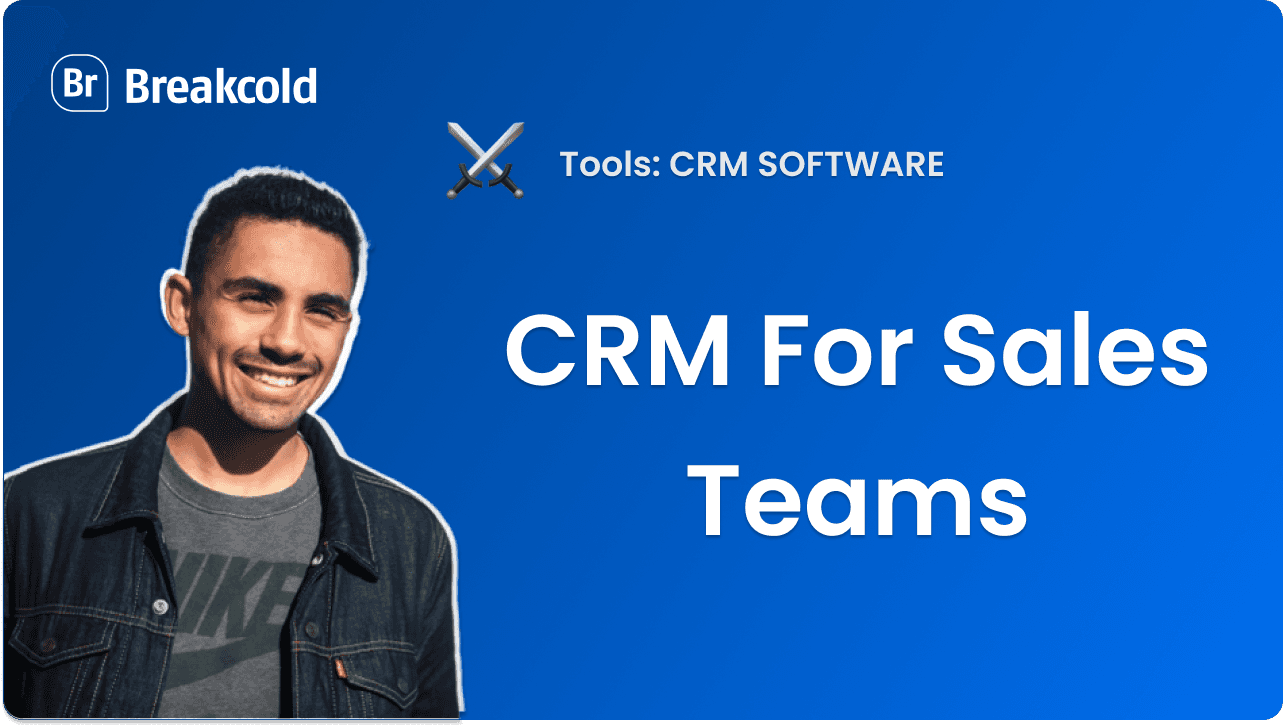
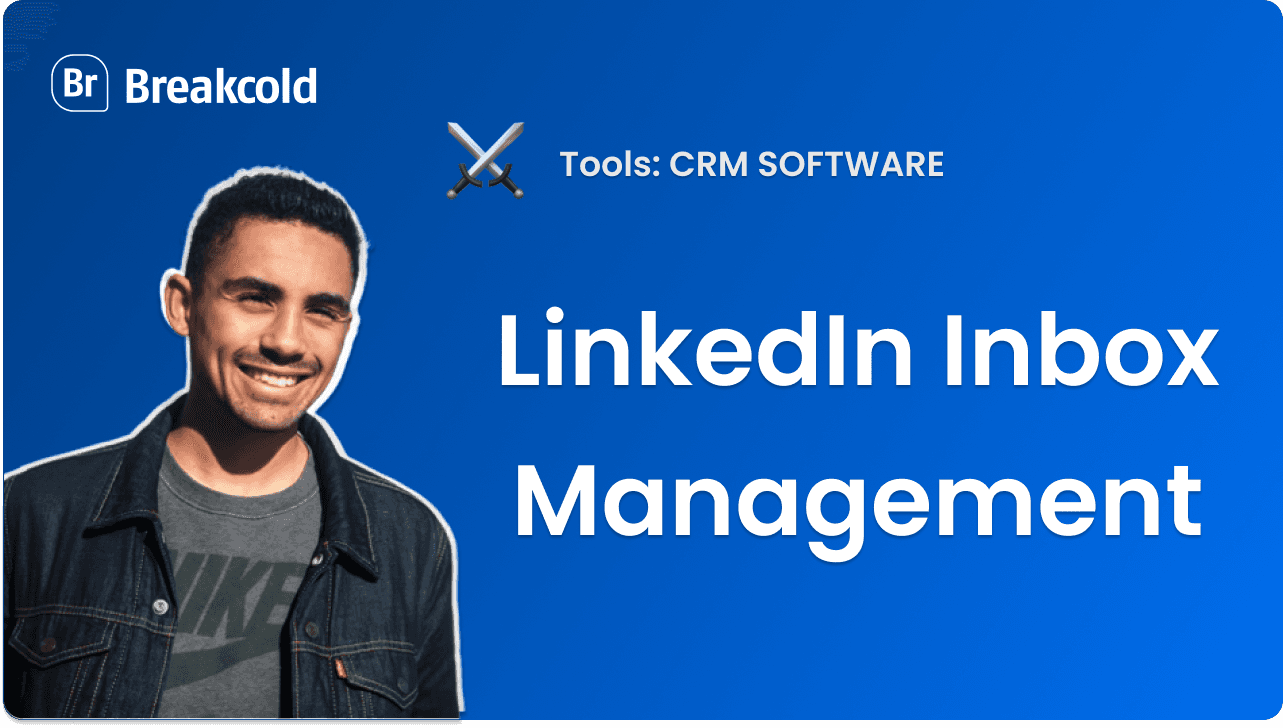



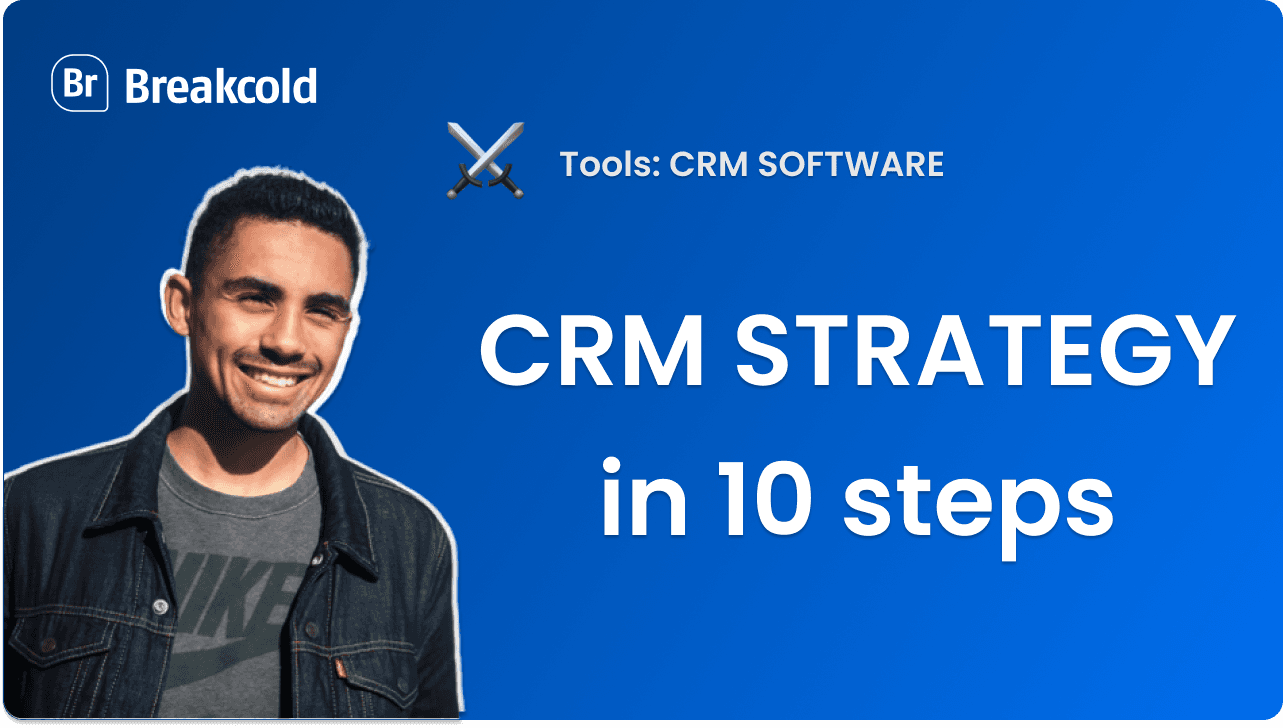
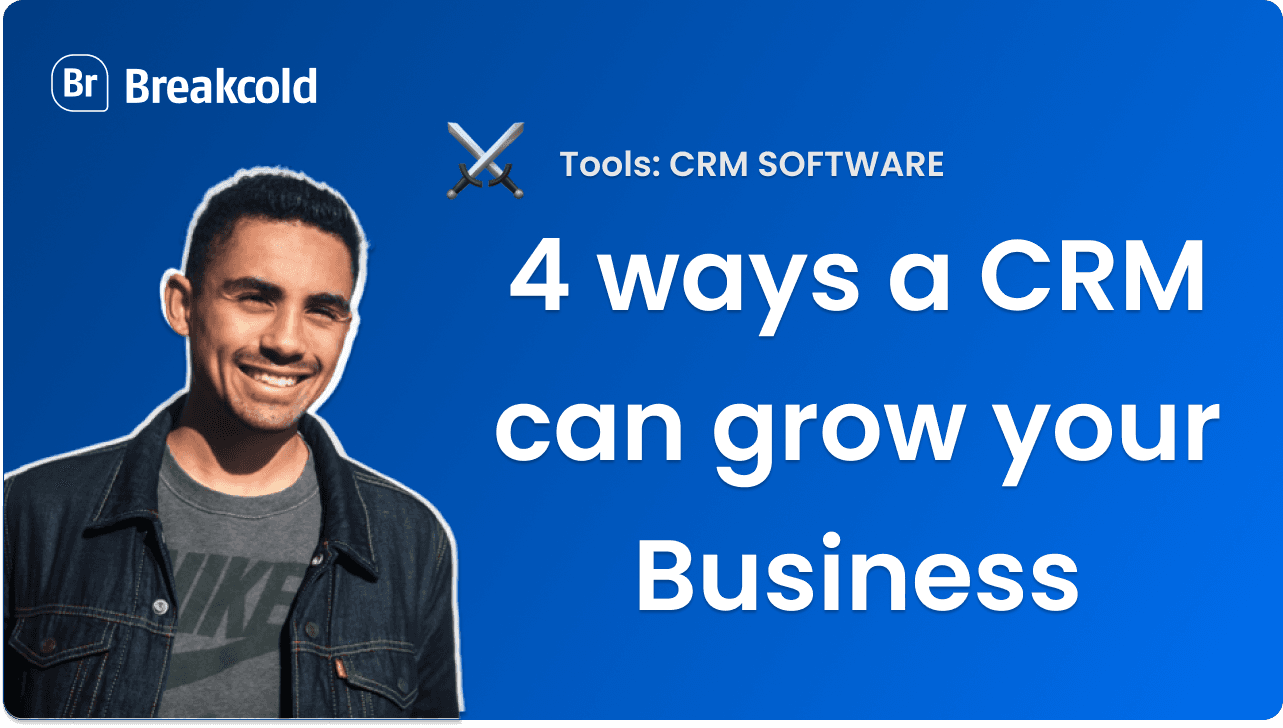

![The 8 Best Social CRM Software in 2025 [Comparison]](https://framerusercontent.com/images/RYHyYapdgIi83BEWtMdX418.png)
![The 6 Best LinkedIn CRM in 2025 [Comparison]](https://framerusercontent.com/images/Luywfni7ZKjb19yghbhNPy4I4qQ.png)
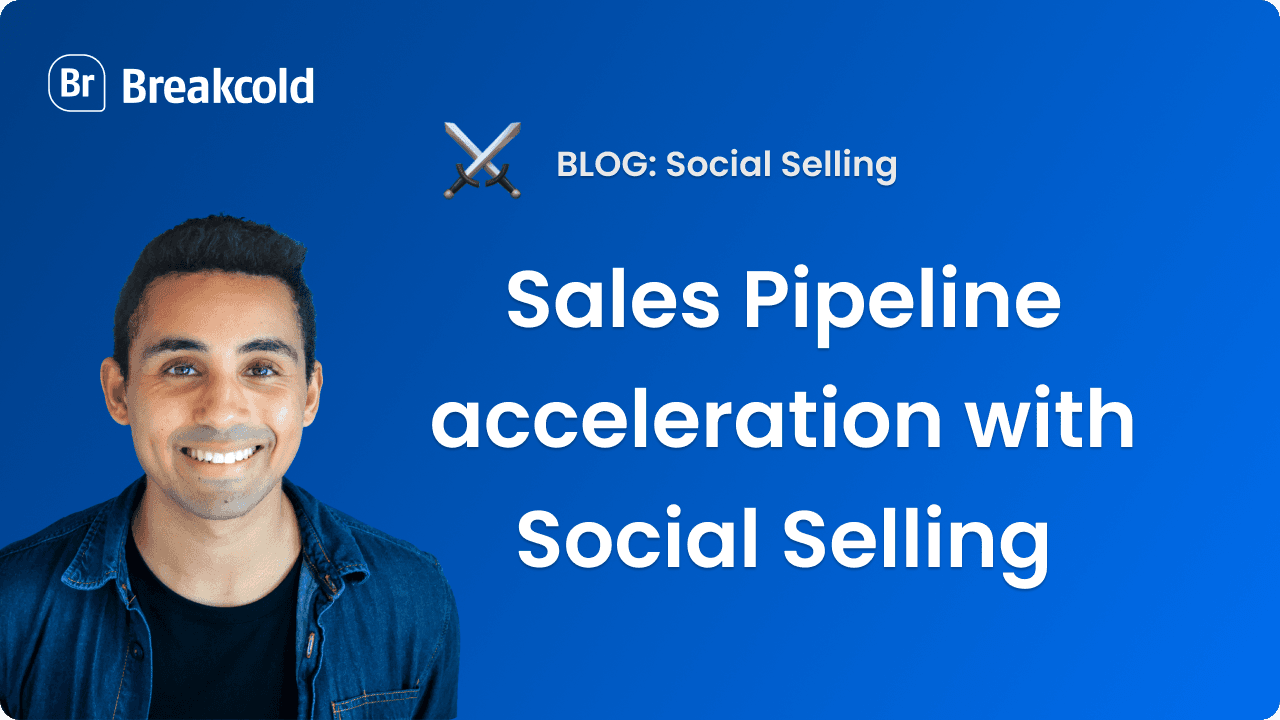



![The 5 Best Twitter CRM [Comparison]](https://framerusercontent.com/images/EWcbvYnVZglJLO8jp3OlHkTvsHo.png)

